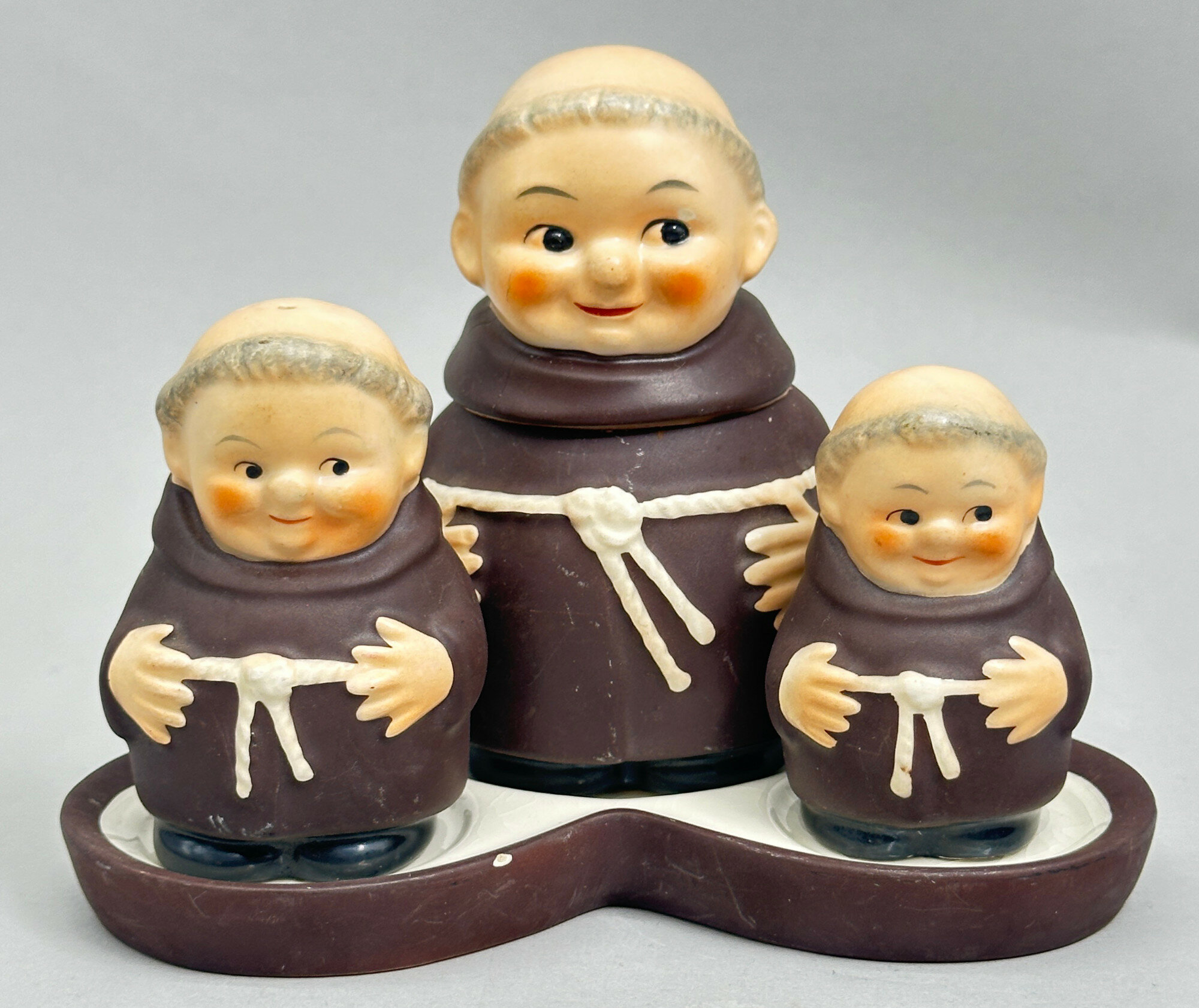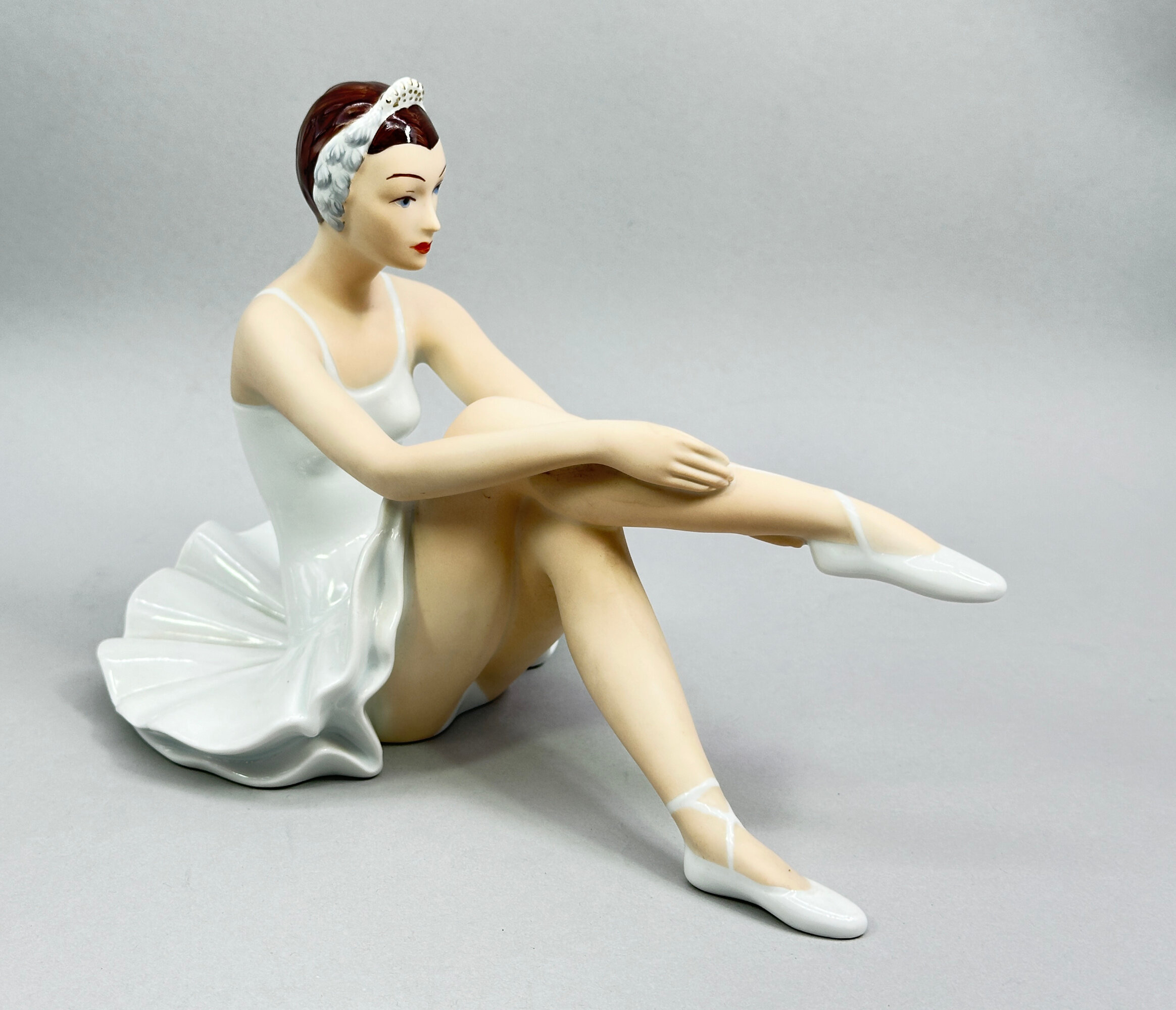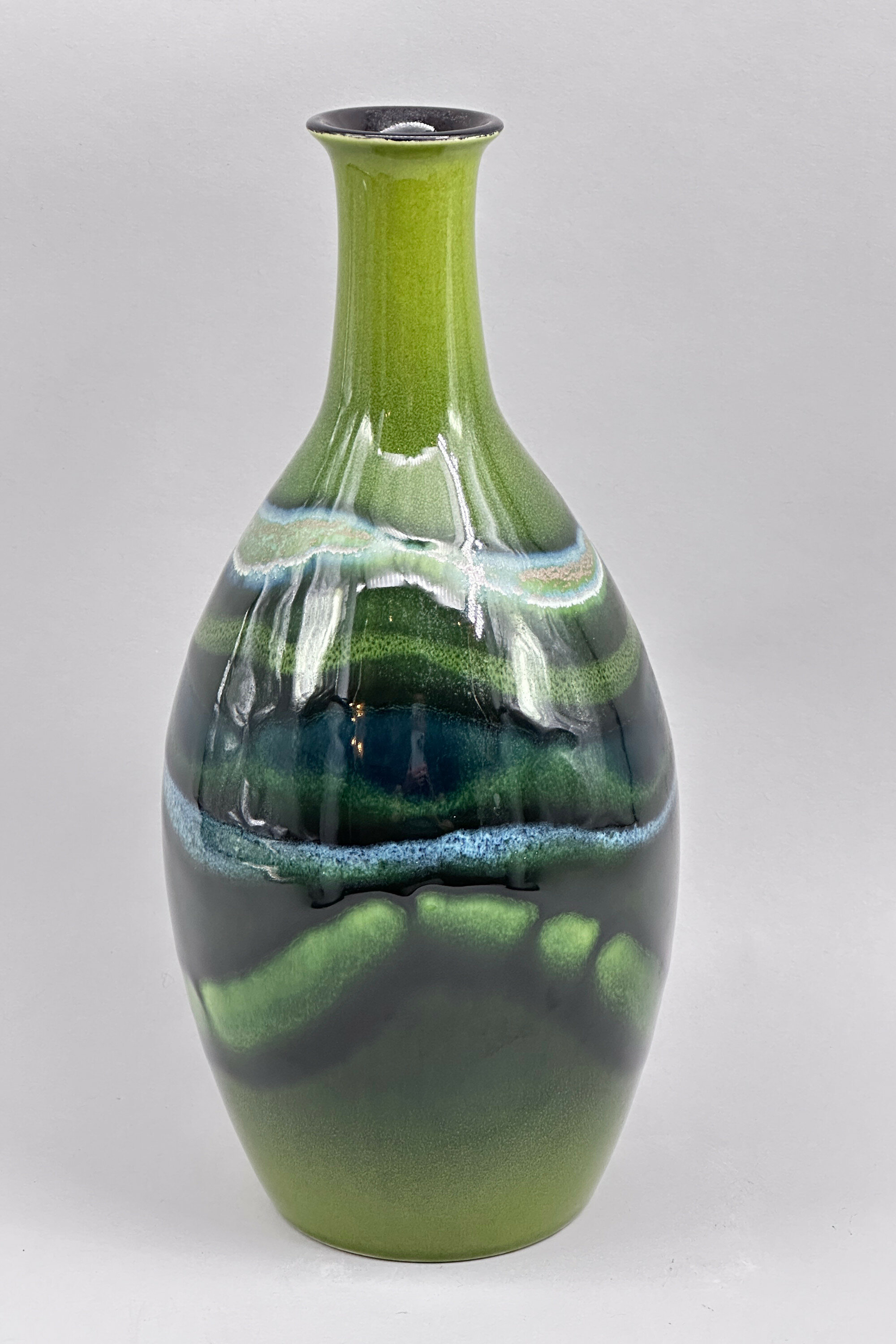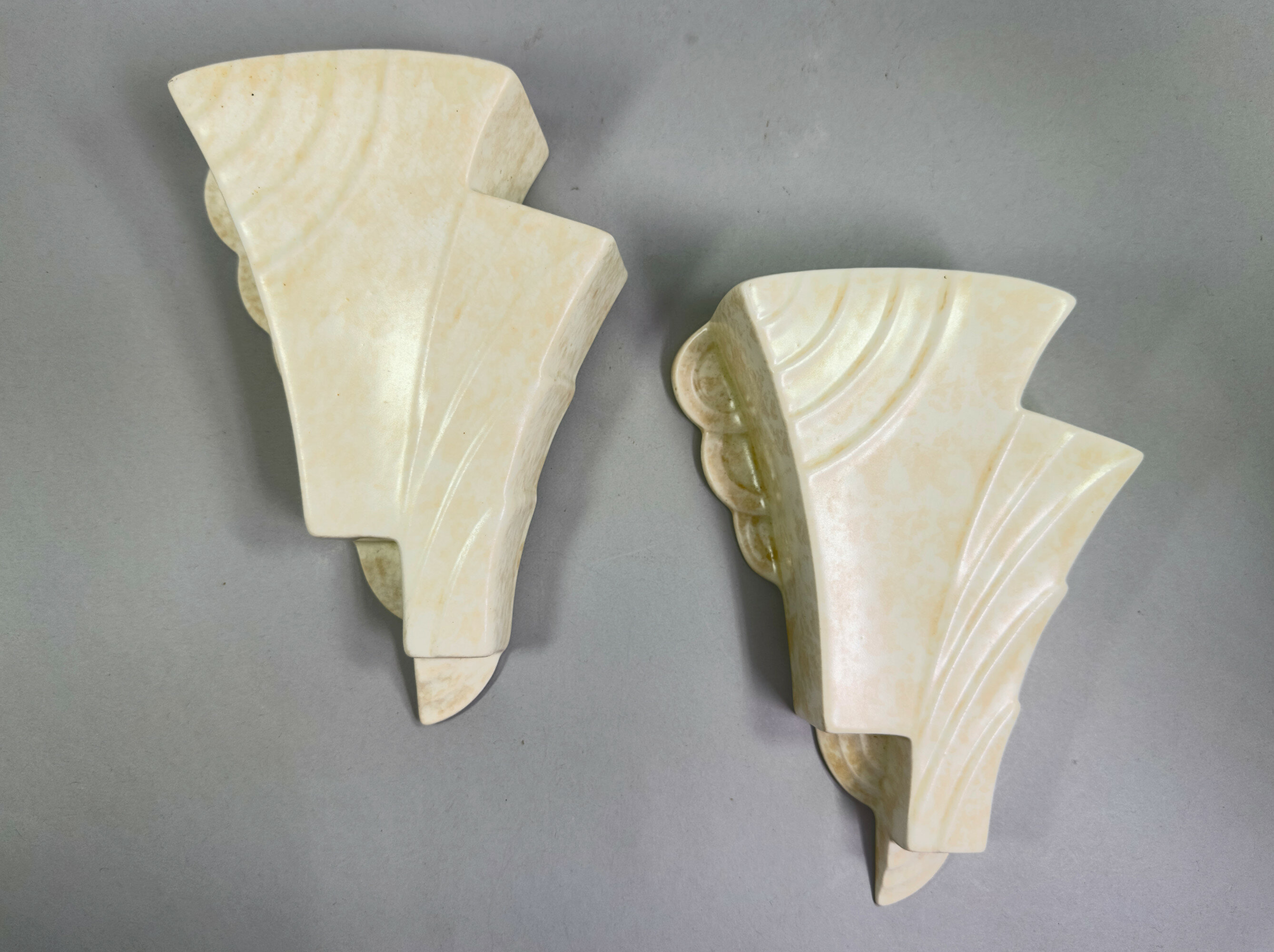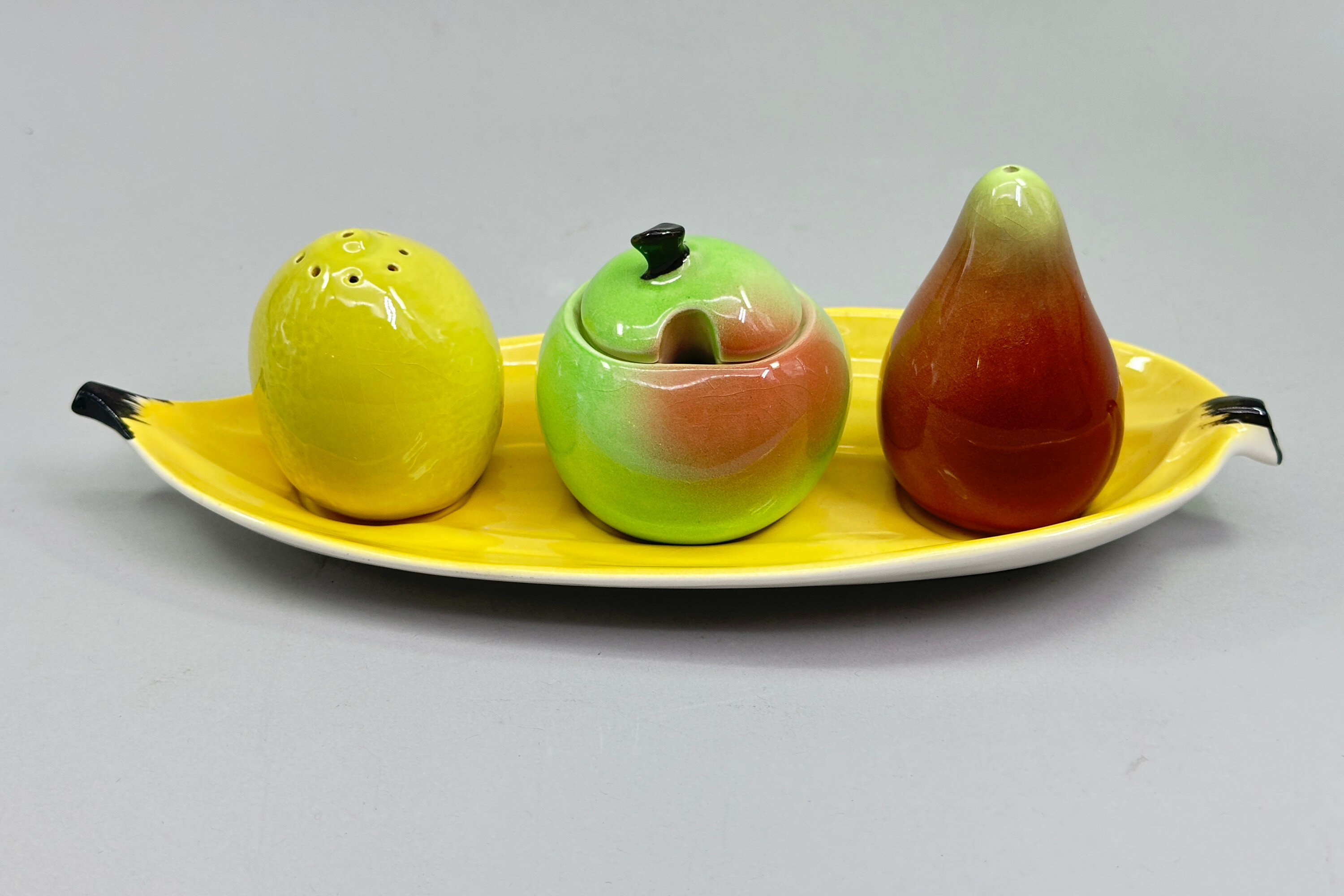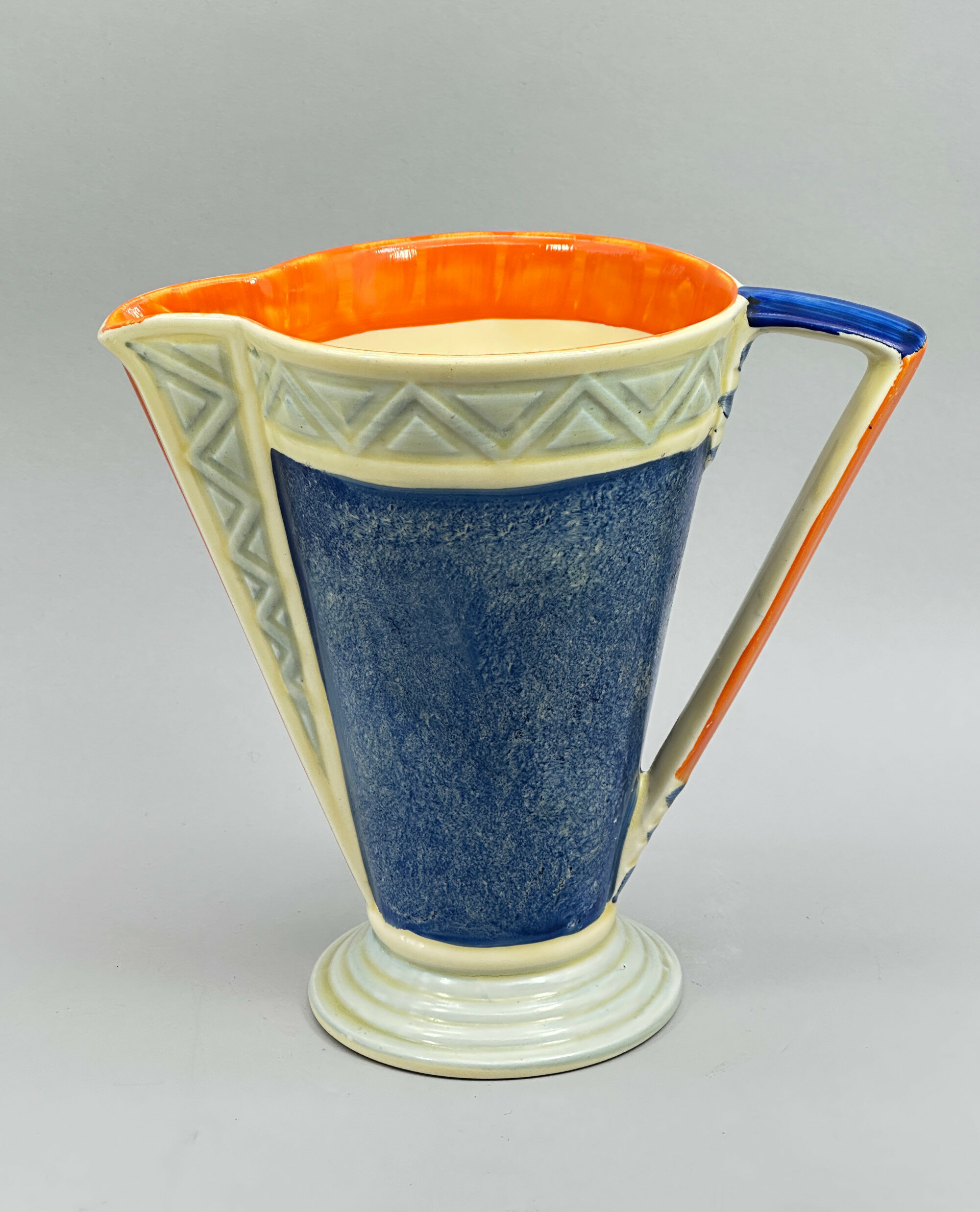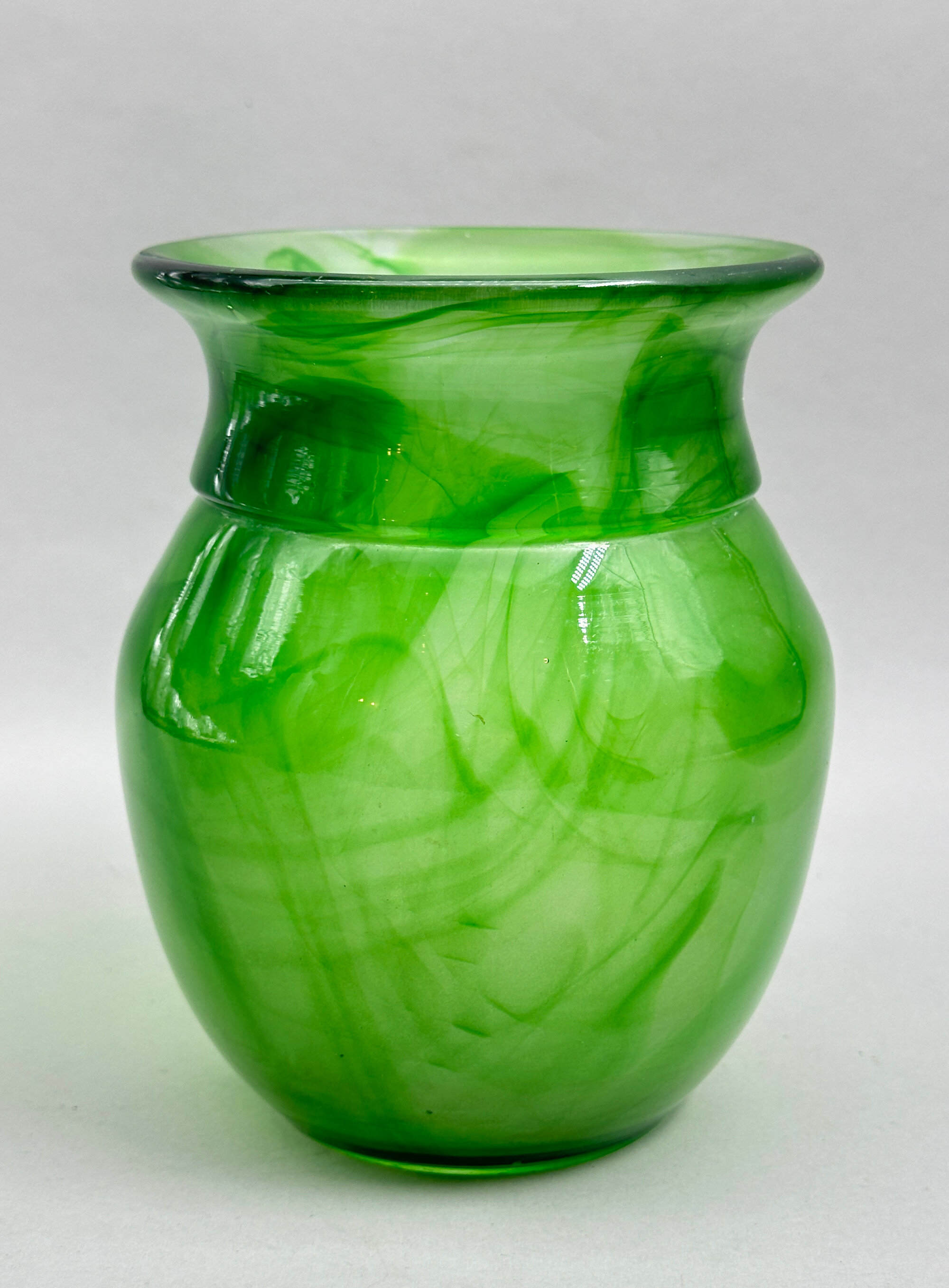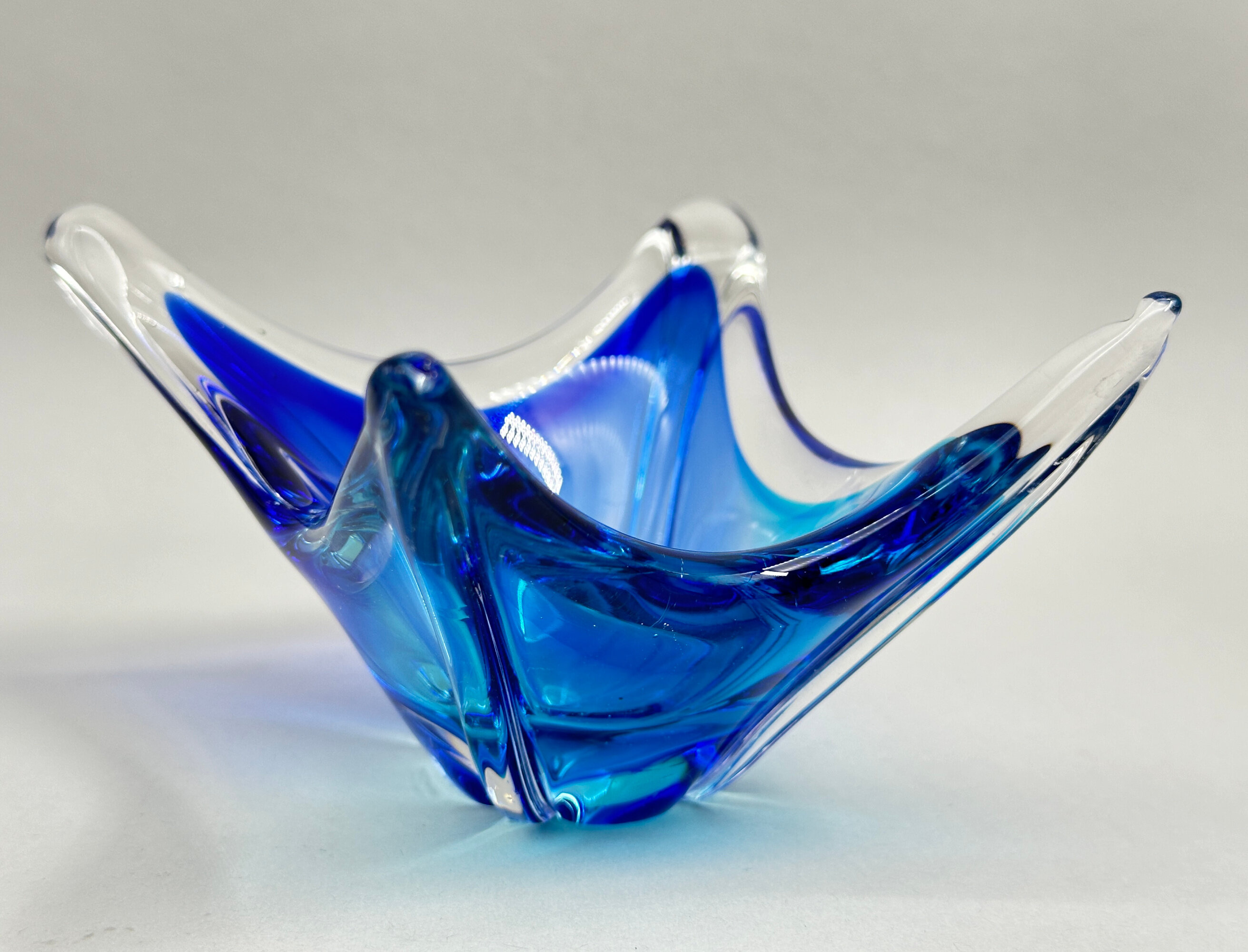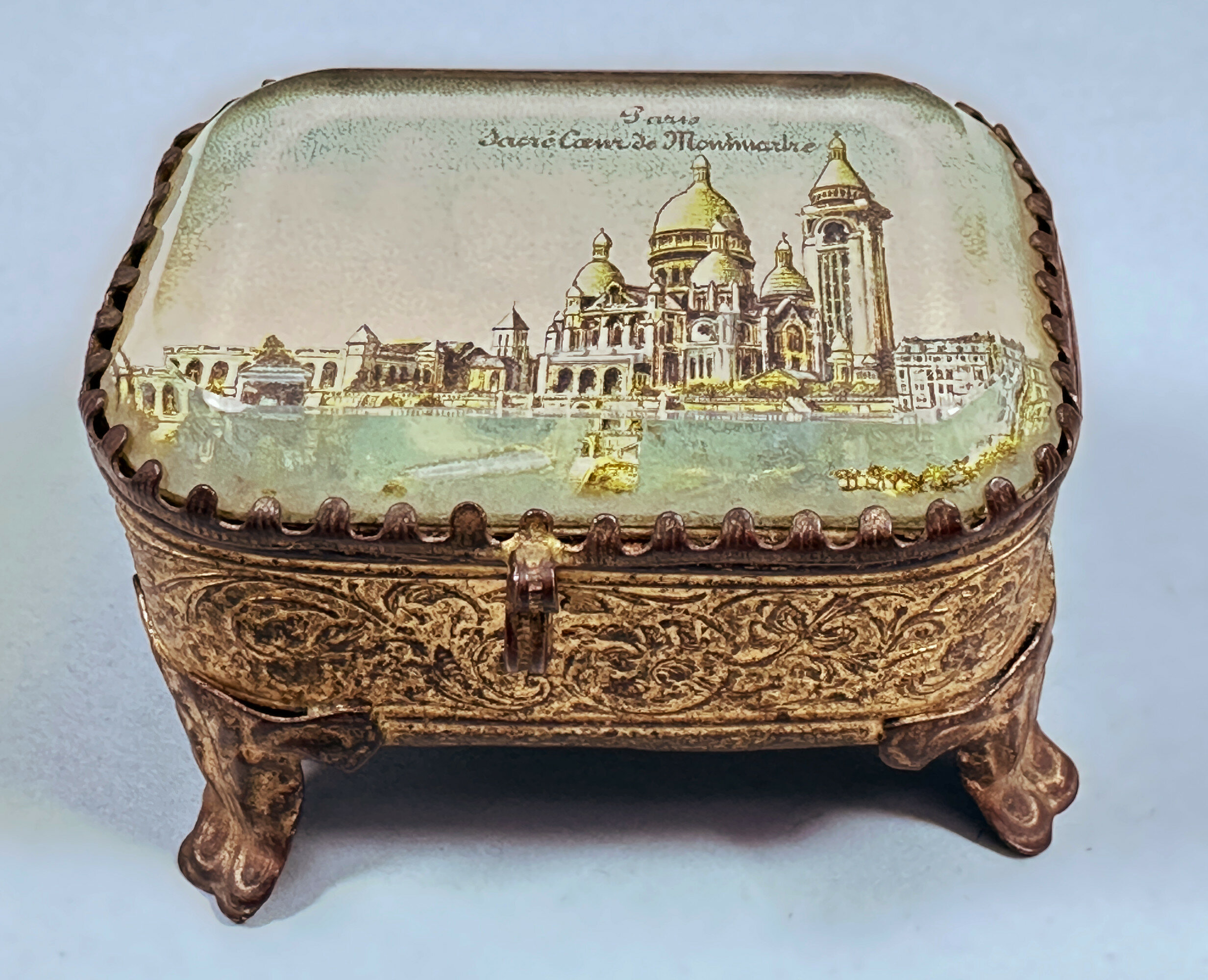
French Souvenir Verre Eglomise Box and Cover, Sacre Coeur de Montmatre, circa 1900
Price: £55
French Souvenir Verre Eglomise Box and Cover, Sacre Coeur de Montmatre, circa 1900
Price: £55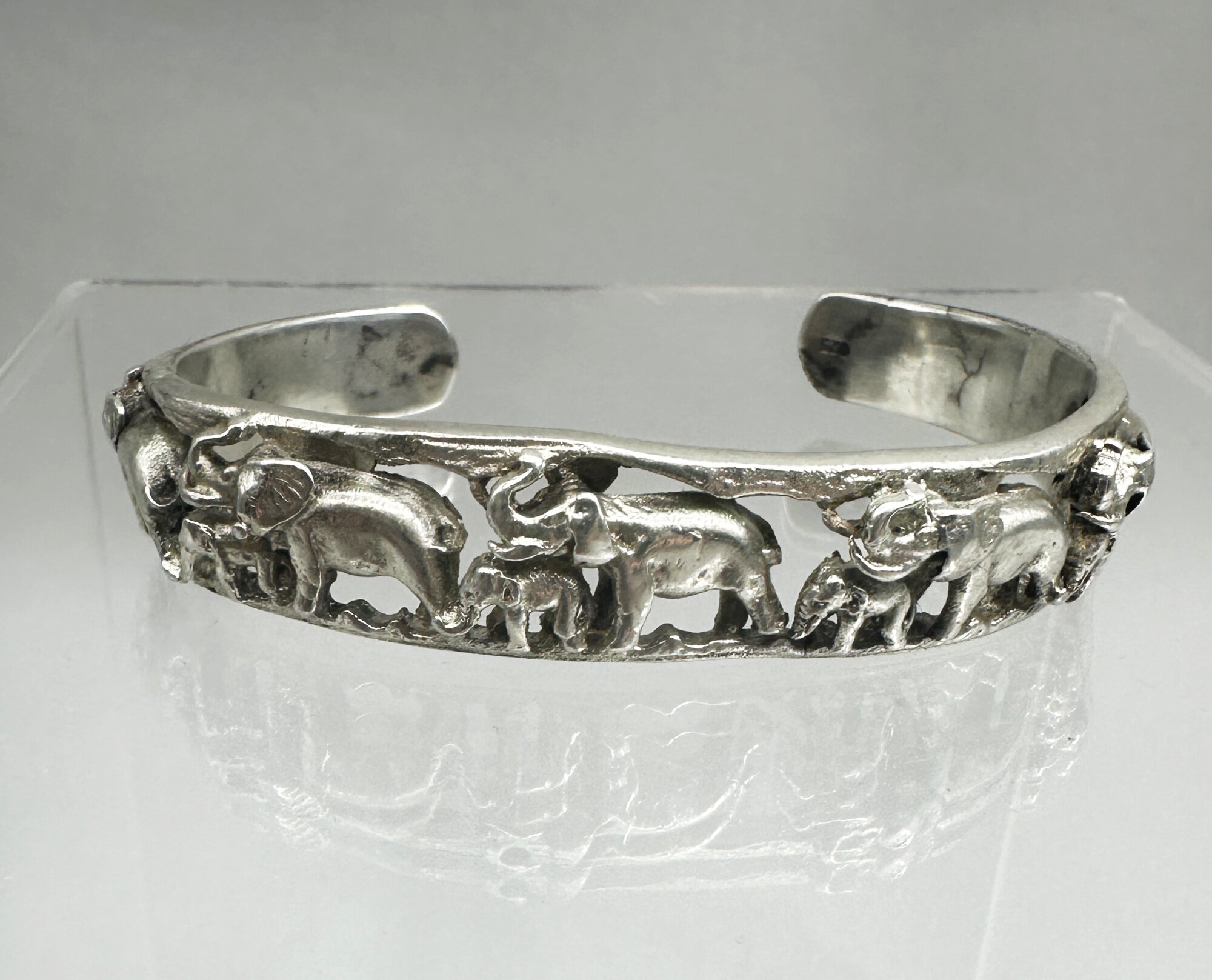
Taxco silver elephant cuff bracelet c1970
Price: £85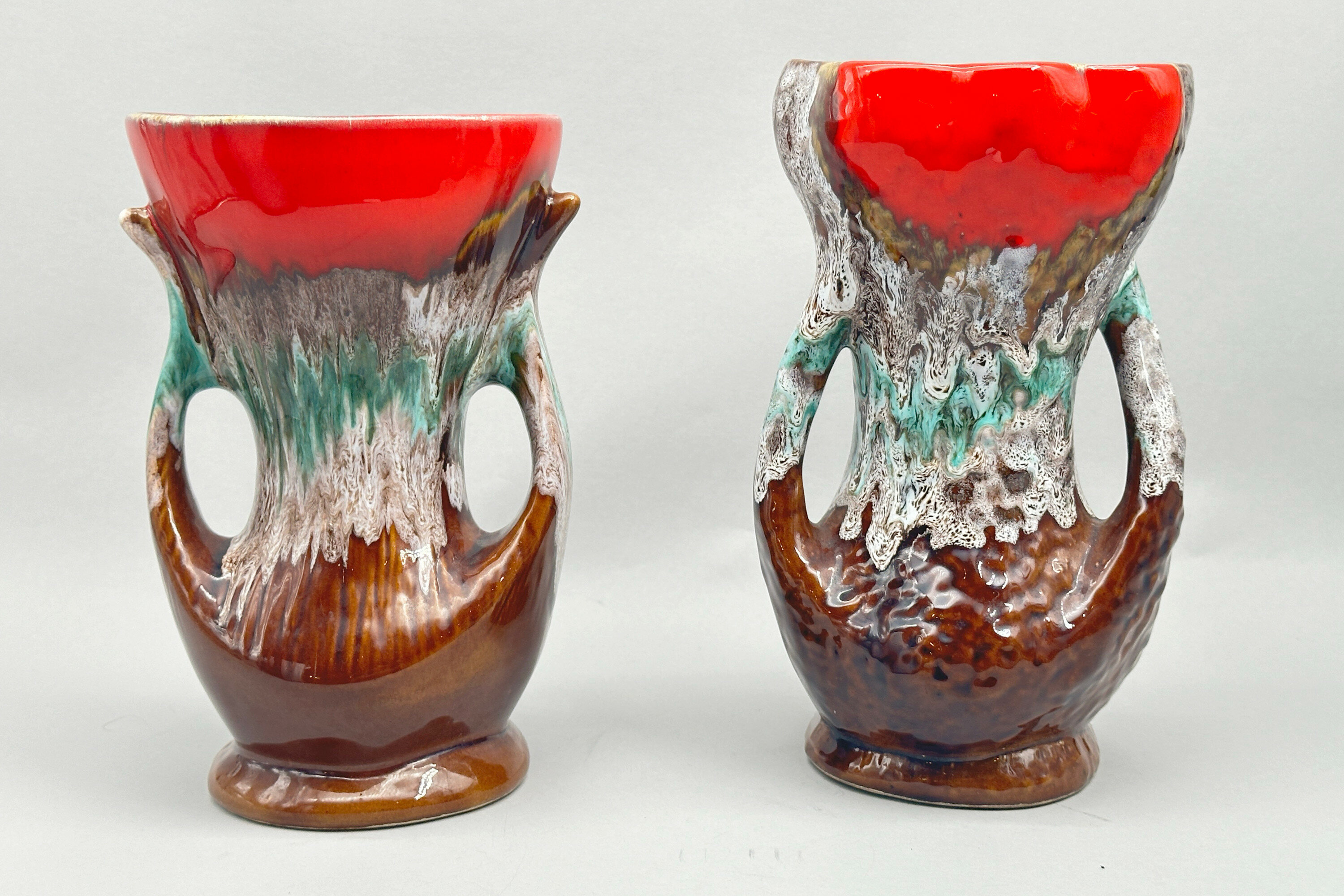
Two Vallauris Lava Vases, French 1950s/1960s
Price: £150………………………………………………………………………………………………….....................................................................
Vallauris is a tourist town of the French Riviera near Antibes taking its name form the Provencal ‘Valauria’ meaning ‘the golden valley’. It is divided into two parts: the upper town which is the old centre and the seaside district which runs from the port along the coast, towards Antibes. Deposits of clay were found there in Roman times giving the impetus for the creation of potteries which tended to concentrate on domestic wares. Production was then continuous with an infux of craftsmen from Genoa, Italy, in the sixteenth century and the development of artistic activity in the seventeenth. The advent of the railways in the late nineteenth century led to an even further expansion of production and companies were established there which achieved widespread fame and recognition notably those of Massier and Foucard-Jourdan.
After the war, Picasso, along with a group of fellow artists, settled in Vallauris and it proved to be a congenial stimulus. He began to experiment with producing ceramics in 1947 and was to continue working extensively in this field until his death in 1973 (see image 12). There were collaborations, one with the ceramicist Robert Picault and another with Suzanne and Georges Ramié, the owners of the Madoura workshop, where Picasso worked on his productions. Indeed it was at the Madoura workshop that Picasso met Jacqueline Roque, a saleswoman working there and 44 years his junior. They married in 1961 and remained together until his death in 1973, Jacqueline being the inspiration for many of the designs which Picasso created.
It would be fanciful, though, to see the influence of the famous artist on these vases although they were very much created in the tradition of Vallauris pottery with which he was so in sympathy. The town seems to have become particularly fashionable in the 1950s and 1960s and it was around that time that these vases were made. Many pieces were created in lead glazed earthenware, the overall decoration resembling the ‘lava’ glazes used in West German pottery of the same period. These two vases are similar and complementary. The bodies are concave with a short foot and a widely flaring mouth; there are loop handles at each side. The brown glaze at the base is succeeded by a blend of mottled greens and greys and topped with a vibrant red at the mouth. The interiors are glazed brown as is the base with the unglazed foot rim showing the fairly coarse clay used. Some but not all Vallauris pieces are marked and there are many unmarked examples as here. Considerable skill must have been required to produce the variety of glaze effects and the results are striking. As two matching items, these vases have considerable decorative appeal and are worthy examples of a long established tradition of ceramic production.
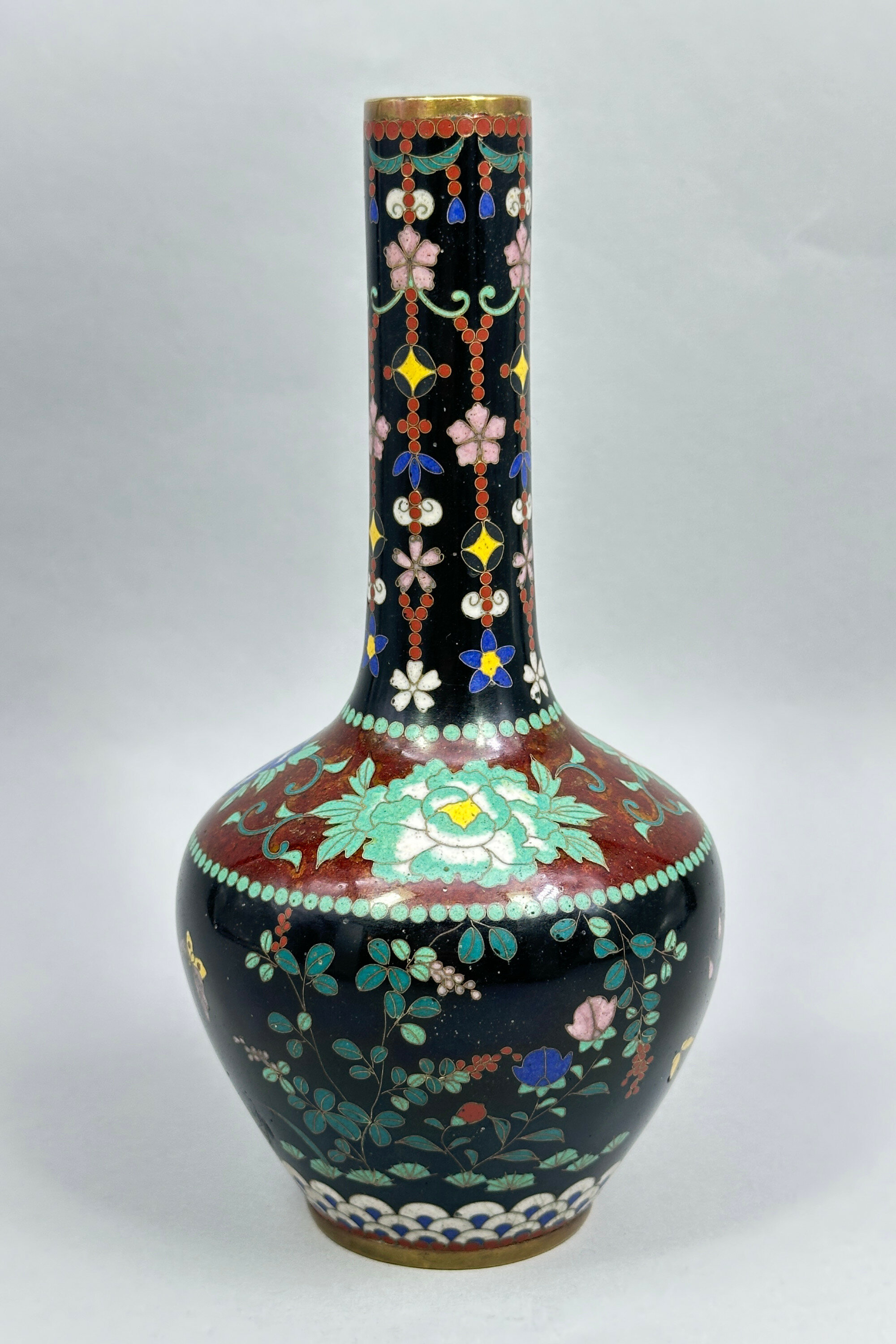
Fine quality Japanese Cloisonne bottle form Vase with black ground, late C19th
Price: £45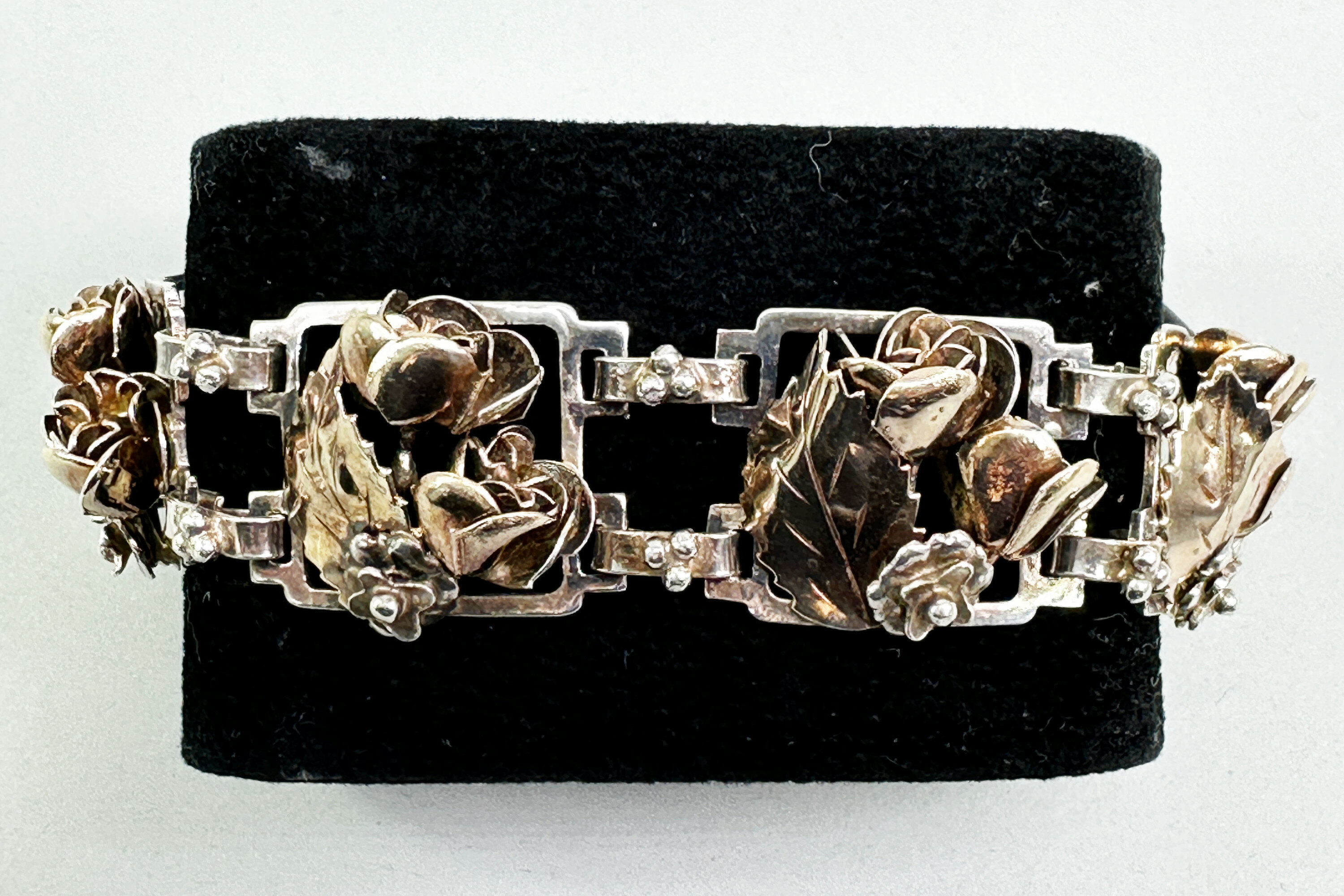
Vintage Hobe 14k gold plated sterling silver bracelet, 1940s
Price: £150Hobe was founded in 1887 by the French goldsmith Jacques Hobe as makers of fine jewellery. The costume jewellery division, Hobe Cie, was added 40 years later by his son, William Hobe, who brought the firm to America in 1927 and was commissioned by Flo Ziegfeld to design and manufacture jewellery for his Ziegfeld Follies costumes. By repute this is the origin of the expression costume jewellery. Production continued from the 1930s to the 1990s although there are a few later reproductions. While all their pieces were marked, dating is sometimes difficult but the floral design sterling silver pieces, one of their most collectible ranges now, date to the 1930s and 1940s and this bracelet, with the addition of the gold vermeil detail probably belongs to the latter period of this group. Its opulent and florid design is typical of Hobe’s work making it a stylish addition to a collection of their pieces. Other examples of their work can be seen elsewhere on this site and in this sale.
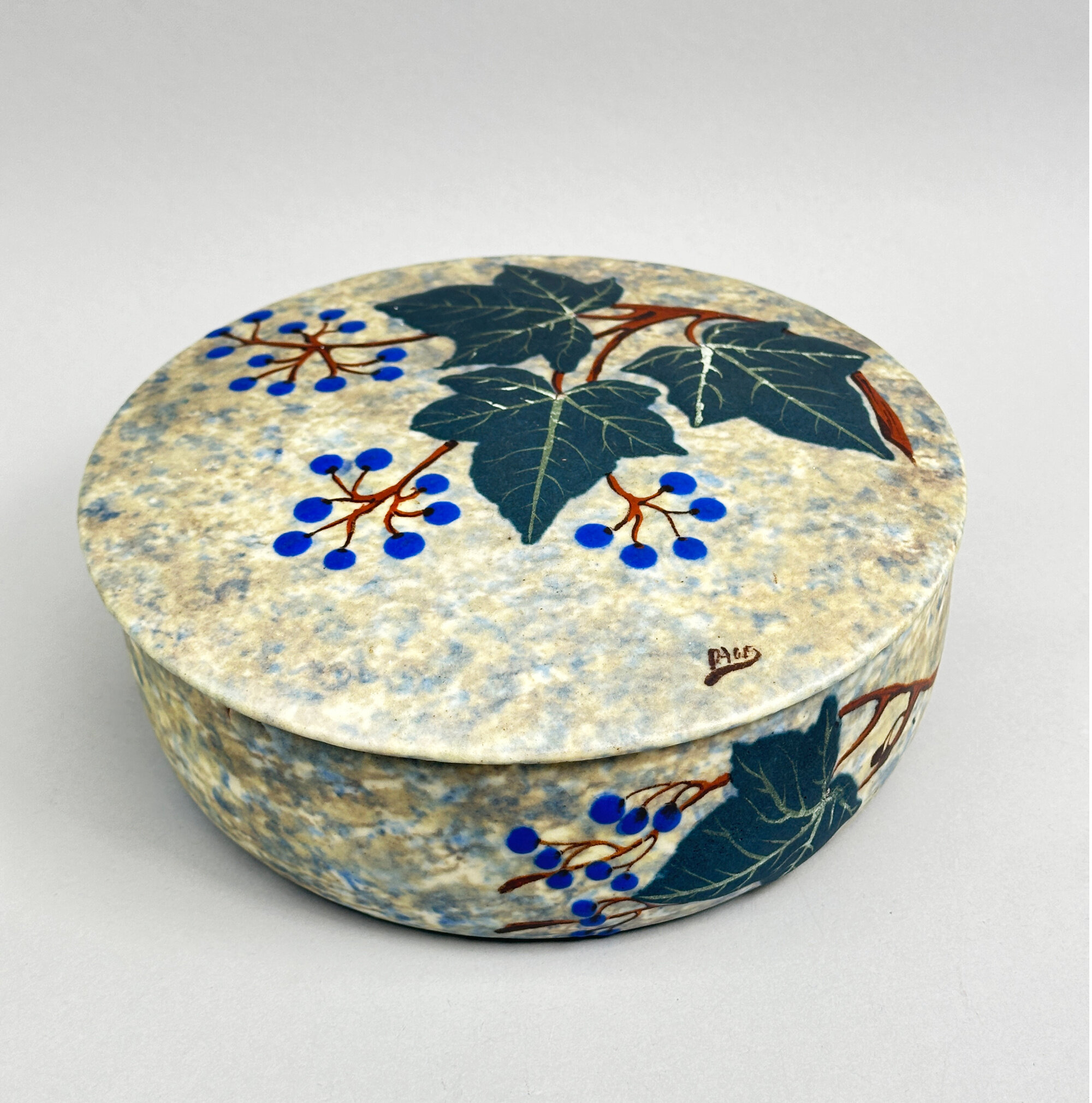
Art Deco style Ceramic Bowl and Cover by Louis Dage (1885-1961), early/mid C20th
Price: £180……………………………………………………………………………………....................................................................................……
Born in 1885 at Lille, France, Louis Dage was early known as a ceramics artist, describing himself on the birth registration of his daughter in 1906 as a ‘decorator on faience’. In 1920 he joined with Louis Fontinelle (1886-1964) to create a faience factory in Antony, near Paris, but the venture was short lived and they parted company two years later. In 1930, Dage set up his own studio at Saint-Sever in company with his brother and daughter becoming managing director of the firm three years later. There then followed a little over thirty years of production under his direction until his death in 1961. Art Deco designs with their simple lines and bold decoration were produced initially to be followed by pieces of more rugged shapes and patterns, partly resulting from the shortage of conventional raw materials during the second world war.
This bowl and cover represents the best of Dage’s earlier work. The base has straight sides curving in slightly towards the base and has a flush fitting flat and gently domed cover overhanging slightly at the edge. The piece is covered overall with a mottled glaze in tones of blue and light aubergine on which are painted maple leaves in green with bright blue berries, a design which can be found on some of Dage’s other pieces (see image 13). The lid carries his signature ‘DAGE’ with a flowing line underneath, a much less common version of the Dage mark but which can be found elsewhere (see image 14). More normally pieces are signed ‘L.Dage’, the name being in lower case rather than capitals.Form and decoration combine to produce a striking object, characteristic of the fashions of the time of its production and a worthy tribute to its maker.
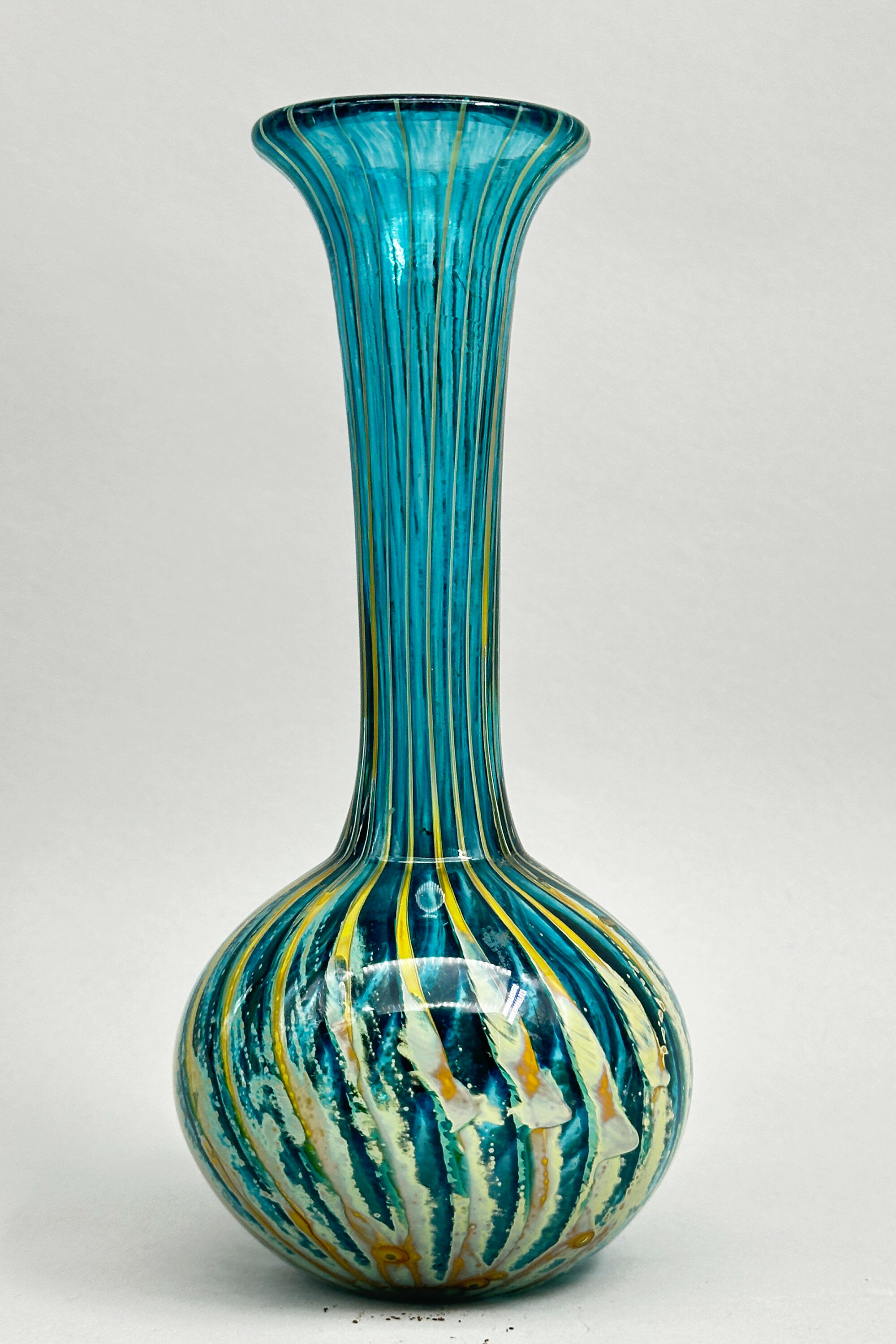
Phoenician Glass Vase, signed, late C20th
Price: £45Phoenician Glass was founded on Manoel Island, Malta in the 1980s by Leonard Sullivan, who had worked previously at Mdina Glass and many of his designs resembled those of his old employers. Certainly, the influence of Mdina and perhaps that of one of its founders, Michael Harris, can be seen here. Phoenician Glass took its name from the ancient Phoenician civilisation, which colonised Malta during the first millenium BC.
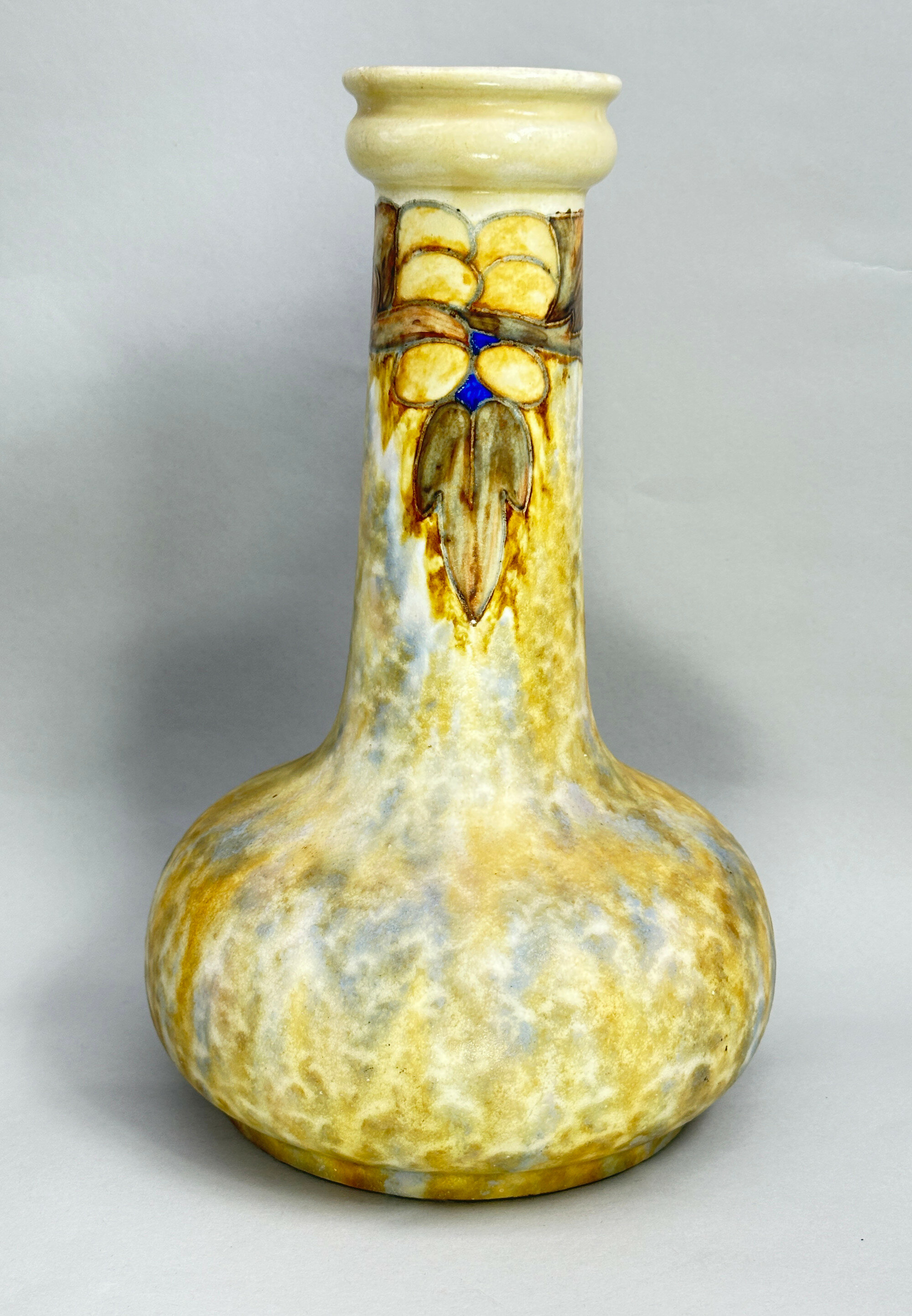
Cranston Ware Art Nouveau Style Vase, early C20th
Price: £95Cranston Ware was one of the ranges produced by the Pearl Pottery Company, based in Hanley, Stoke on Trent. Founded in 1892, the firm produced a varied selection of ceramic wares, often following contemporary fashions, until its closure in 1947. This vase is demonstrably in the Art Nouveau style and would have been produced when it was at its zenith in the early 1900s. The pattern was known as ‘Tukan’ ware and some of the pieces, but not all, have an impressed mark displaying this. This is an excellent example of the type with the glazes and decorative detail well rendered and certainly deserves the attention of collectors of Art Nouveau.
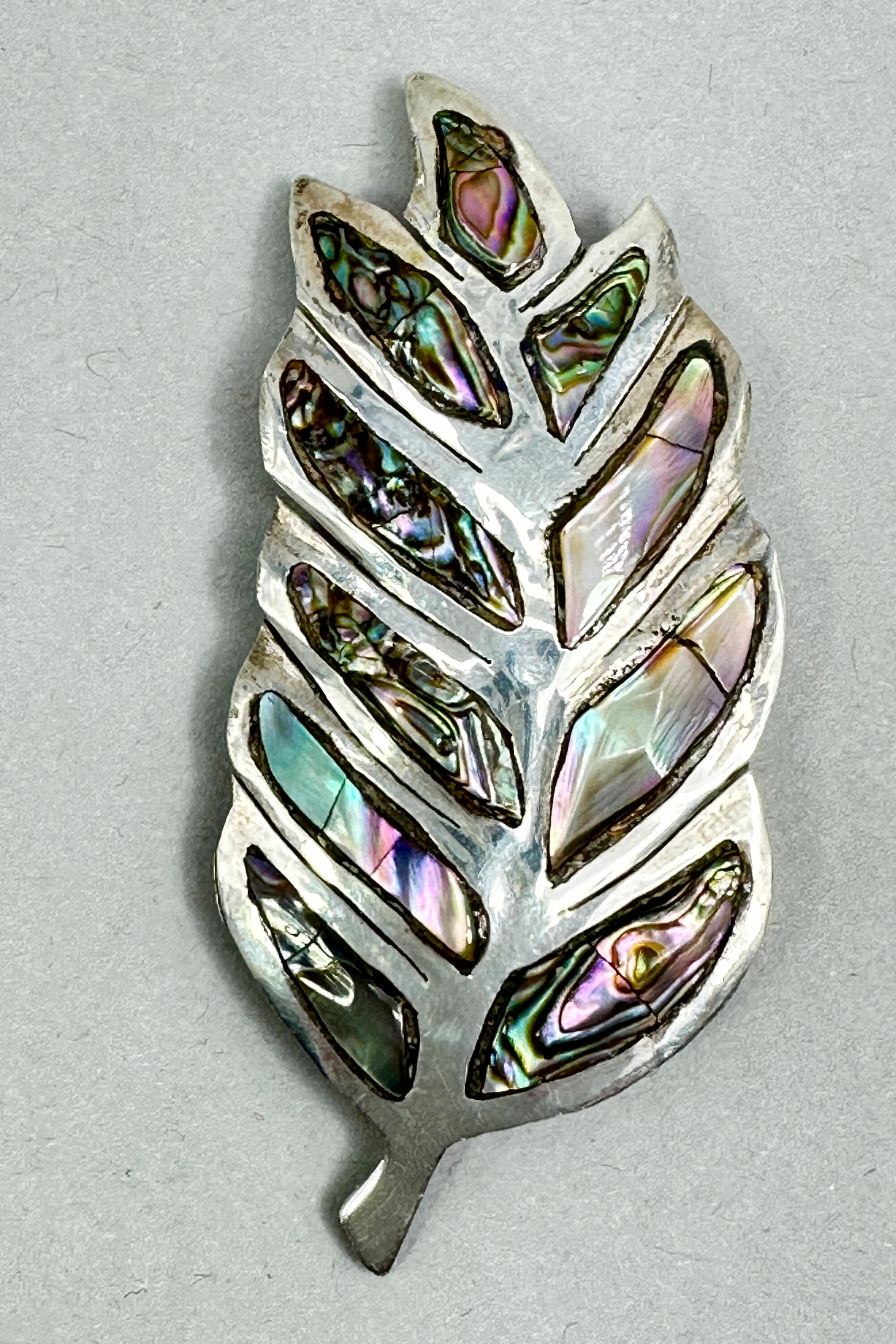
Taxco leaf shape brooch set with Abalone, c1950
Price: £45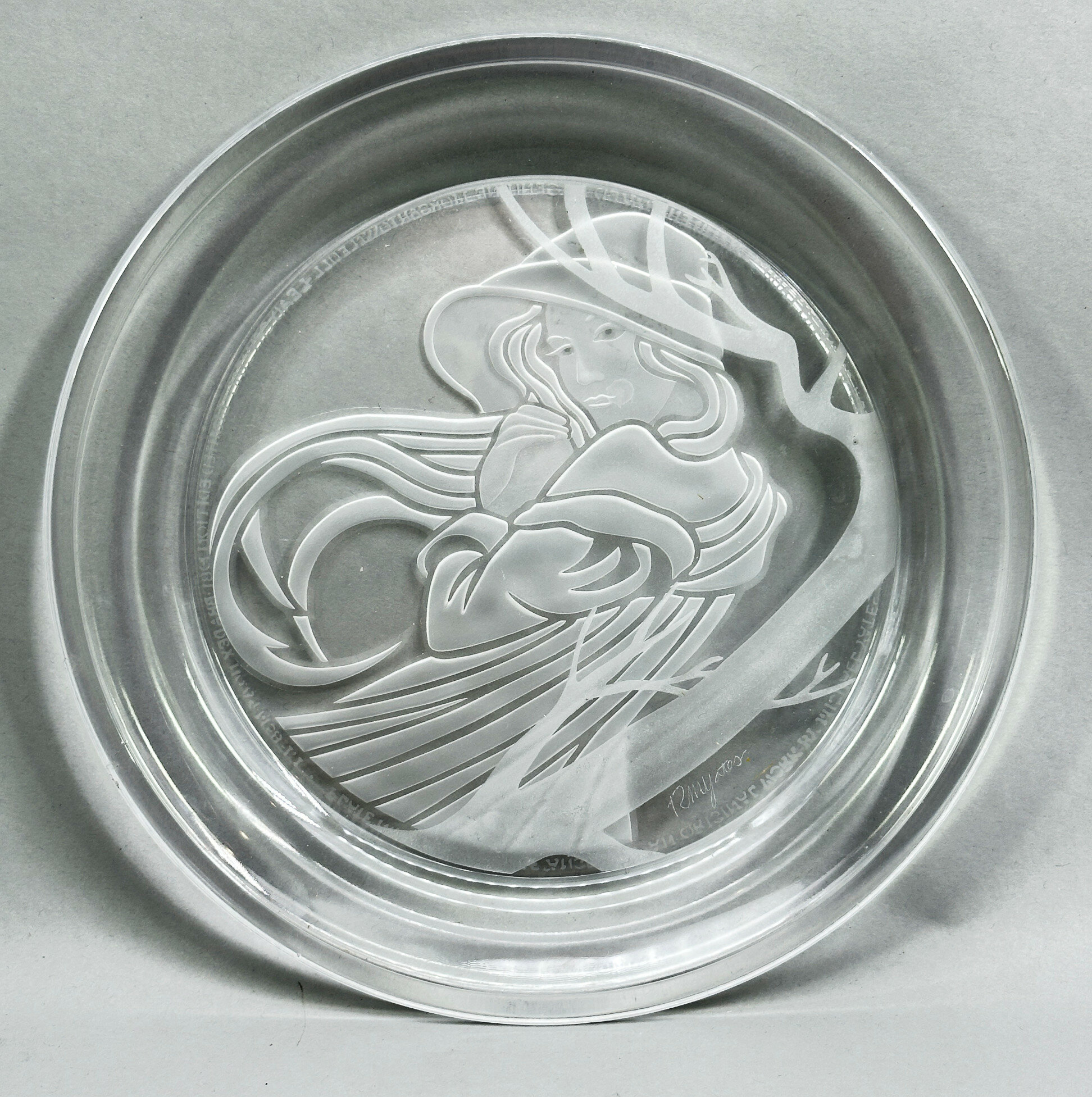
Engraved Glass Dish, Angelica, by Michael Yates, Country Ladies Series, 1981
Price: £20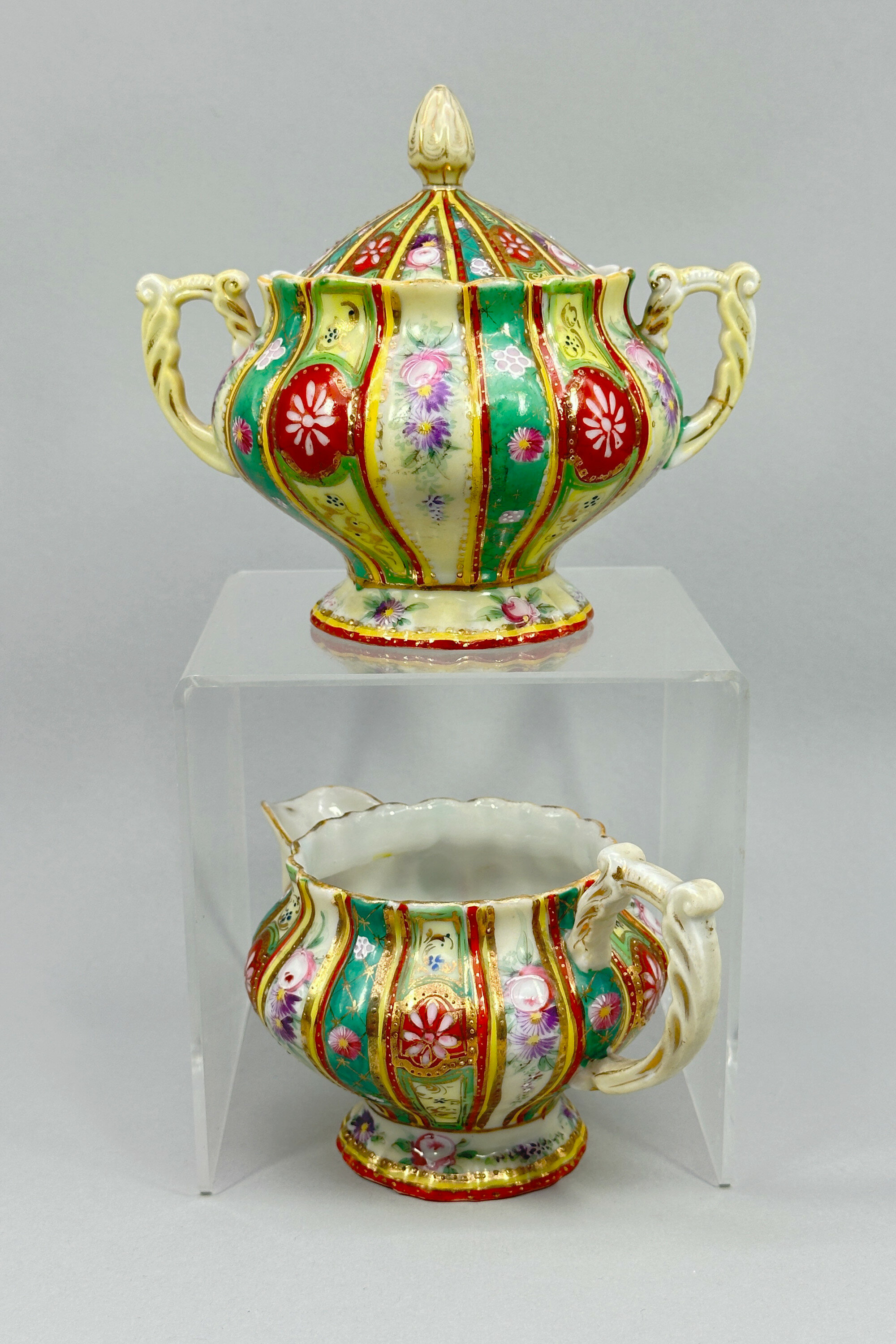
Vintage floral decorated Sugar Bowl and Cream Jug, probably Bohemian mid C20th
Price: £25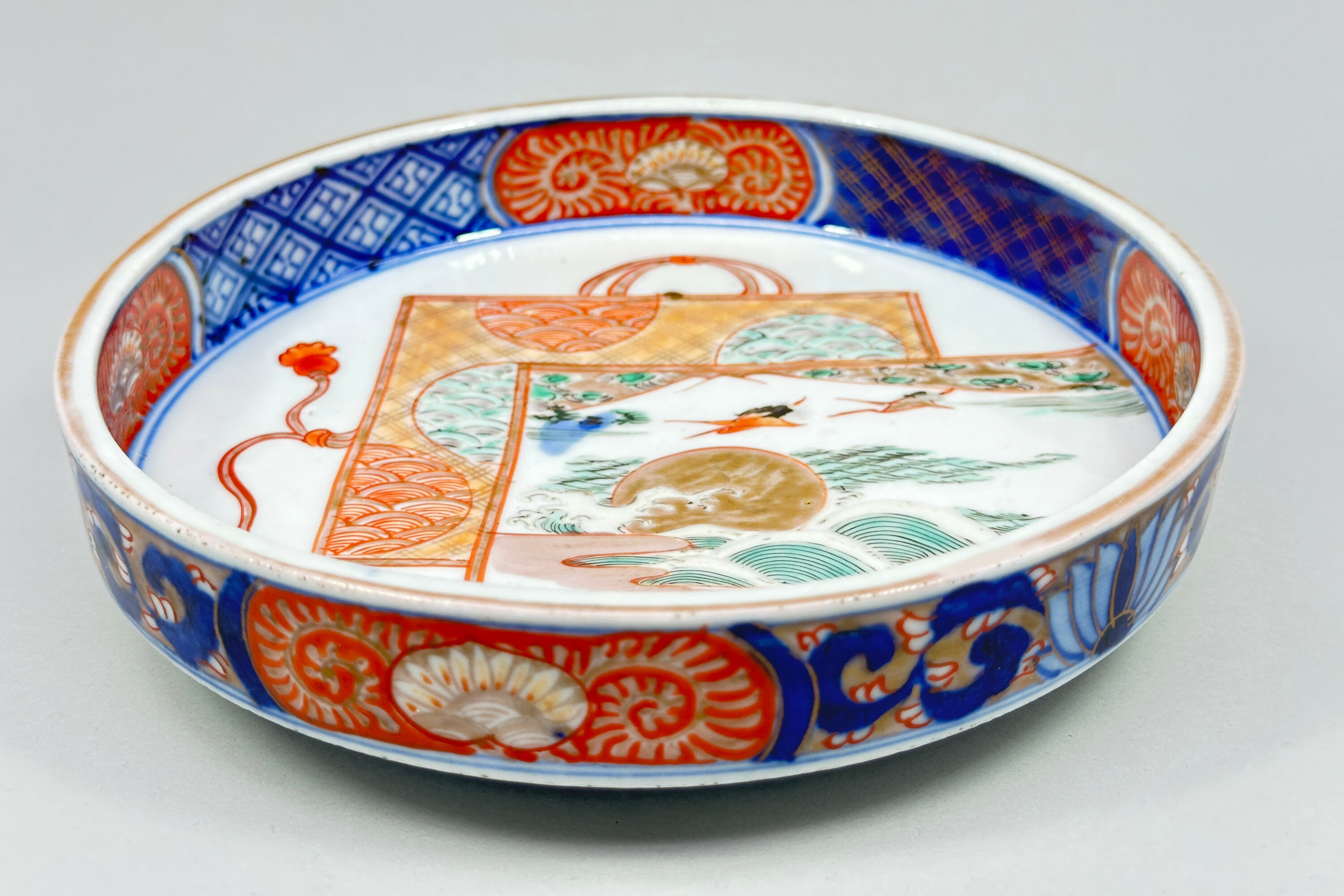
Japanese Arita shallow Bowl circa 1880
Price: £55The town of Arita in the former Hizen Province, northwestern Kyūshū island, was a major centre for the production of porcelains in Japan. Best known for blue and white pieces it also produced polychrome wares as well, including the familiar Imari colourings. While similar to Imari, the wider palette of colours used here is usually termed ‘Arita’ and this bowl employs not only the colourings but also many of the decorative elements found in these wares. The angular form, though, is unusual. Dating is to the Meiji era (1868-1912) probably around 1880.
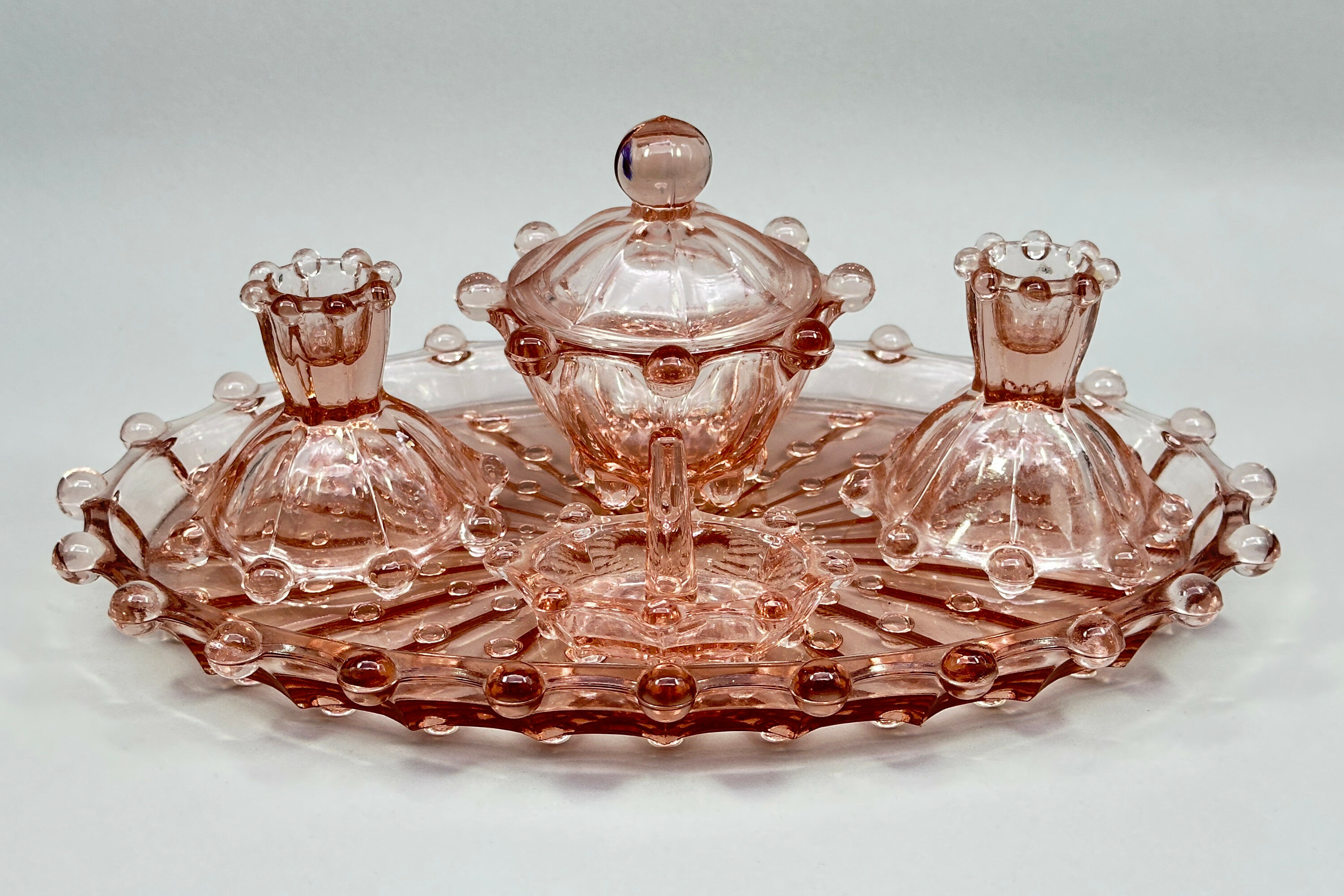
Pink pressed glass dressing table set, Libochoviche, Czech, 1950s
Price: £35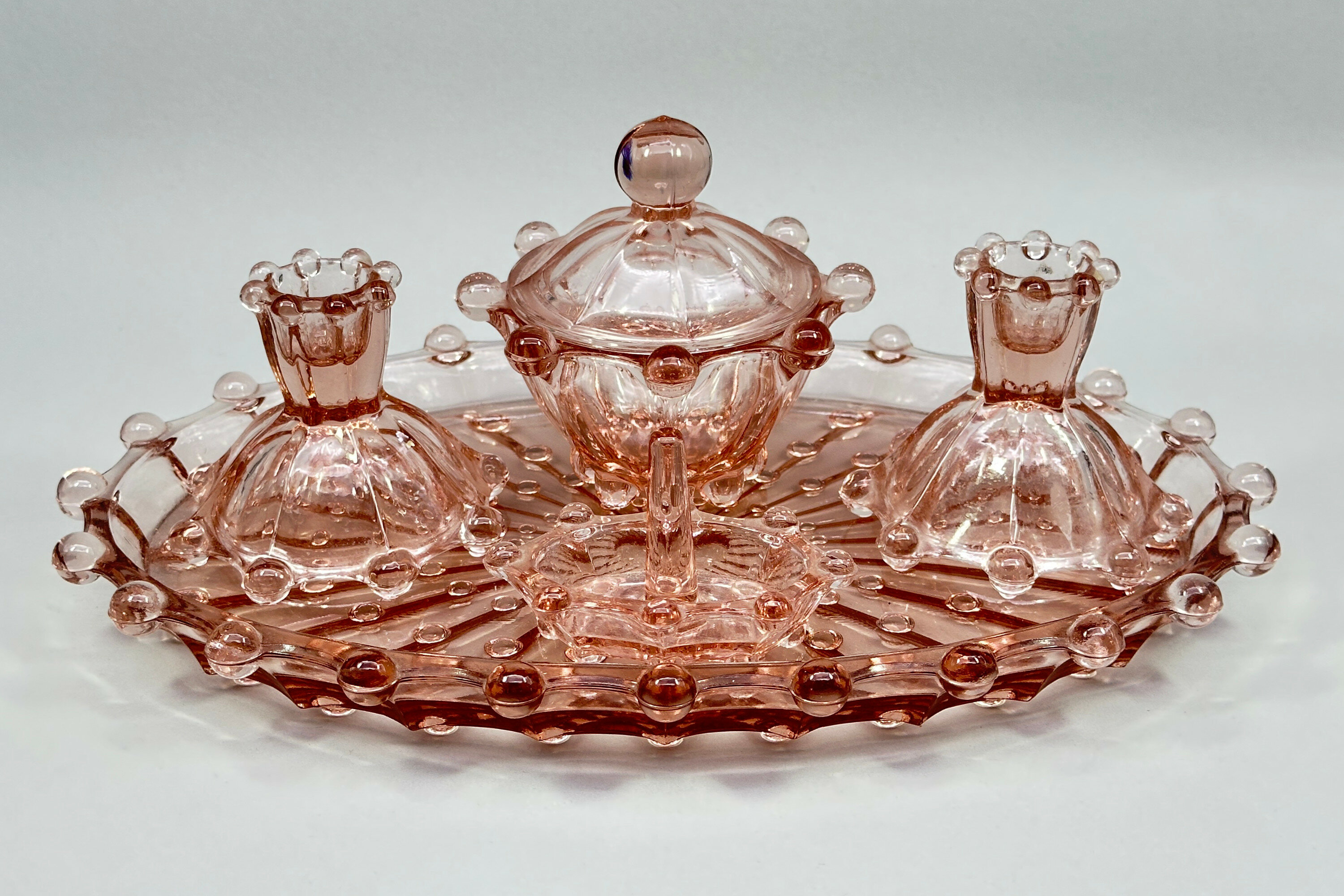
Pink pressed glass dressing table set, Libochoviche, Czech, 1950s
Price: £35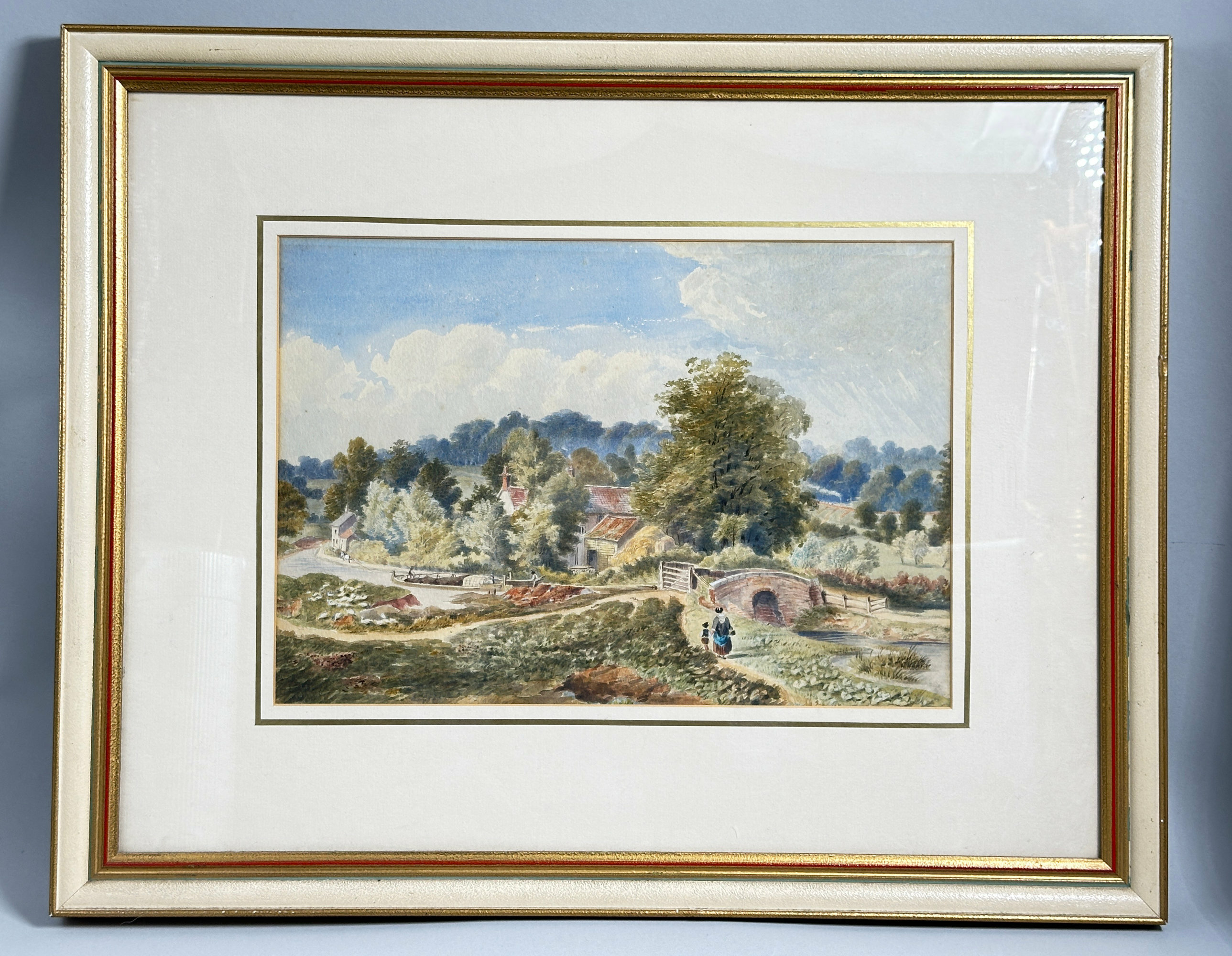
Framed Watercolour of a Countryside Scene, C20th
Price: £45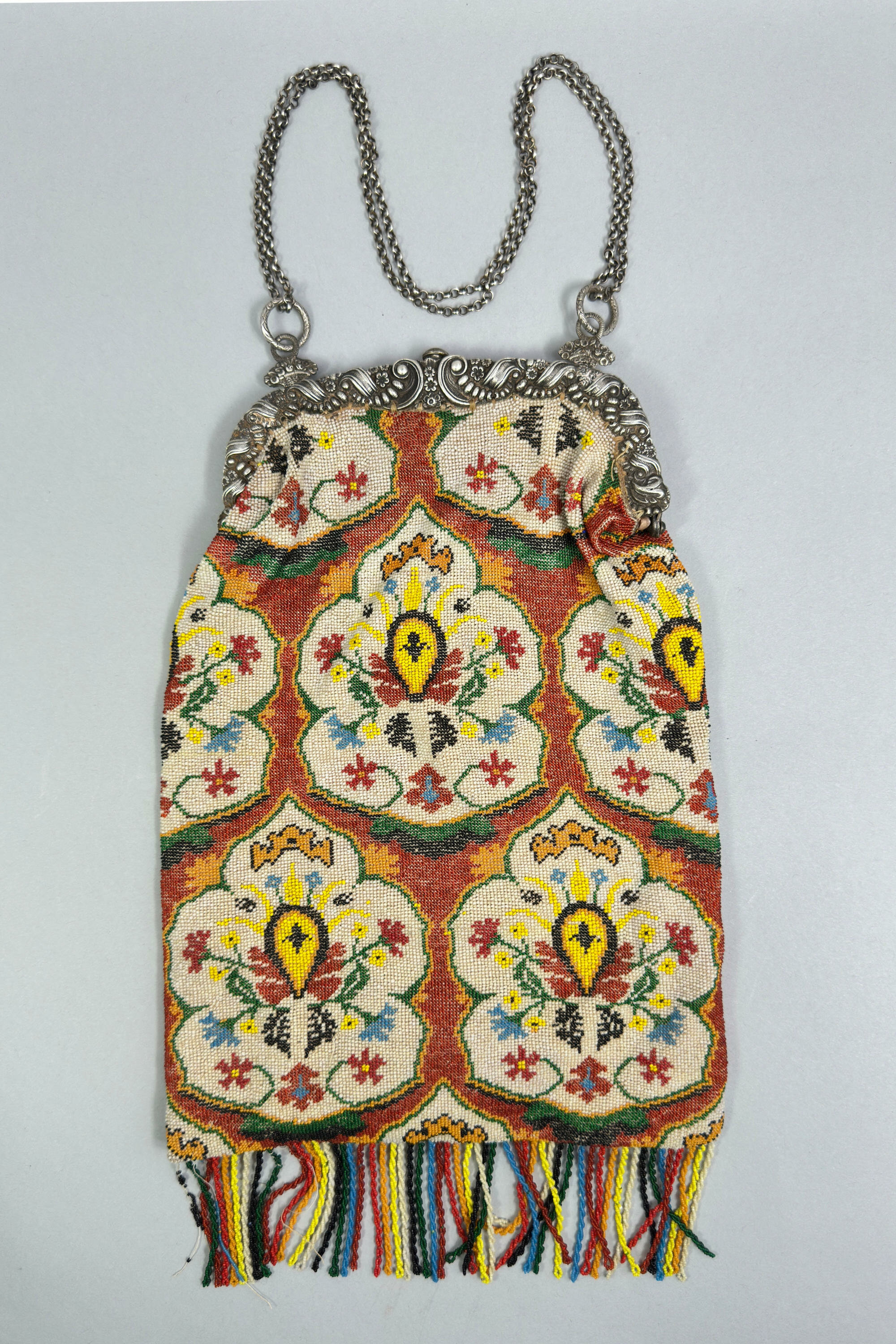
Micro bead silver mounted Flapper Bag, 1920s
Price: £125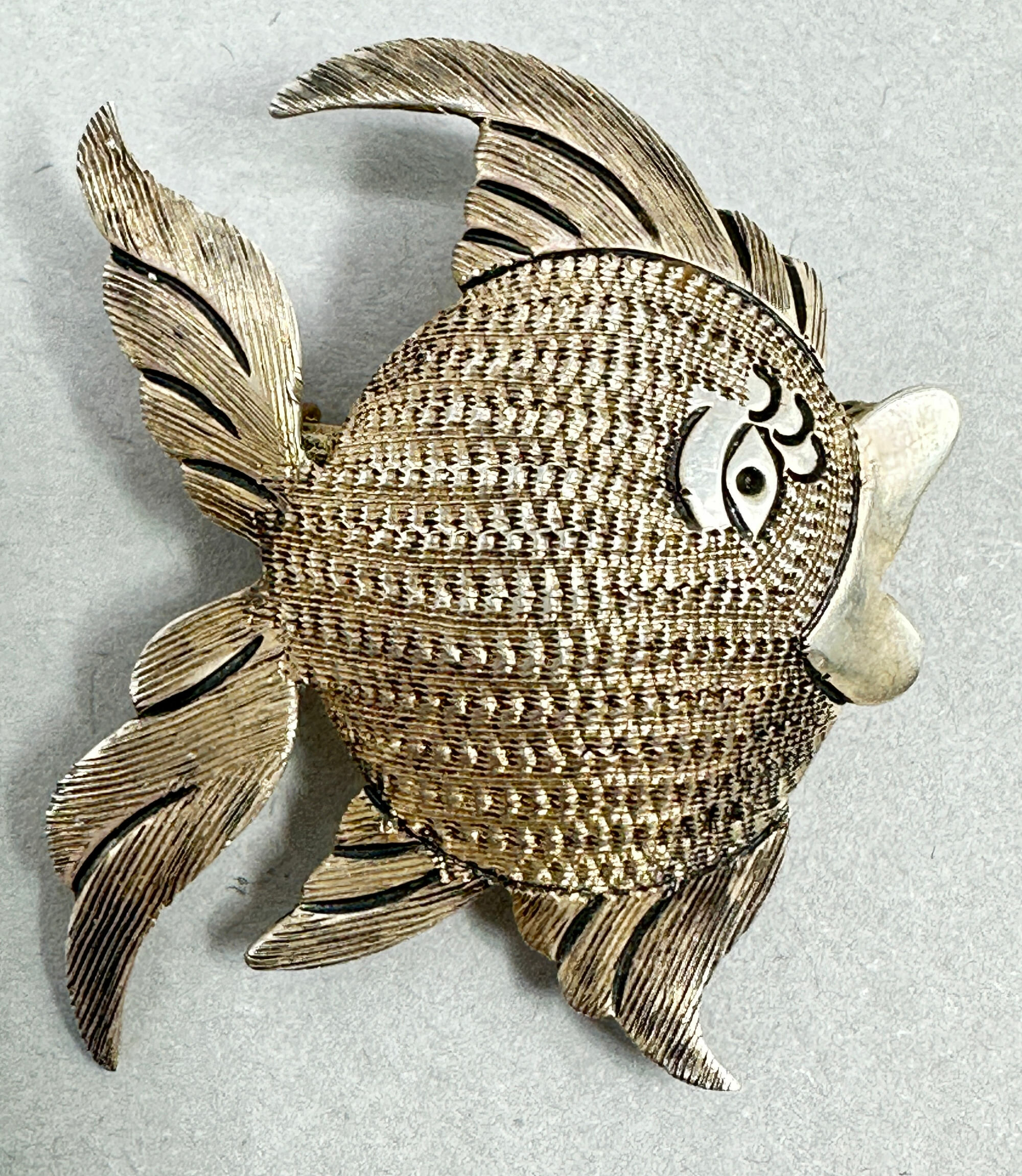
Taxco Fish Brooch c1940
Price: £25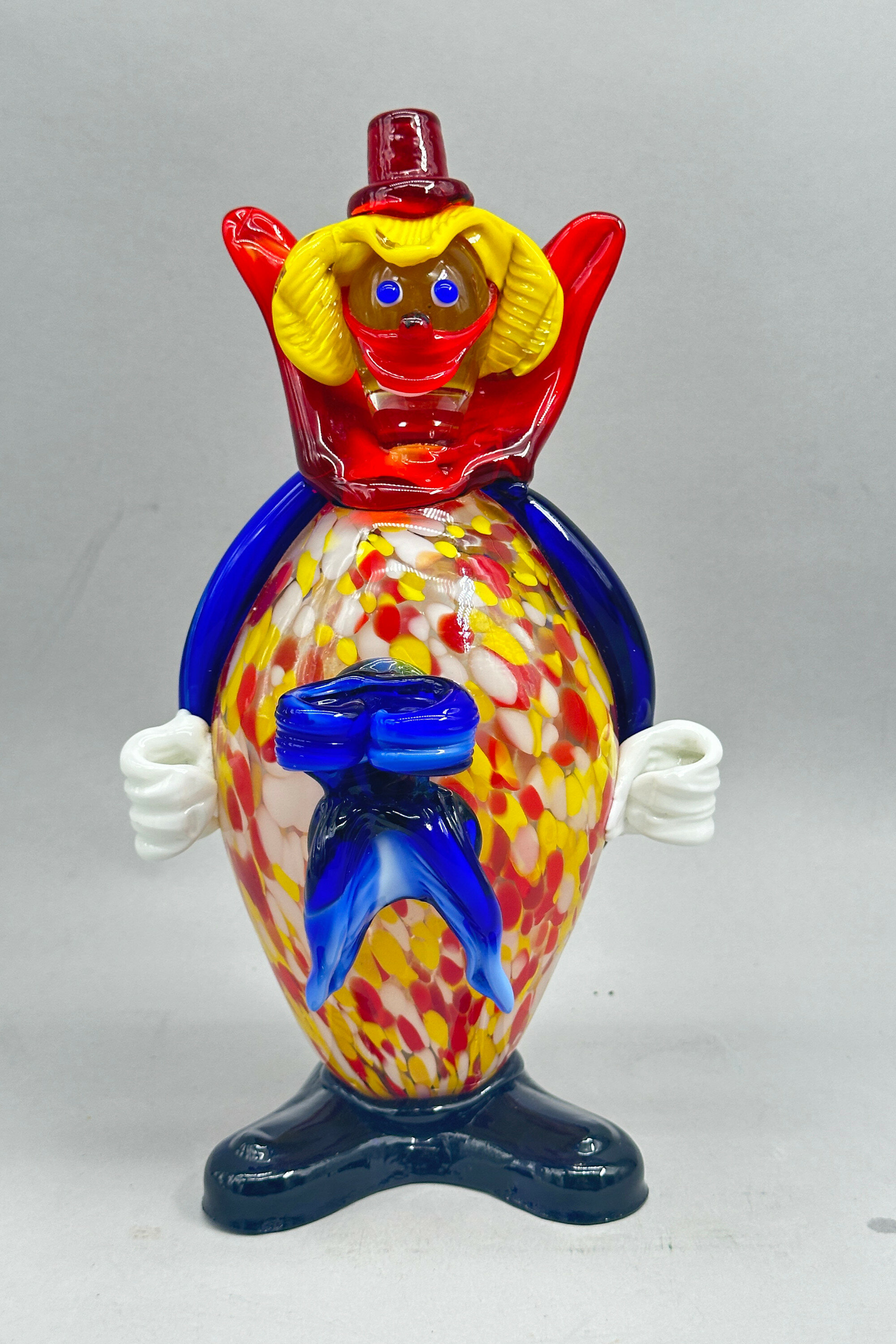
Murano Glass figure of a Clown, mid C20th
Price: £125
Vintage Indian silver pendant Necklace, 20th century
Price: £85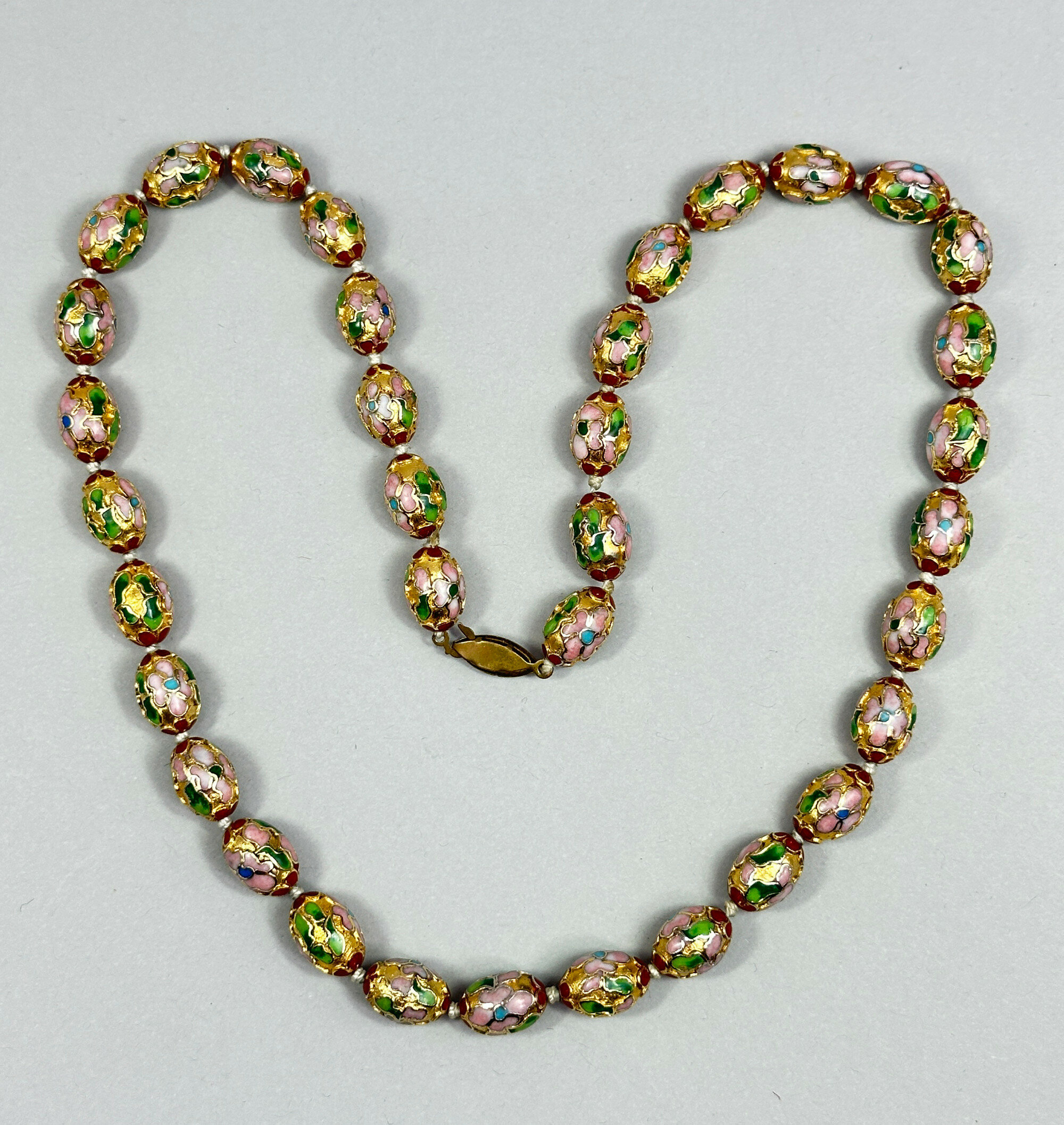
Vintage Chinese Cloisonne Bead Necklace, mid C20th
Price: £55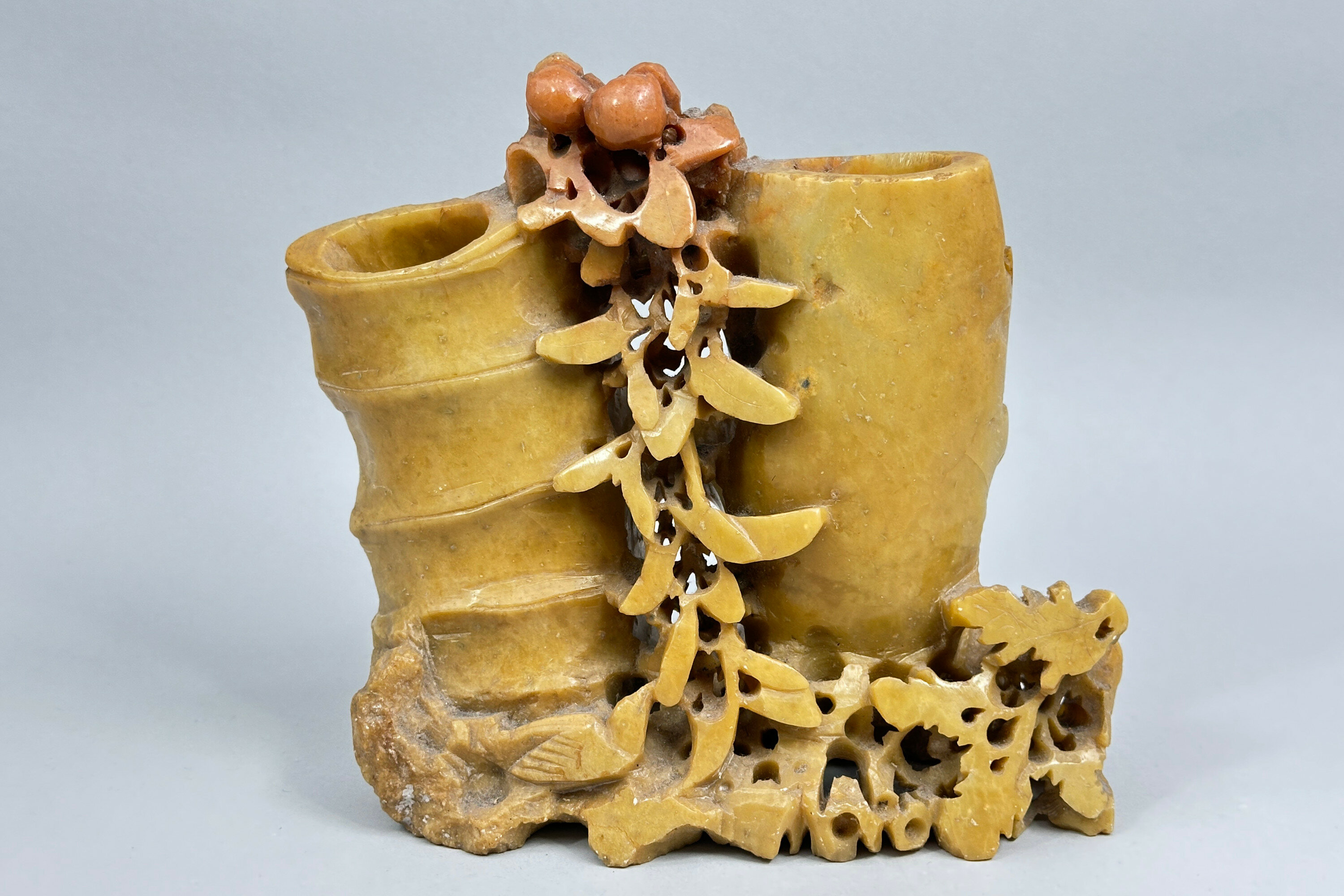
Chinese Soapstone Double Brushwasher, C20th
Price: £45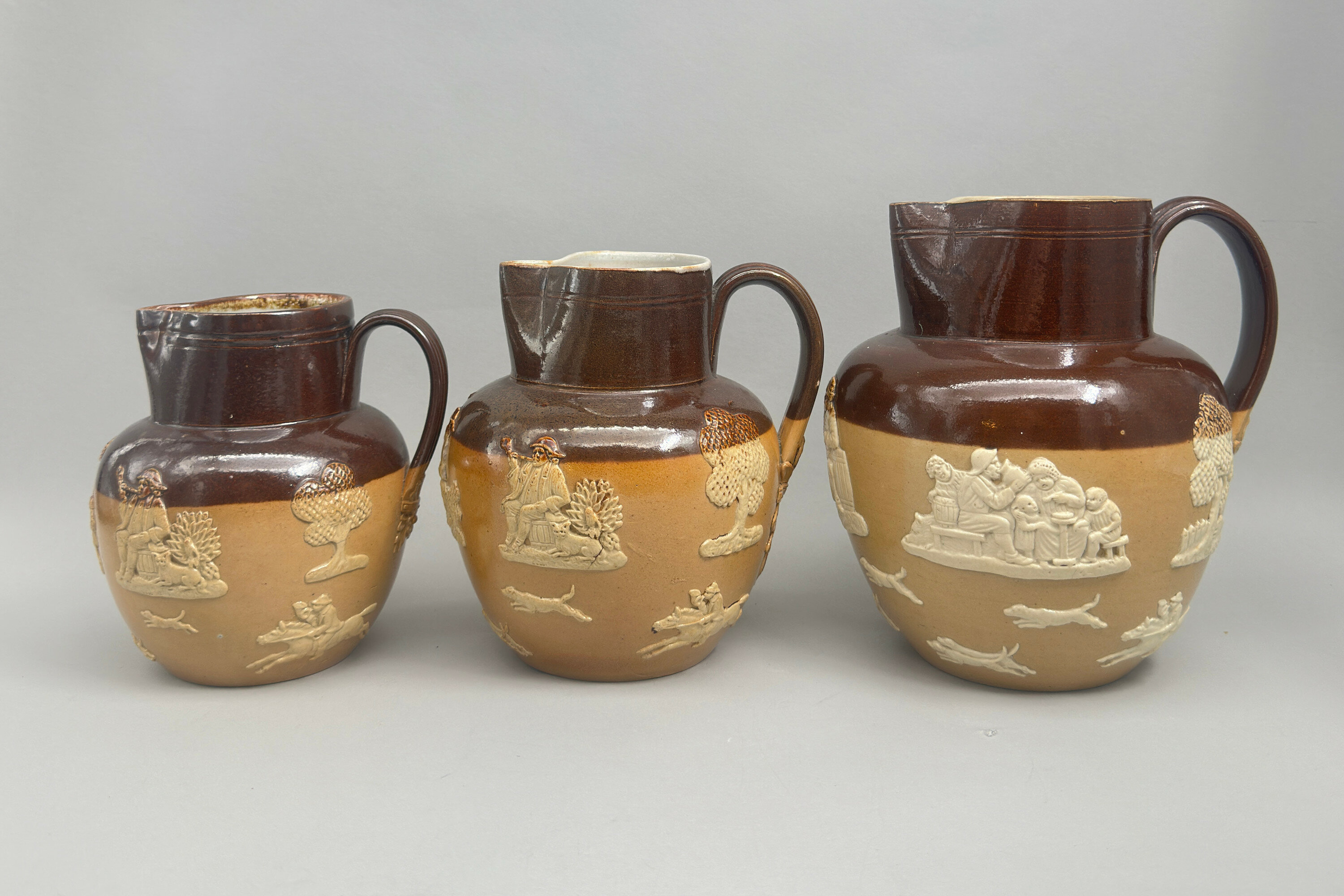
Graduated set of three Royal Doulton Harvest Pattern Jugs, early C20th
Price: £150While this model, often called the ‘harvest pattern’, is found quite often, it is very unusual to see a graduated set of three, all matching. The form of the mark, where the lion does not sit above a crown, was used between 1922 and 1927 which gives us the dating here. The largest jug carries the letter ‘a’ which was a decorator’s mark and stands for Louisa Ayling. Perhaps she worked on all three, but this must remain a guess although the quality of the work on all three is quite consistent producing a highly decorative and attractive ensemble.
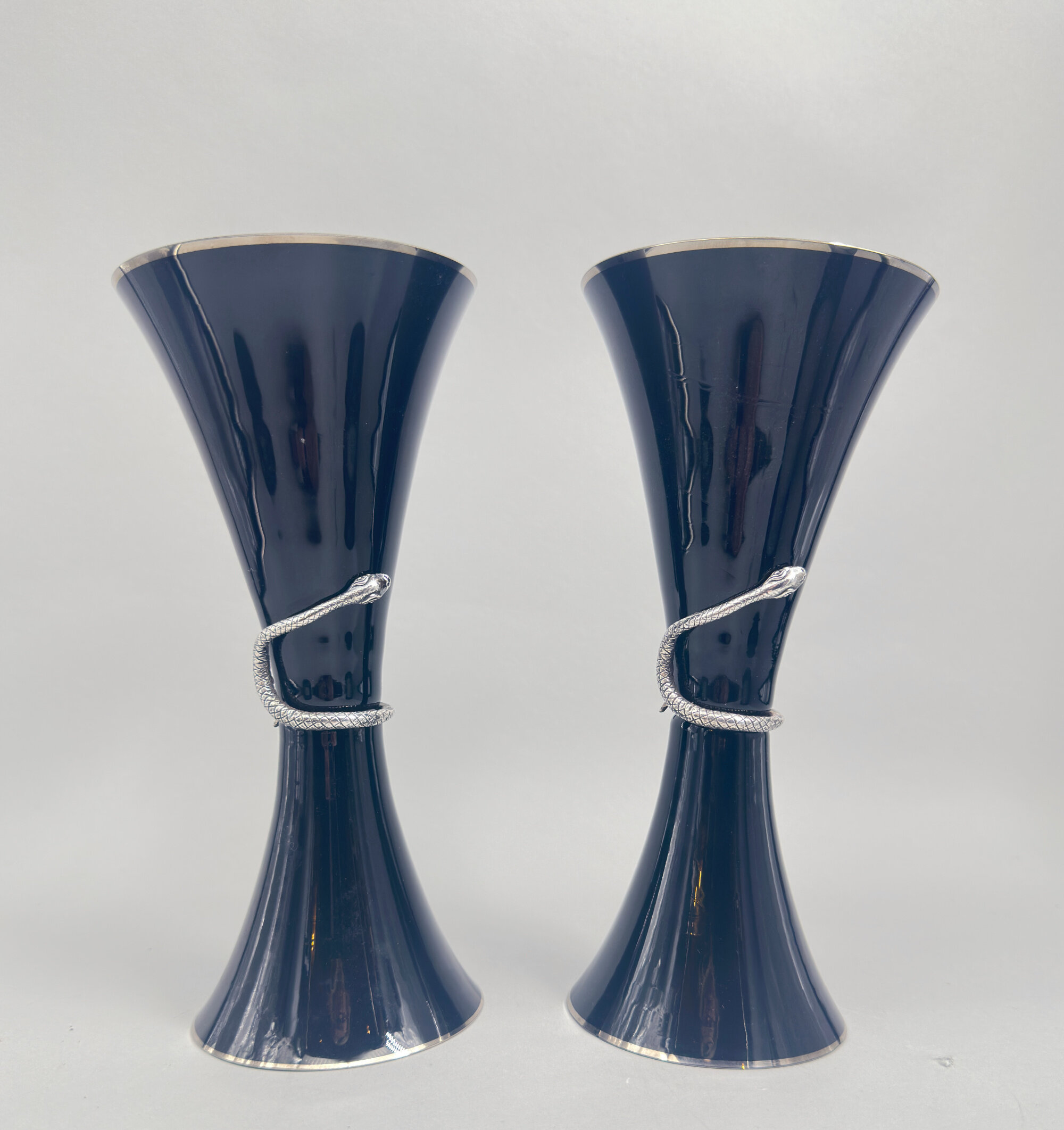
Pair of Art Deco glass Vases with applied silver snakes, 1930s
Price: £95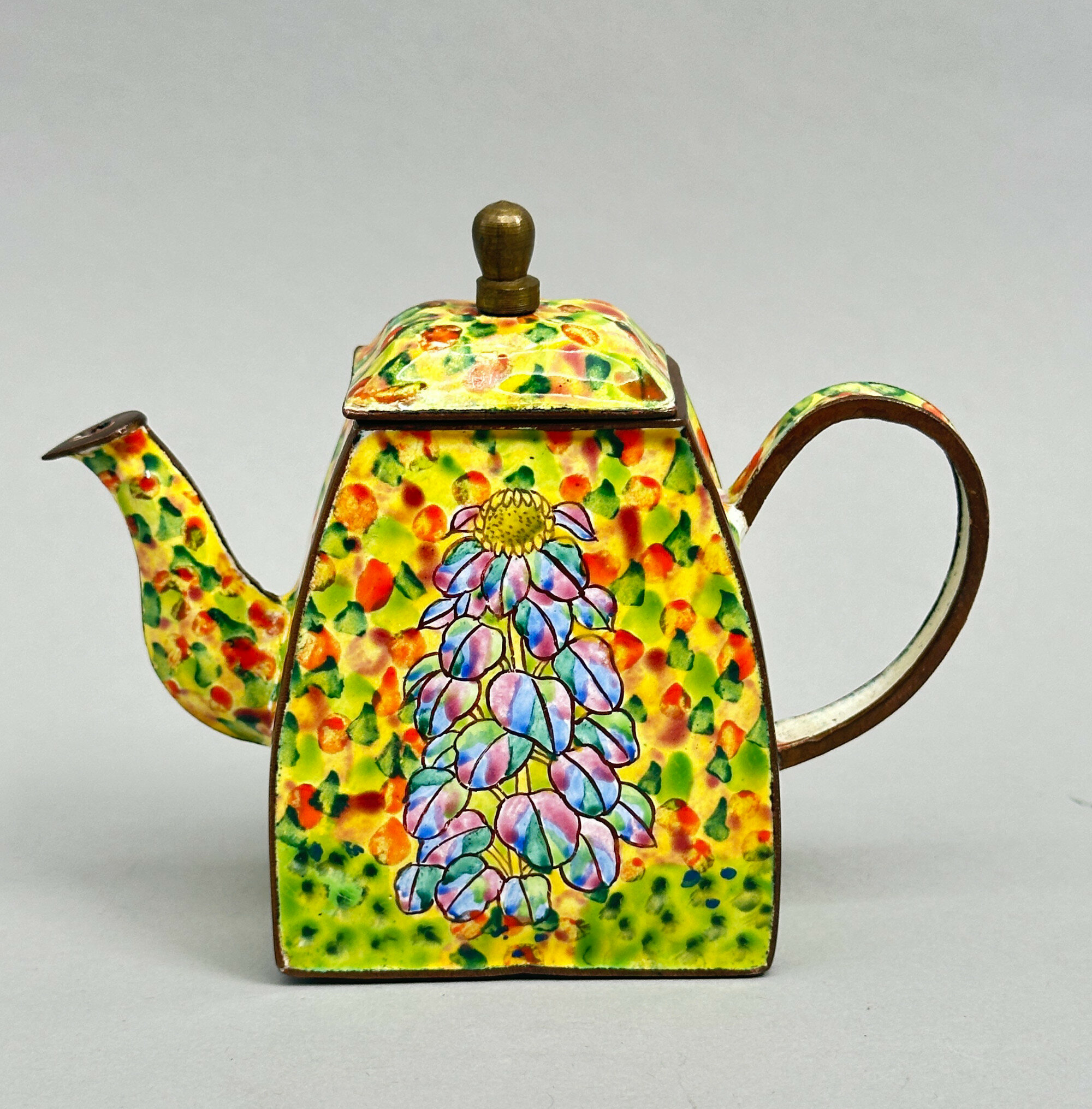
Trade+Aid Enamel Teapot, No.292.UK, 1990s
Price: £25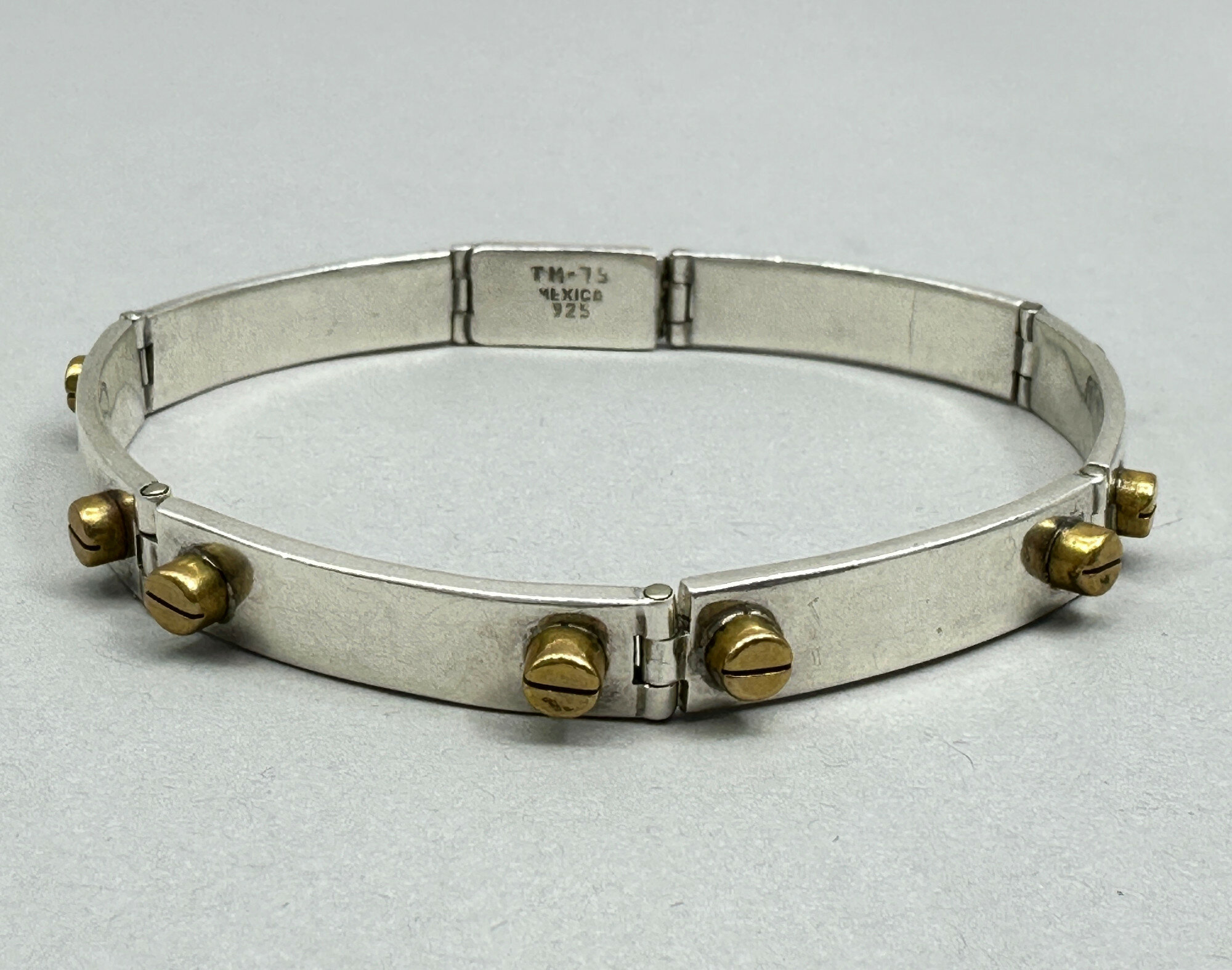
Taxco bracelet with rivet details c1980
Price: £85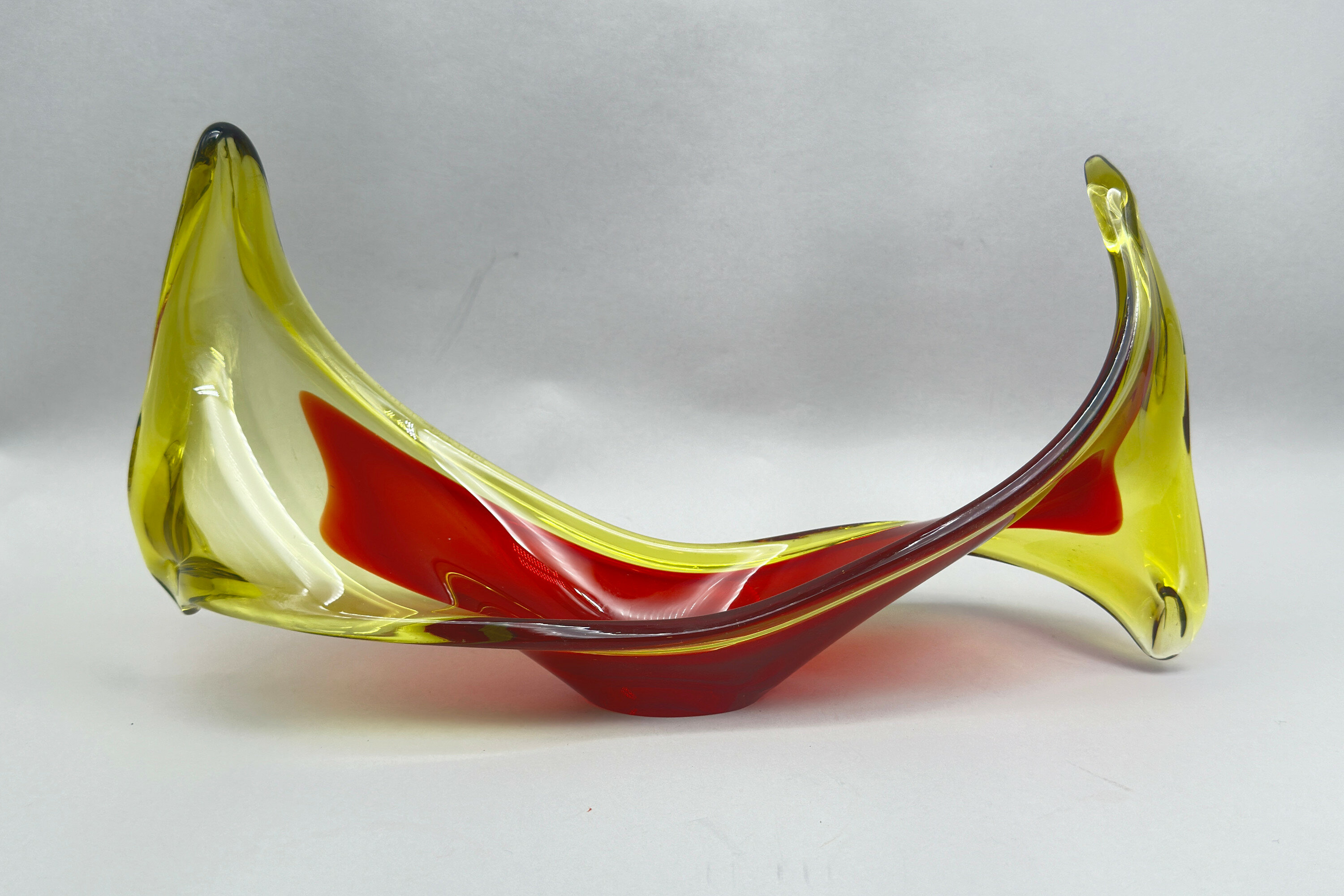
Viartec Murano Style Selenium Red & Orange Glass Sculptural Dish, Spanish 1950s/1960s
Price: £45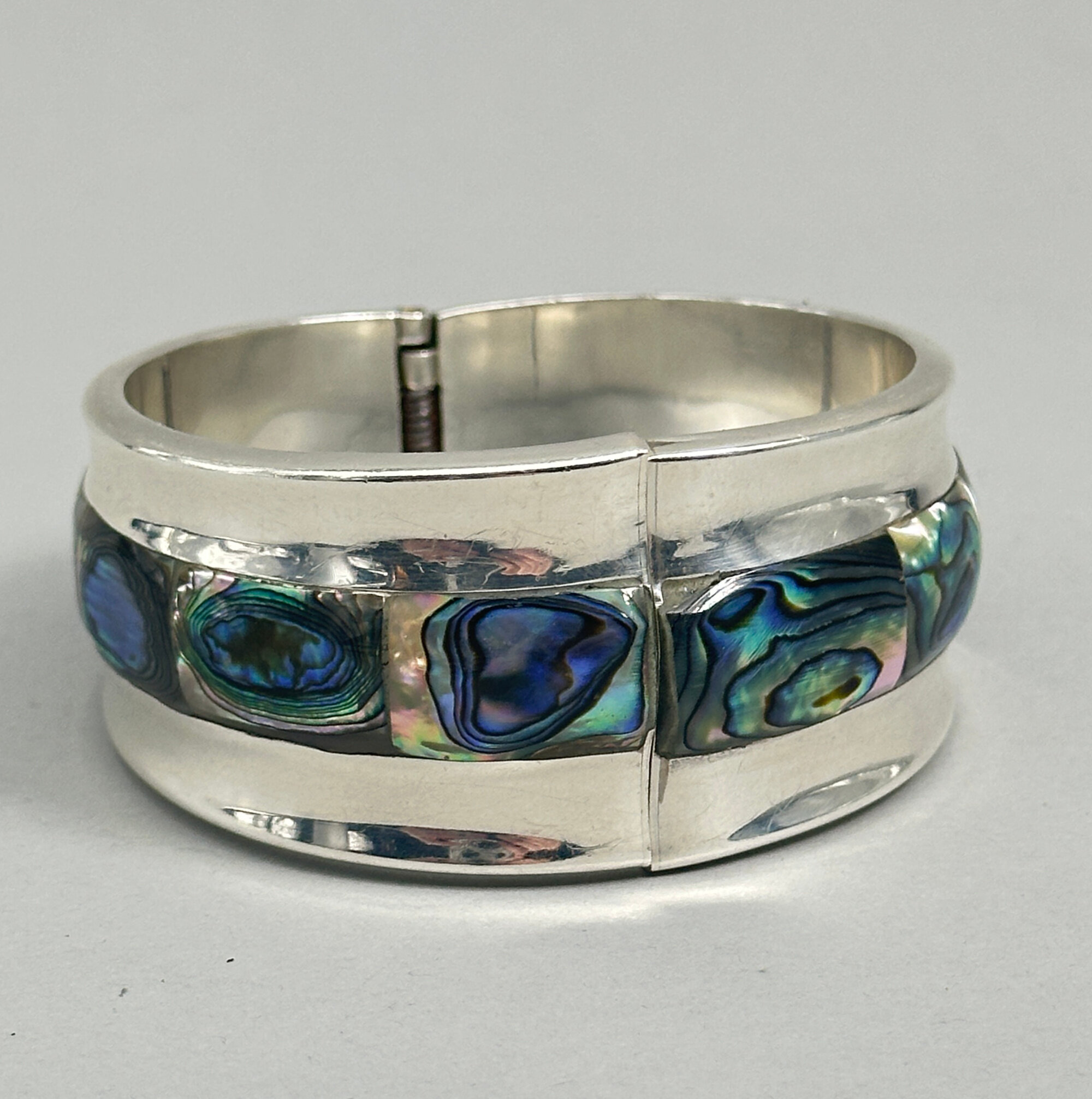
Outstanding Taxco silver and abalone Bangle c1980
Price: £200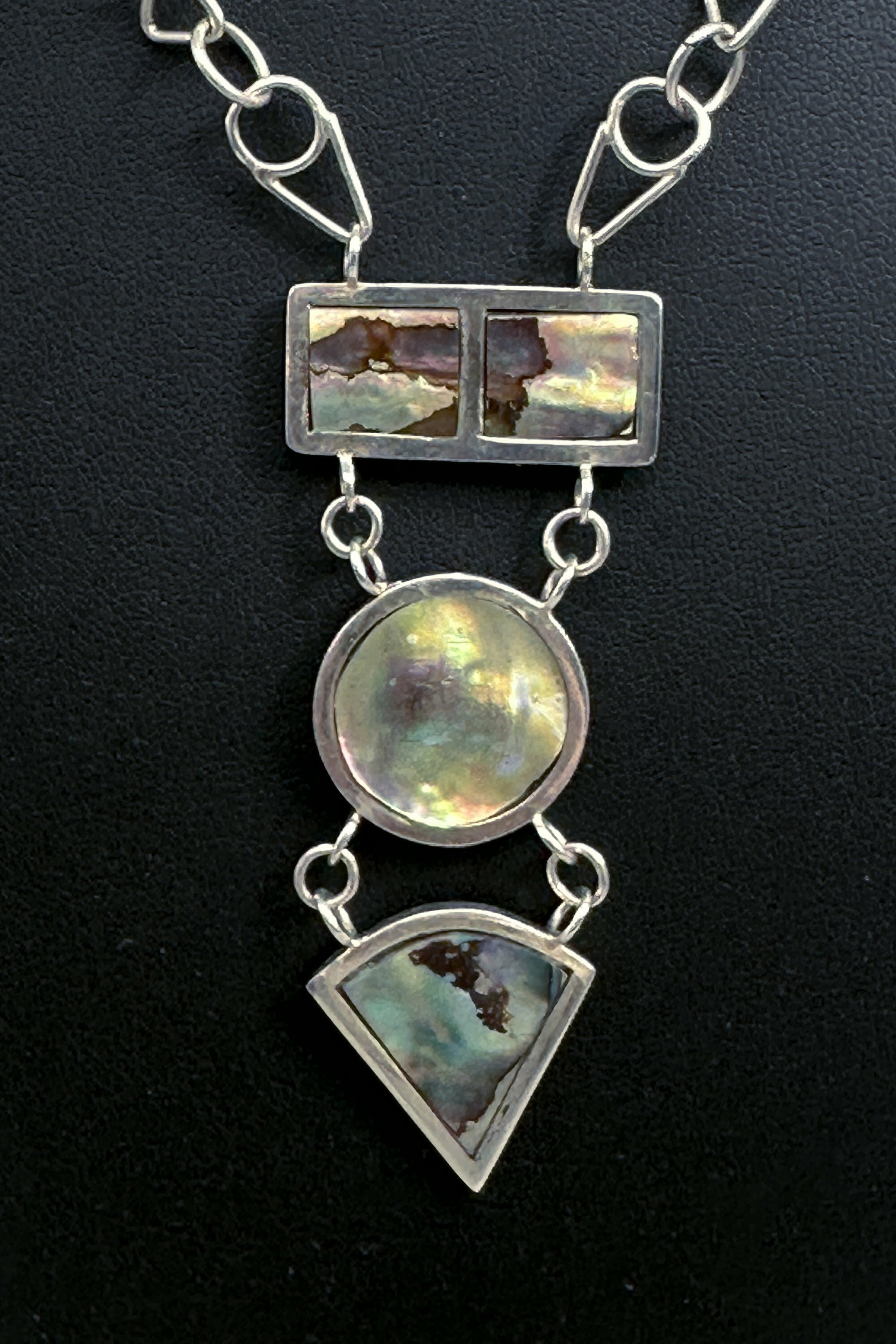
Abalone and silver modernist design Necklace, modern
Price: £60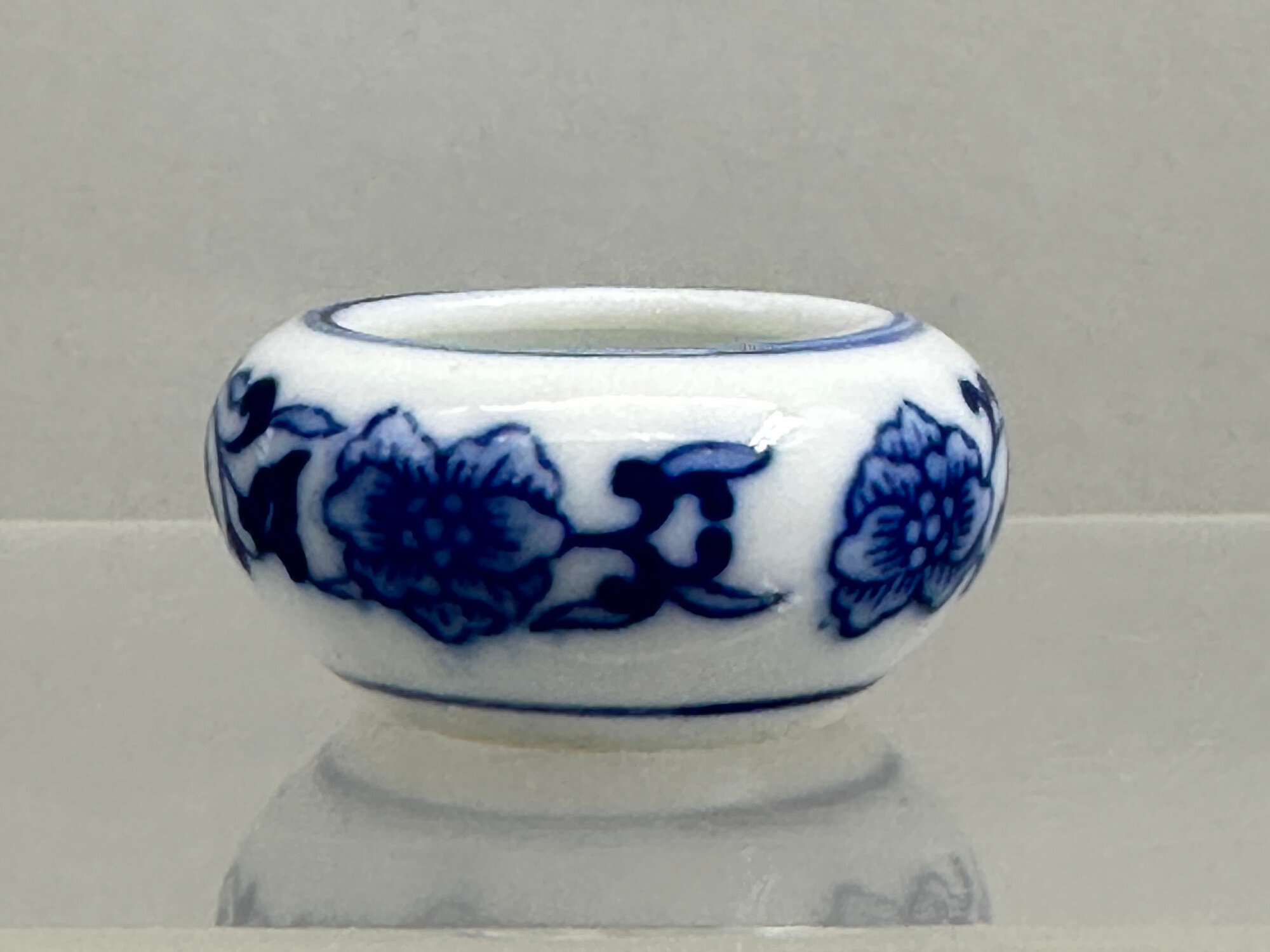
Small Chinese Blue and White Brushwasher, C20th
Price: £25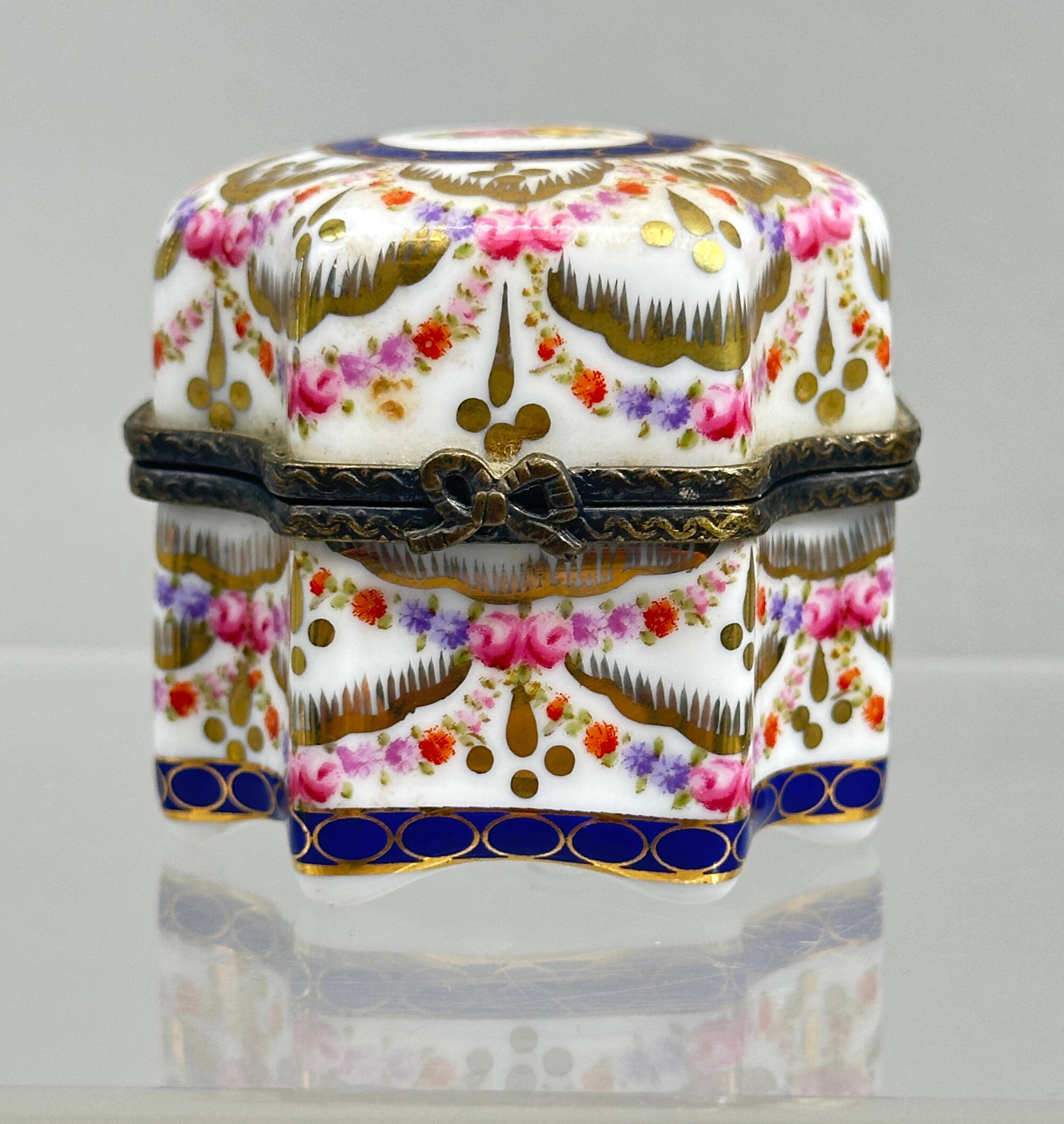
Reproduction Limoges Porcelain Box with Scent Bottles, Modern
Price: £25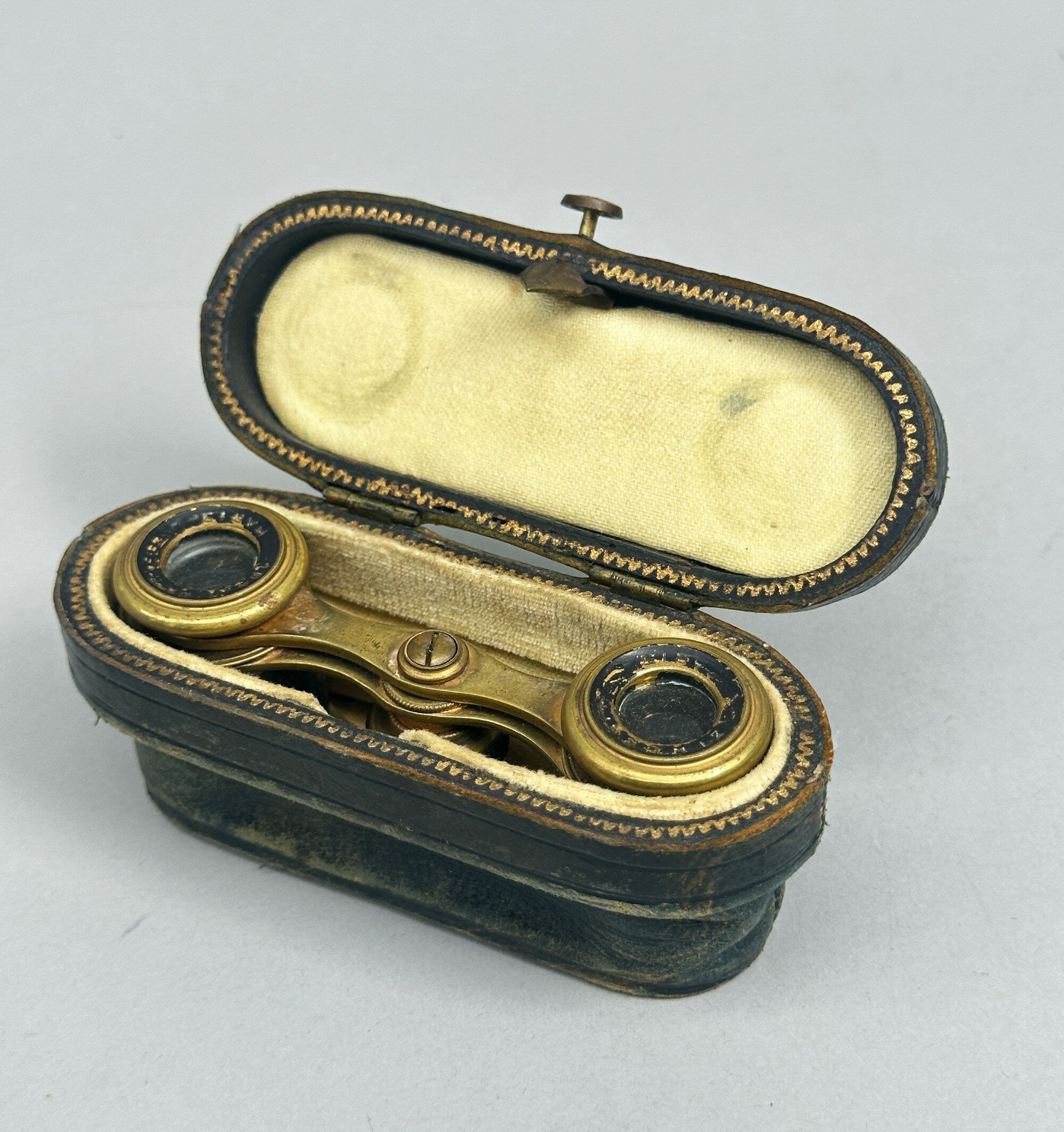
Pair of Opera Binocular Glasses in green leather Case, French, first half C20th
Price: £25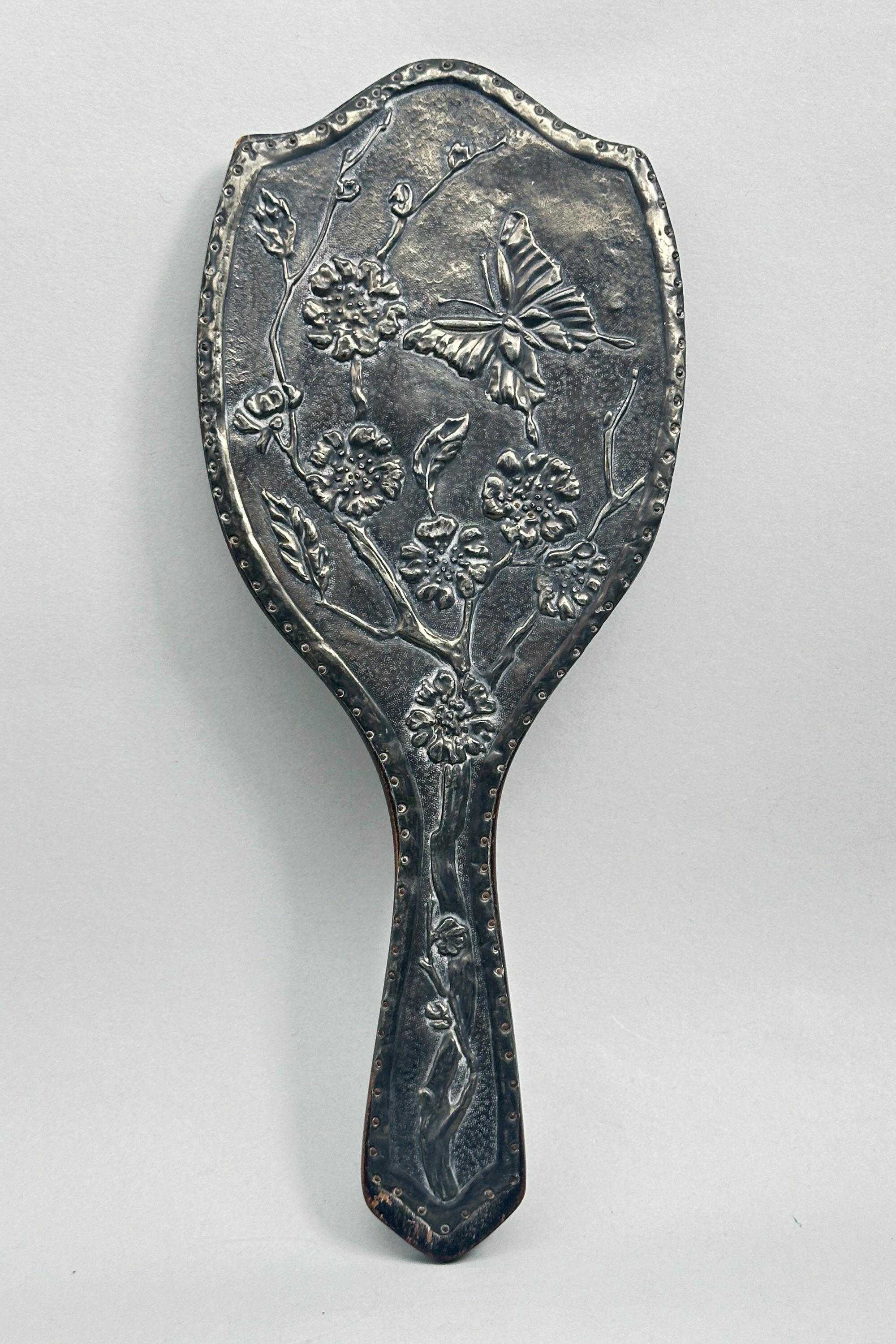
Arts and Crafts Hand Mirror with Repousse Decoration, circa 1900
Price: £55Elements of two contrasting contemporary styles combine here with features from both the Arts and Crafts and the Art Nouveau movement. The hammered pewter with the almost rustic nail head fixings and the red bead reflect the former but the elegant depiction of the lotus and butterfly, with more than a hint of the Orient, reflect the latter. The maker is anonymous but doubtless British and clearly a highly skilled craftsman. Much thought and expertise went into the design of this piece which would be a desirable addition for collectors of either or both of the pieces made under the influence of these two highly popular design movements.
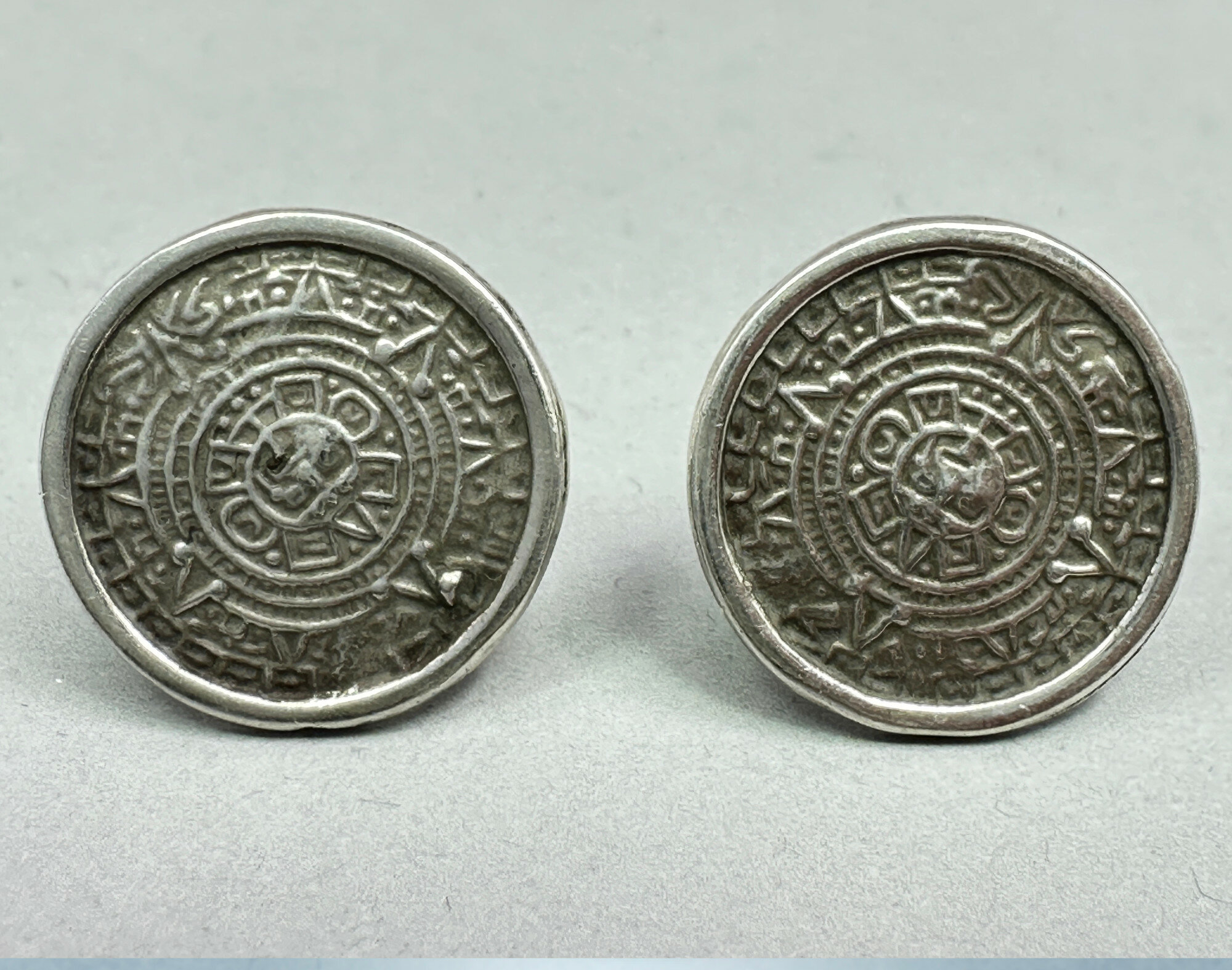
Taxco Mayan Sundial earrings, c1980
Price: £25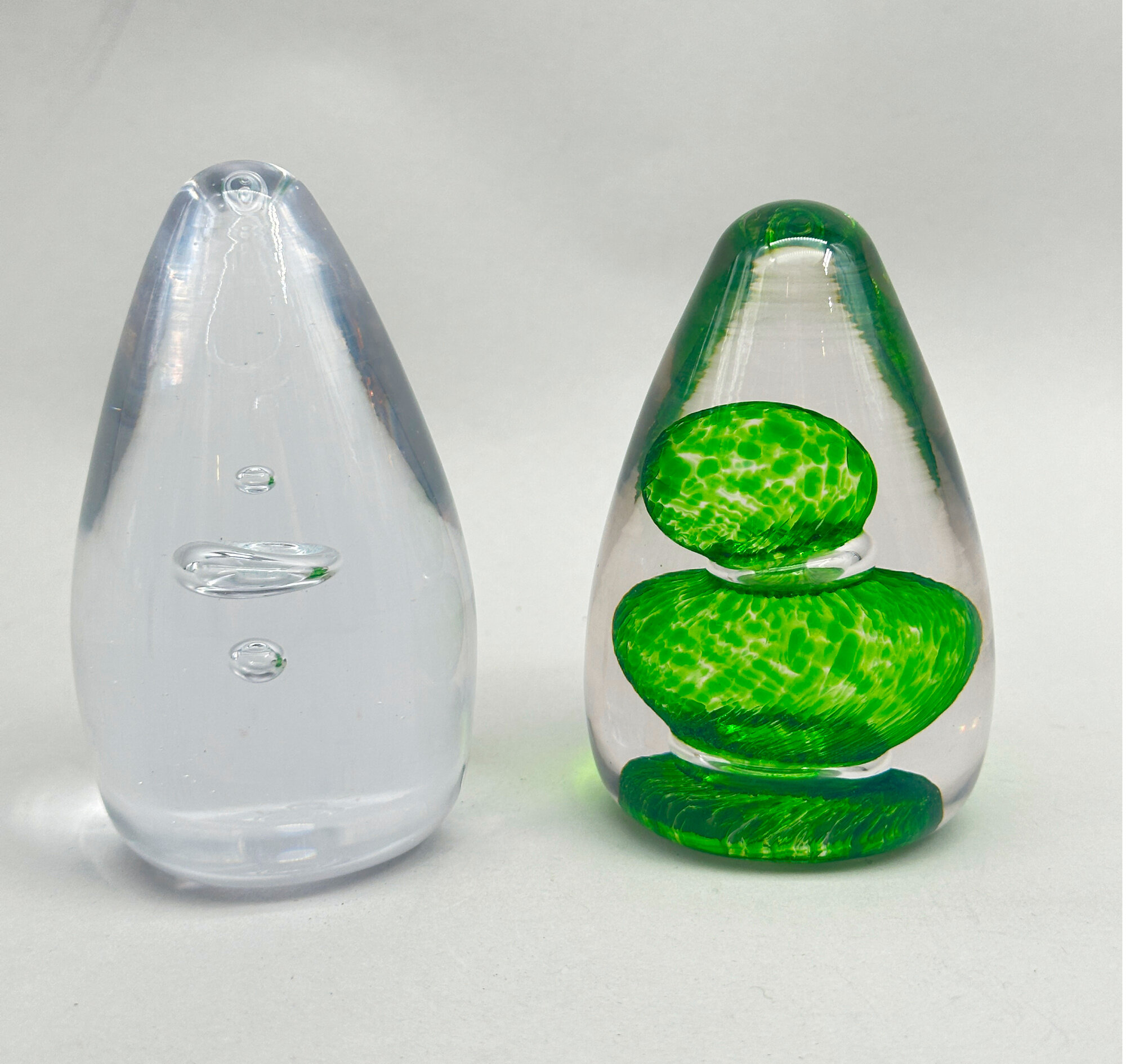
Two Wedgwood Glass paperweights designed by Ronald Stennett-Wilson, late C20th
Price: £40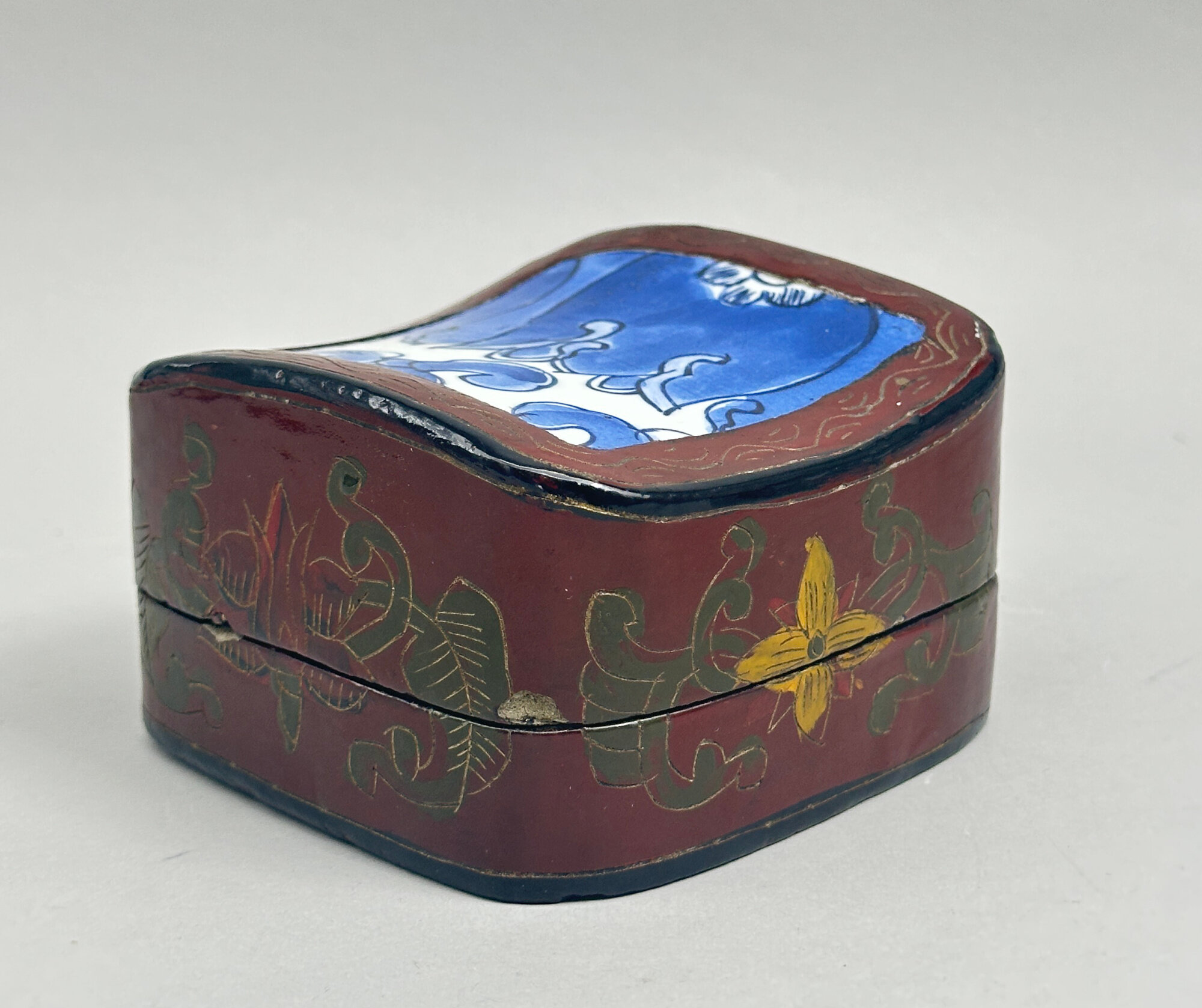
Vintage Lacquer Box with an inset ceramic Shard, probably Persian C20th
Price: £25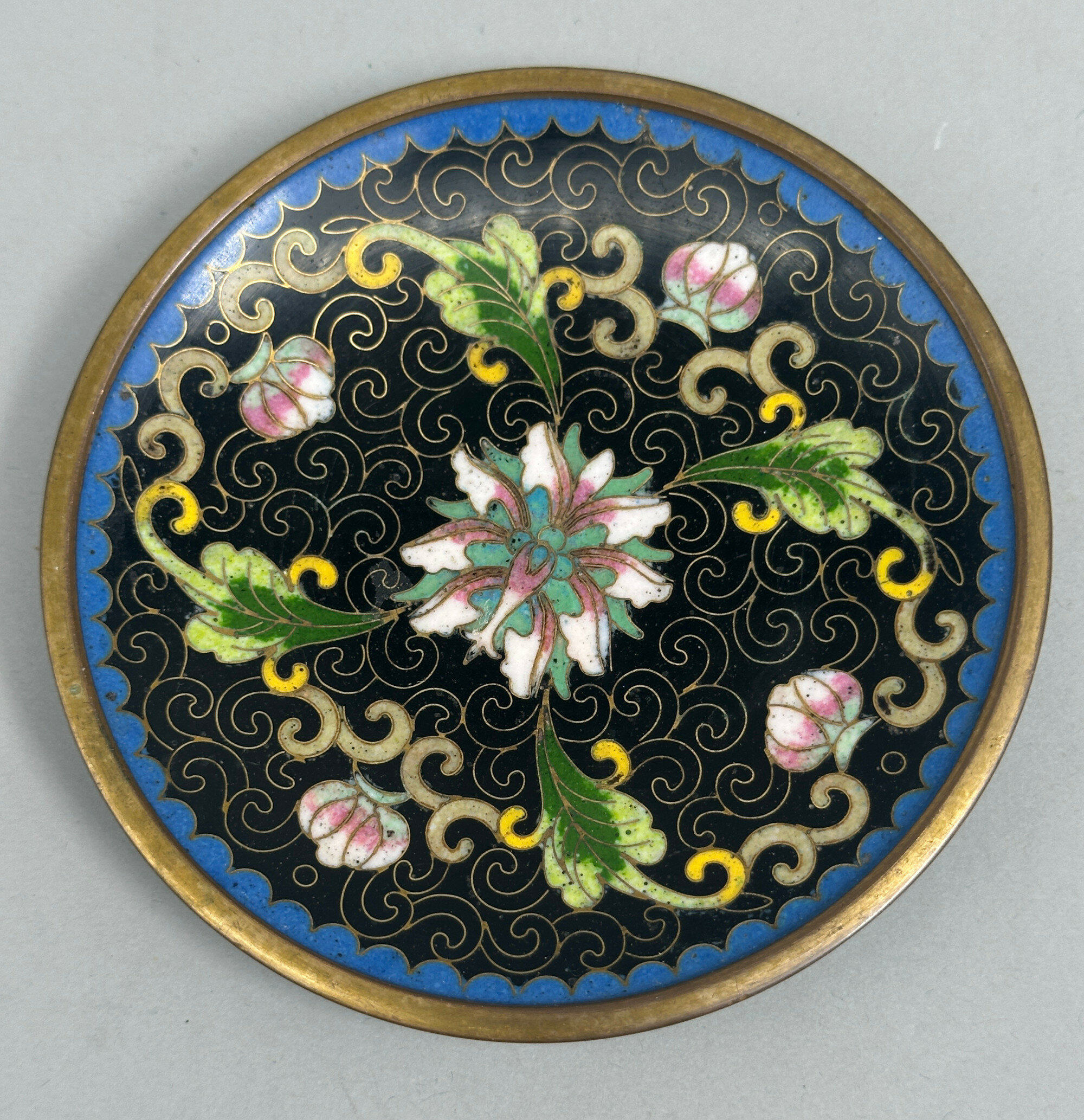
Small Chinese Cloisonné Dish decorated lotus, C20th
Price: £25
Japanese Fukagawa Jug and Stand decorated lotus, signed, circa 1900
Price: £45The Fukagawa kilns produced the best quality Imari items made in Japan in the late nineteenth century for export to the West. Their history starts with Ezaiemon Fukagawa who in 1856 became head of his family's porcelain business and in 1875 founded Koransha (The Company of the Scented Orchid) in Arita, Japan, to produce tableware for export. In 1894 the modern Fukagawa company was founded by Chuji Fukagawa, with the Fukagawa trade mark of Mount Fuji and a stream, as its trade mark. Dating of these pieces is therefore towards the end of the Meiji period (1868 - 1912) probably around 1900. While the decoration is similar to that found on other Fukagawa pieces there are few, if any parallels, and tea ware pieces by the firm are not very often seen.
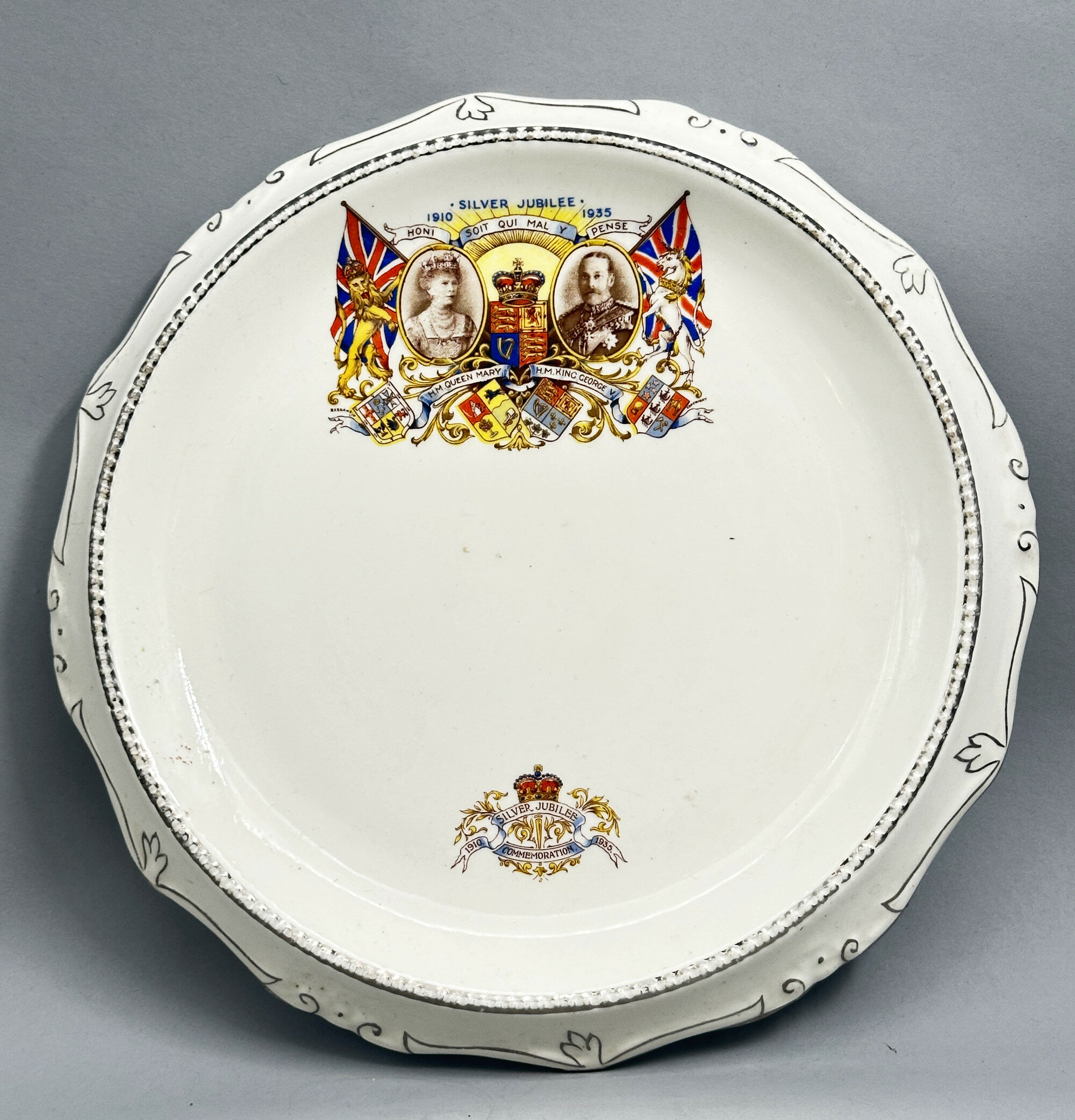
Commemorative Ware Silver Jubilee Plate, James Kent Ltd, England, 1935
Price: £35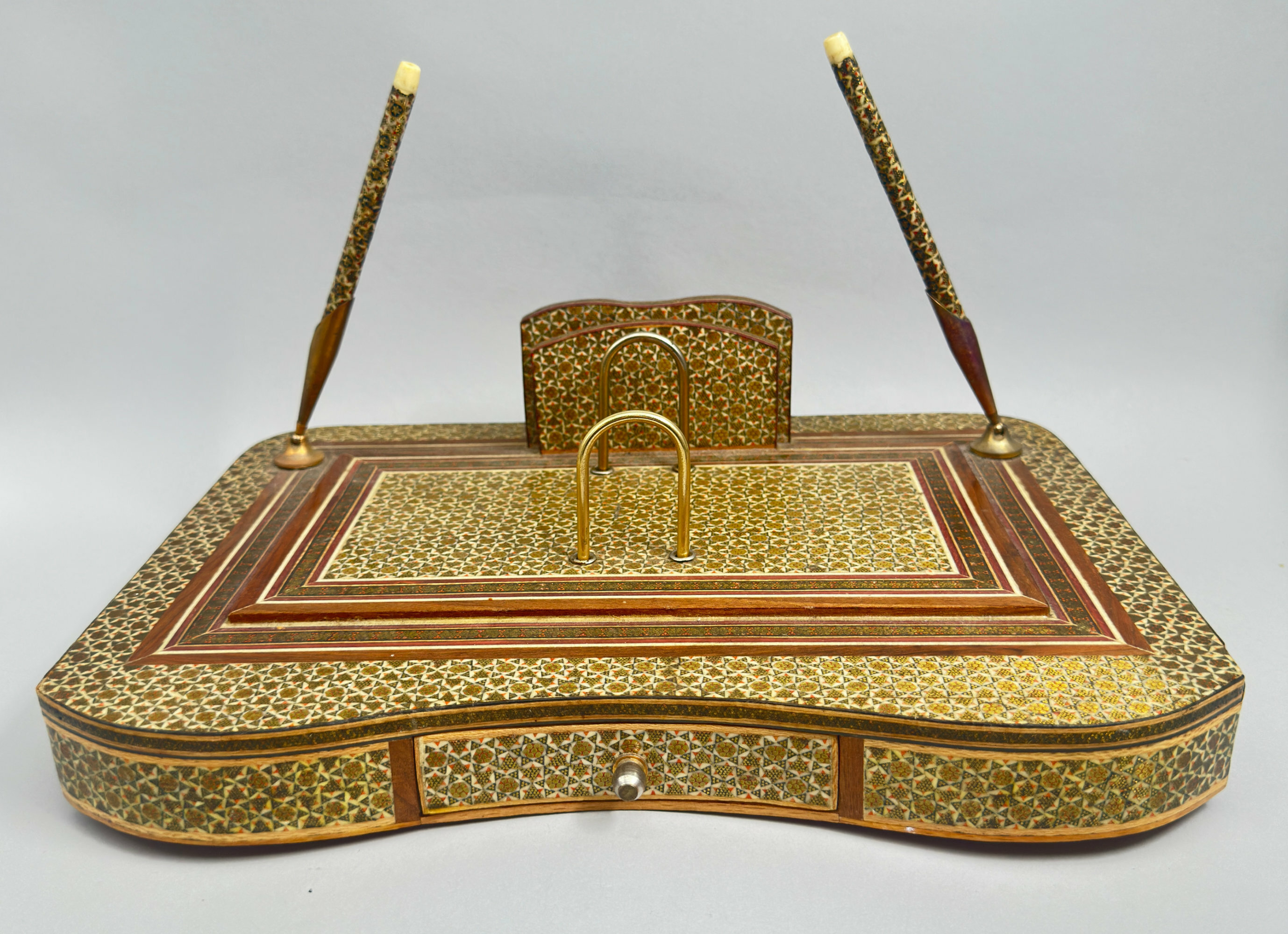
Persian Marquetry Khatam Kari Desk Set, second half C20th
Price: £55The intricate marquetry decoration used here, with its repeating star form pattern, is called ‘Khatam’ work. Khatam is the capital of Khatam County in Iran and is the centre for craftsmen working in this technique. Khatam is a Persian version of marquetry in which the surface of wooden articles is decorated with small pieces of wood, bone and metal formed into precisely-cut geometric shapes. The process is time consuming involving the cutting of the shapes and gluing them in place, followed by smoothing, oiling and polishing. In Persian, the work is known as ‘Khatam kari’, ‘the art of crafting Khatam ware’.
These desk sets occur in a wide variety of forms. The drawer is less commonly found and decorated pen holders are, as said above, most unusual. These sets seem to have been made from the 1950s onwards. The use of a ‘biro’ pen indicates a dating from the 1960s onwards and perhaps this example is a bit later than that, but the workmanship speaks for itself and the piece has survived in excellent condition with minimal damage, providing a truly elegant ‘desk tidy’ for the contemporary study!
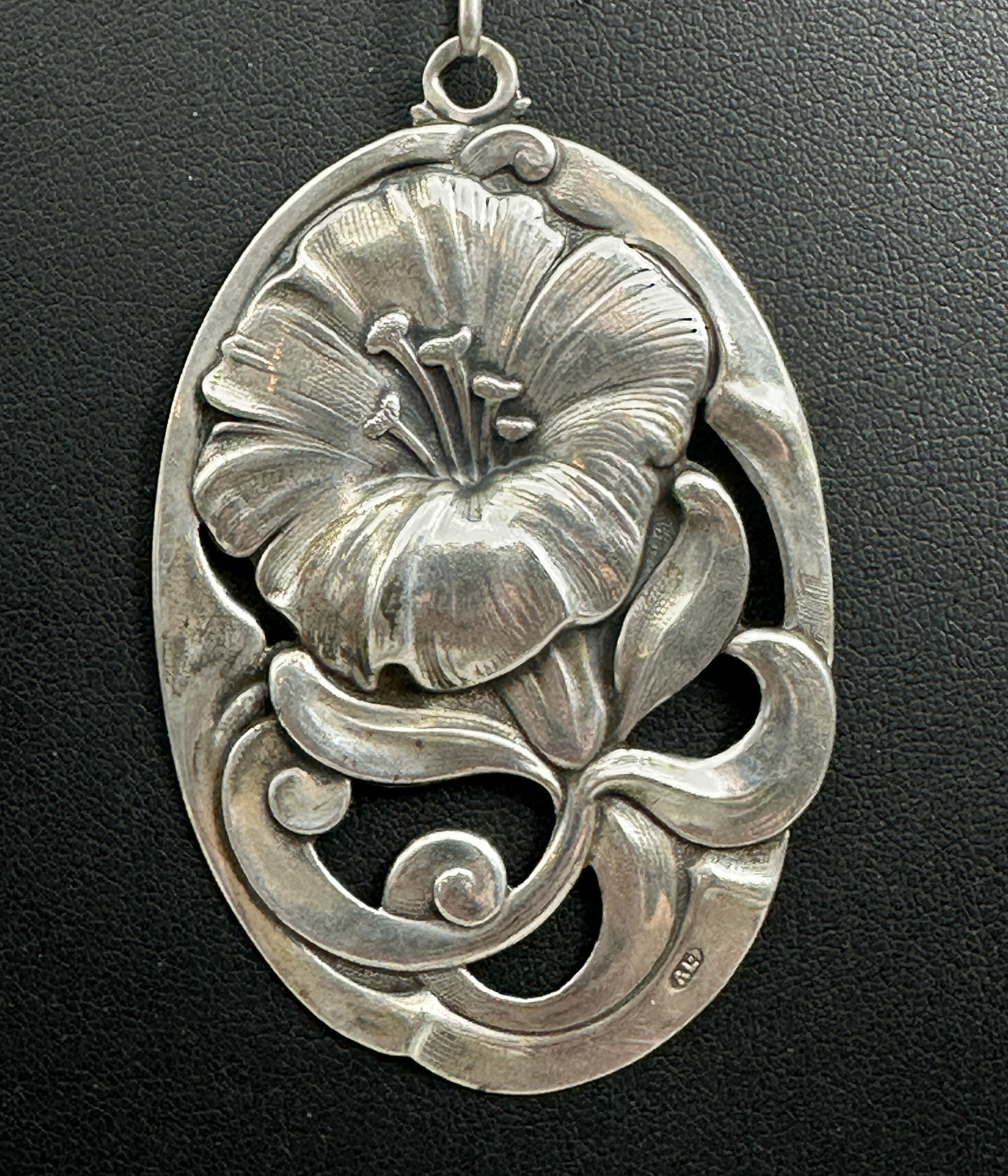
Art Nouveau repousse Pendant on later chain, c1910
Price: £95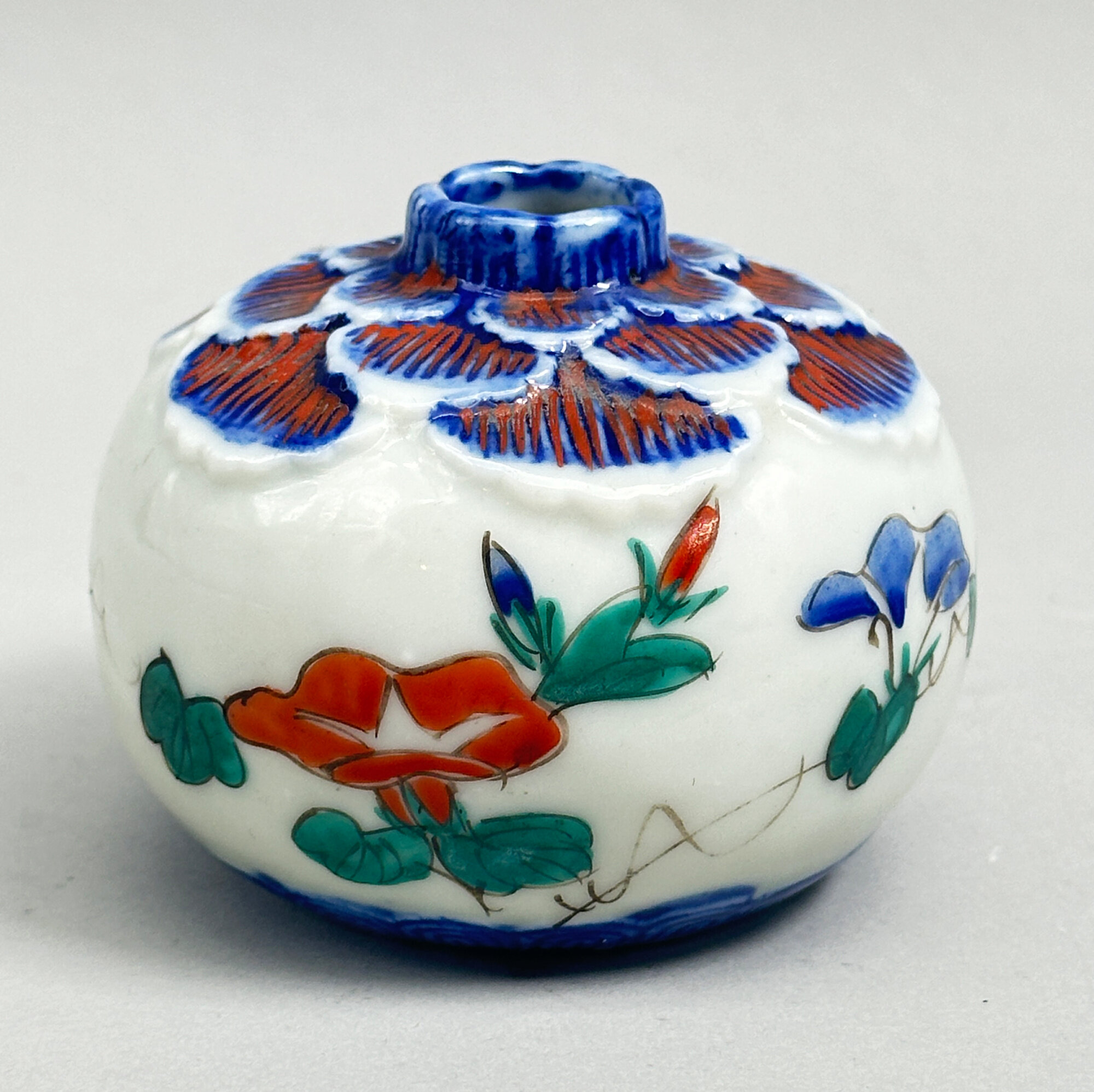
Chinese lotus form Water dropper, C20th
Price: £25
Taxco Silver and Copper Bracelet, c1940
Price: £55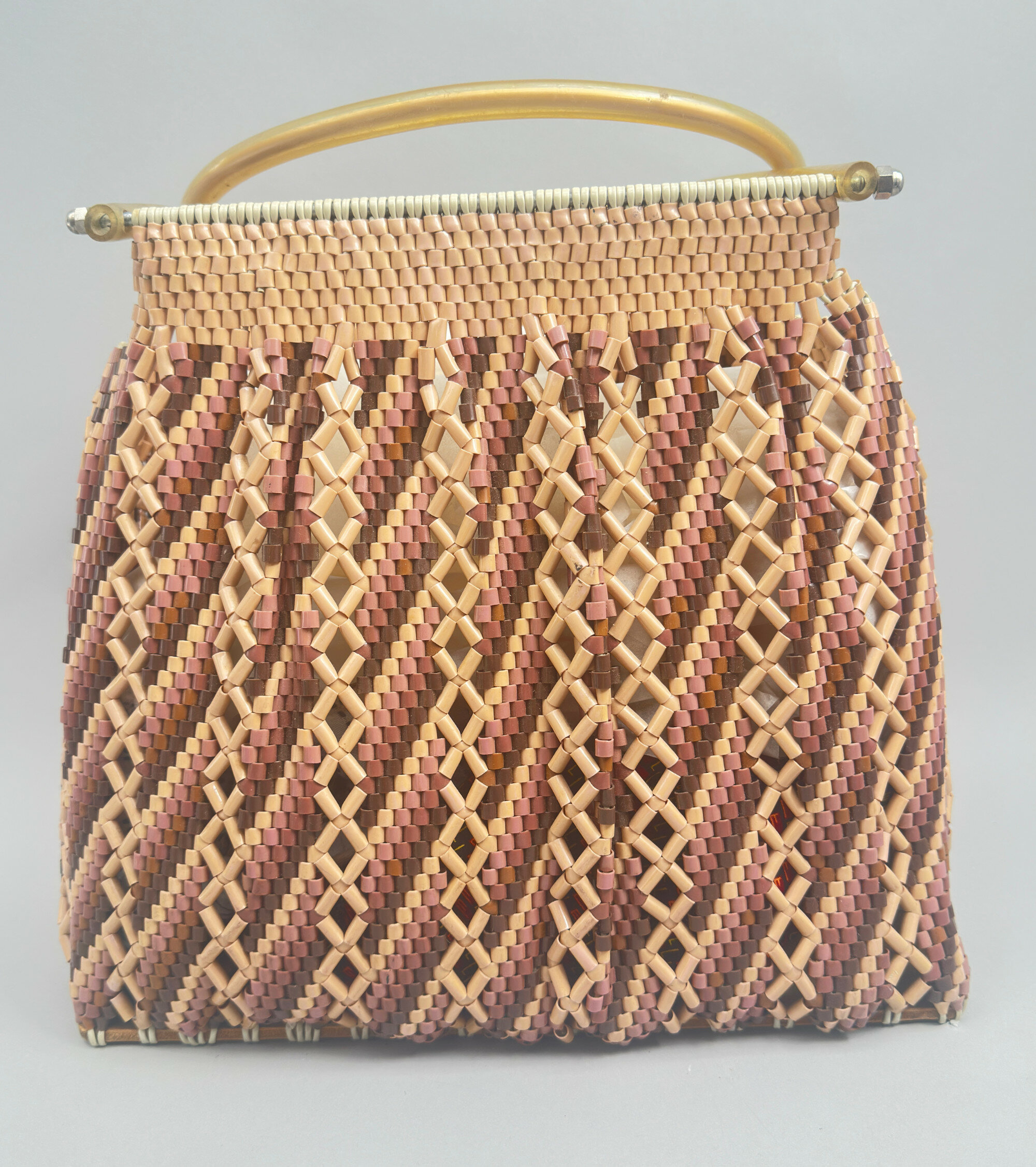
Sack form plastic beaded bag, English, 1950s
Price: £65
Vintage black crocodile Handbag, Italian, 1980s
Price: £150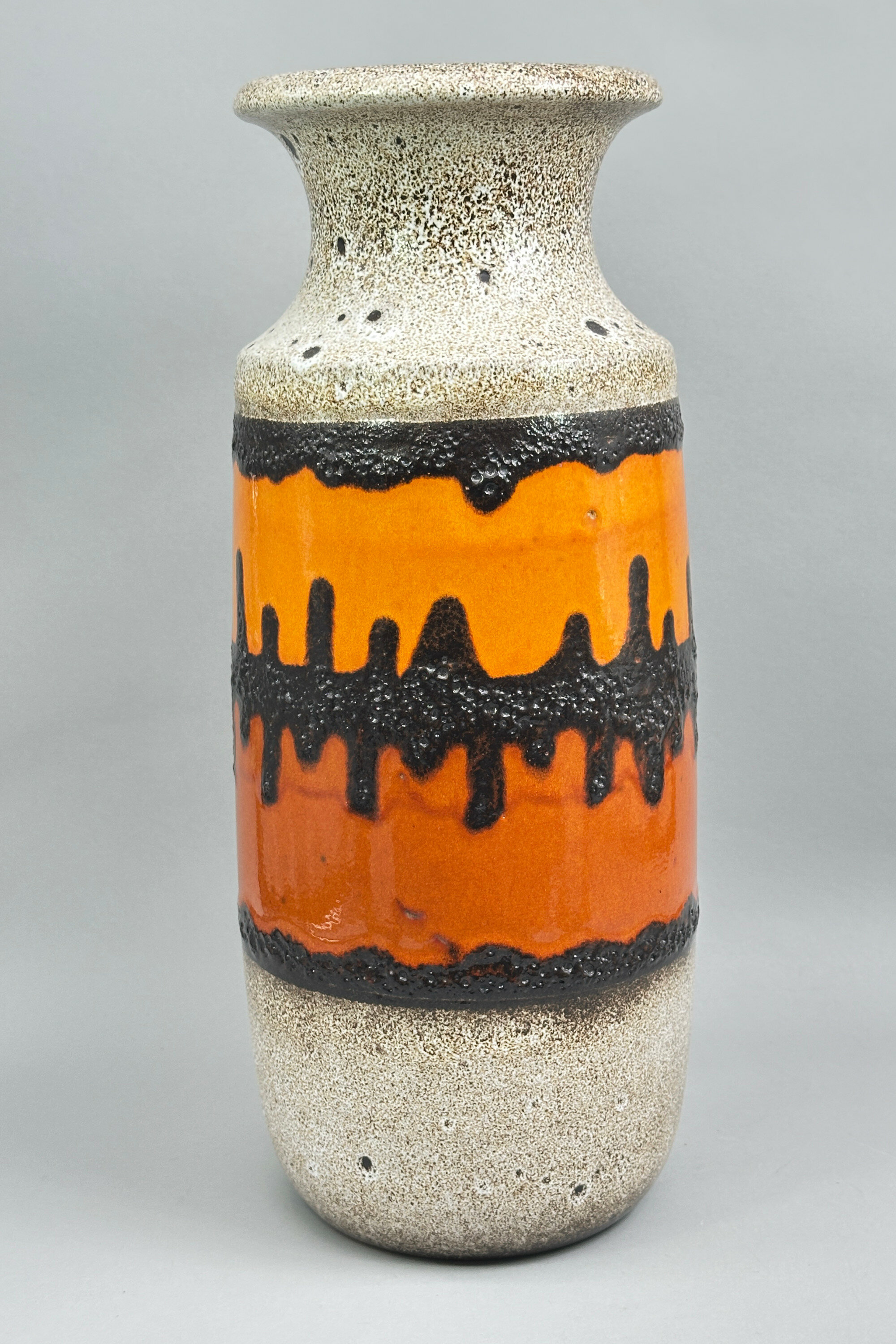
West German Studio Pottery Vase, Scheurich 259-41, 1970s
Price: £150……………………………………………………………………………………….....................................................................................… .
It took time for Germany to rebuild after the Second World War and it was not until 1949 that the country regained its national identity. The production of ceramics slowly revived and began to gain momentum in the 1950s eventually reaching a total of over one hundred companies and studio potteries. Some of the concerns produced a substantial output including Carstens, Bay, ES, and Dümler & Breiden but the most prolific of all was Scheurich. In 1927 Alois Scheurich established with a partner a company named ‘Scheurich and Greulich’ (S&G) which focused on producing low cost ceramic and glass items (see image 7). The success of this business provided the springboard for the creation of ‘Scheurich KG Keramikfabrik’ in 1954. While it commenced production rather later than some of its competitors it soon grew to overtake them and the glaze colourings for which it became best known were produced in the 1970s. Eventually the firm changed direction yet again and is now known for producing ceramic garden ornaments which have an international appeal.
Most of the Scheurich pieces are marked, nearly always with two sets of numbers ‘XXX-XX’ and the wording ‘W.GERMANY’, although there are variants. The firm’s name can appear in addition, as here, where we see as well ‘SCHEURICH KERAMIK’, and it is thought that this indicates a later dating to the 1970s/1980s. The first three numbers are the model number and the last two the height in centimetres, here ‘259-41’. ‘259’, as with nearly all the model numbers, was made with a wide variety of glaze colourings and effects. Equally, similar colours and patterns were used on different models. The shape is one of the firm’s most successful. The cylindrical body narrows gently towards the base and has a well defined shoulder with a concave neck and an inturning rim. The bright orange at the centre is bordered with and divided by irregular black ‘crusty effect’ bands. These are an excellent example of the apocryphally named ‘lava’ glaze for which Scheurich was so well known. Either side of this are two sections of grey speckle glaze which complete the whole. The vase is glazed brown inside and at the base which has the factory markings in raised lettering. Similar glaze combinations can be found on other pieces but the result is rarely as successful as here and the colour scheme used enhances the classic simplicity of the shape, loosely derived from a Chinese original.
This is a vase to appeal to decorators and collectors alike and is very much a ‘one off’ example of these popular wares standing rather apart from its many companions.
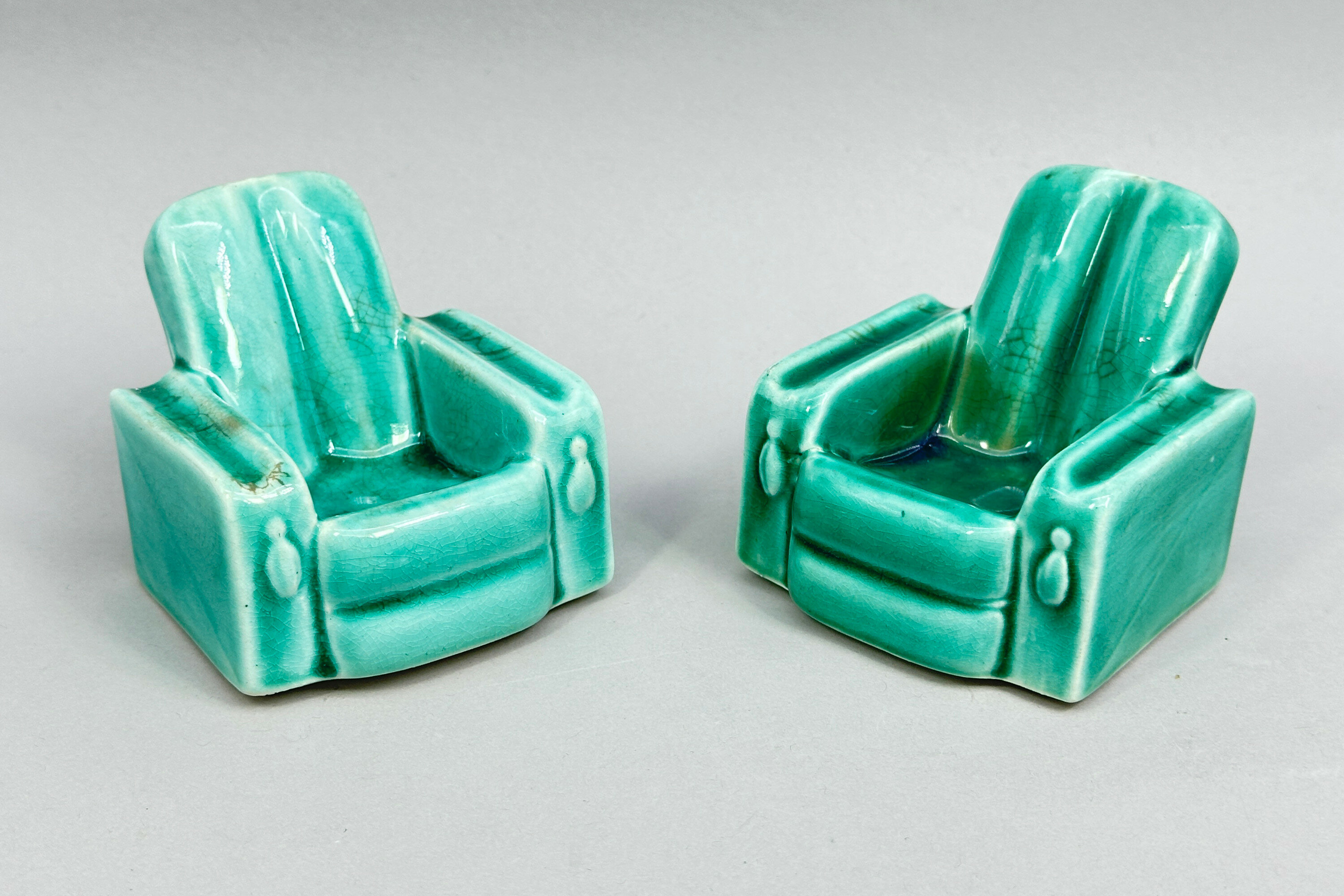
Pair of Vintage Art Deco style armchair Pipe Rests, English c1930
Price: £55
Pair of Doulton Lambeth Vases, signed and dated 1882
Price: £150The Doulton factory began production in 1815, first at Vauxhall and later moving to Lambeth. In 1882 it opened an additional factory at Burslem, Stoke on Trent in the centre of the English pottery. Known at first mainly for utilitarian works it began to develop decorative wares more extensively in the 1860s and soon gained a reputation for its distinctive designs. As the factory mark indicates, these pieces were made at the Lambeth factory and the absence of ‘England’ below it indicates that it dates to before 1891. The Lambeth ware pieces were often marked with the date of manufacture, here 1882 which is fully consistent with a design inspired by Eastern influence. The artist’s mark, ‘B’ with a tail, which appears on both pieces, is for Alice L Burlton, whose signature can be seen on other pieces of a similar date with similar raised decoration. The other three markings ‘B’ and ‘OO’ presumably indicate the pattern number.
In general, Doulton designs were often both striking an experimental and this pair of vases is an example of their work at its best, a striking form combined with skilful decoration making them true collector’s items.
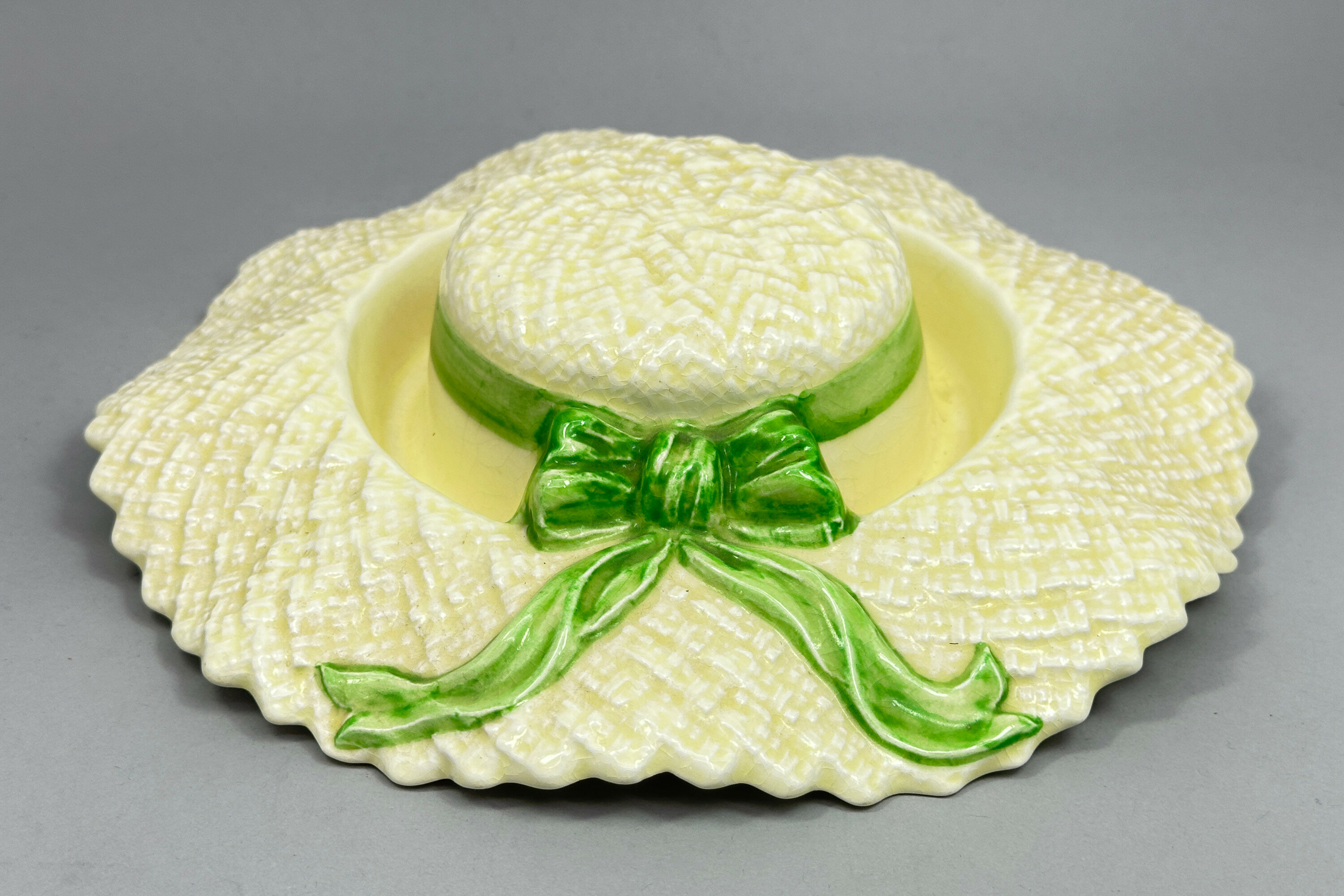
Novelty Bonnet Posy Vase, 1940s/1950s
Price: £25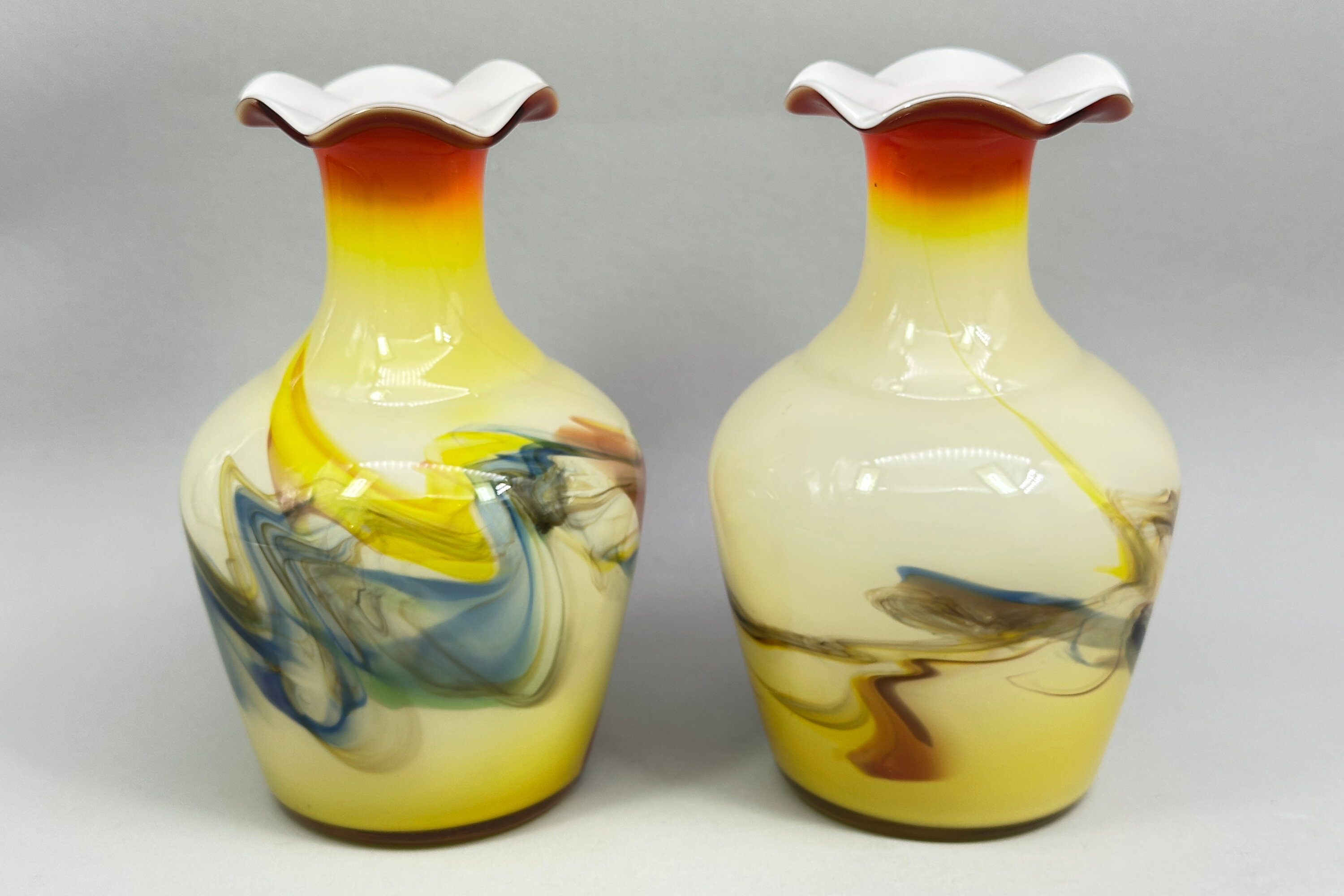
Pair of Chinese Dalian Glass Co. Ltd Vases, second half C20th
Price: £45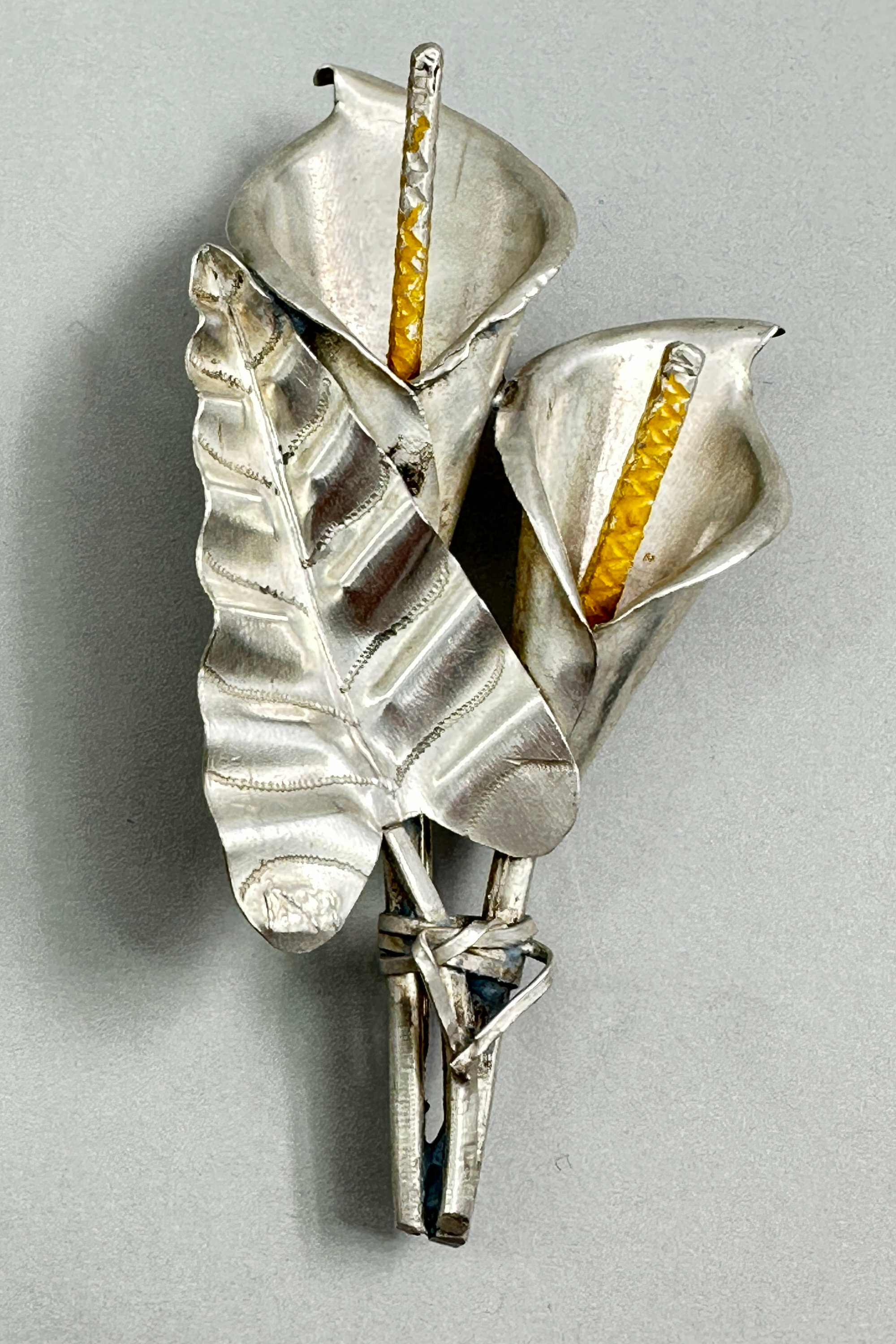
Modernist Silver White Anthurium Brooch, Mexico, 1970s
Price: £25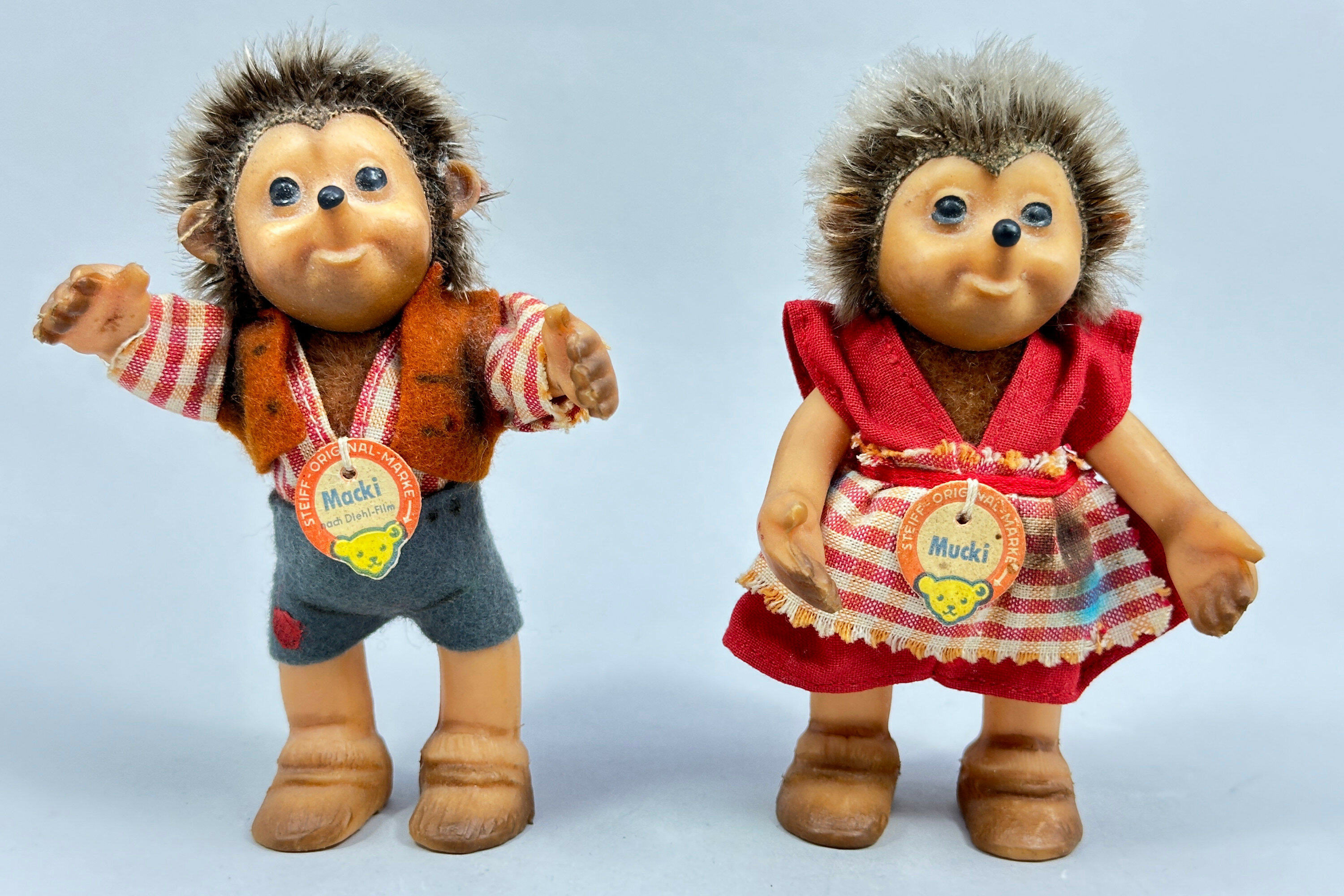
Steiff Hedgehogs : Macki and Mucki, 1950s/1960s
Price: £120…………………………………………………………………………………………........................................................................................…
The firm Steiff was begun by Margarete Steiff in 1880. A seamstress by training Margarete recognised a strong demand for some fabric elephants which she had made and intended for use as pincushions but soon became adopted as toys. Many other animals followed and a felt factory was founded in Giengen, Germany, in 1893 soon to be followed two years later by the first consignment of her wares to Harrods, London. In 1897, Margarete’s nephew Richard joined the firm and went on to design the first plush bear with movable arms and legs for which a substantial order was received of 3000 examples in 1903 from an American buyer who sensed a growing demand for these animals as a result of the US President Theodore ‘Teddy’ Roosevelt being shown in a photograph with a young cub in The Washington Post of the previous year. By 1907 a little under one million of these bears were being produced and turnover went on to increase substantially. Steiff bears can be purchased today and the earlier examples are actively sought after by collectors.
In the 1930s, Steiff began to collaborate with the Walt Disney company and characters from their films were reproduced starting, unsurprisingly, with Mickey Mouse and going on to include some of the most famous creations even up to the present day with ‘Nemo’ and ‘Woody’ from Toy Story being recent and popular additions.
The Hedgehog family, comprising Mecki and Micki with their children Macki and Mucki first appeared in 1951 and continued in production until the 1990s. These four characters are often found, sometimes with the characteristic round Steiff tag bearing their name and with the wording ‘Steiff–Original–Marke’ with an arrow pointing to a teddy bear’s head, but other hedgehog models which can be regarded as ‘cousins’ were made for a brief period in the 1960s. The nuclear family, though, comprised these four and they are sometimes illustrated together on postcards. Some of the round tags have additional wording ‘nach Diehl Film’ (‘from/after the film [maker] Diehl’) which refers to a German film company set up by three brothers Ferdinand, Hermann and Paul Diehl in 1937. They specialised in the ‘stop motion’ technique which involves the minute movement of model figures which, when photographed and with the images displayed in quick succession, allows the illusion of movement, now familiar today in the films featuring Wallace and Gromit.
Mecki and his family were popular characters in some of the films the Diehl brothers made and first made their appearance in 1949 designed as mascots for a German periodical called ‘Hor Zu’ which began publication in 1946 and covered radio and television news. Some of the tags attached to members of the family allude to this and Macki’s here reads at the back ‘Redaktionsigel von Hor Zu’ (‘the hedgehog editor of Hor Zu’). This explains the blue stain on Mucki’s skirt which is clearly meant to represent ink. Other members of the family also display marks on their clothes as a sign of being hard at work. Sensing the popularity of these characters, Stieff negotiated an exclusive right to produce dolls of them in 1951 and the hedgehogs became a staple of their output. The Diehls’ last film was made in 1970 and the hedgehogs featured in more than one over the years, becoming much loved characters in Germany during the 1950s and 1960s.
The techniques of production of the figures varied over time as did the attached labels. The earliest were made from 60% wool and 40% cotton with the faces formed from rubber like latex over a straw filling. Such example of these as survive are in rather poor condition. The very latest versions, made from 1968 to 1990 have a different form of chest name tag and a different ‘button’ label. (From the earliest times, Steiff toys had a yellow rectangular label listing the materials used and the country of origin and sometimes the price, attached by a small button marked ‘Steiff’. Unfortunately, these are missing here but the chest tags are intact and in good condition which does not always occur.) Dating of these two examples is therefore midway and probably to the late 1950s or early 1960s and they survive in near pristine condition making them an excellent addition to a collection of Steiff soft toys and a fine memento of almost iconic companions to so many children in post war Germany.
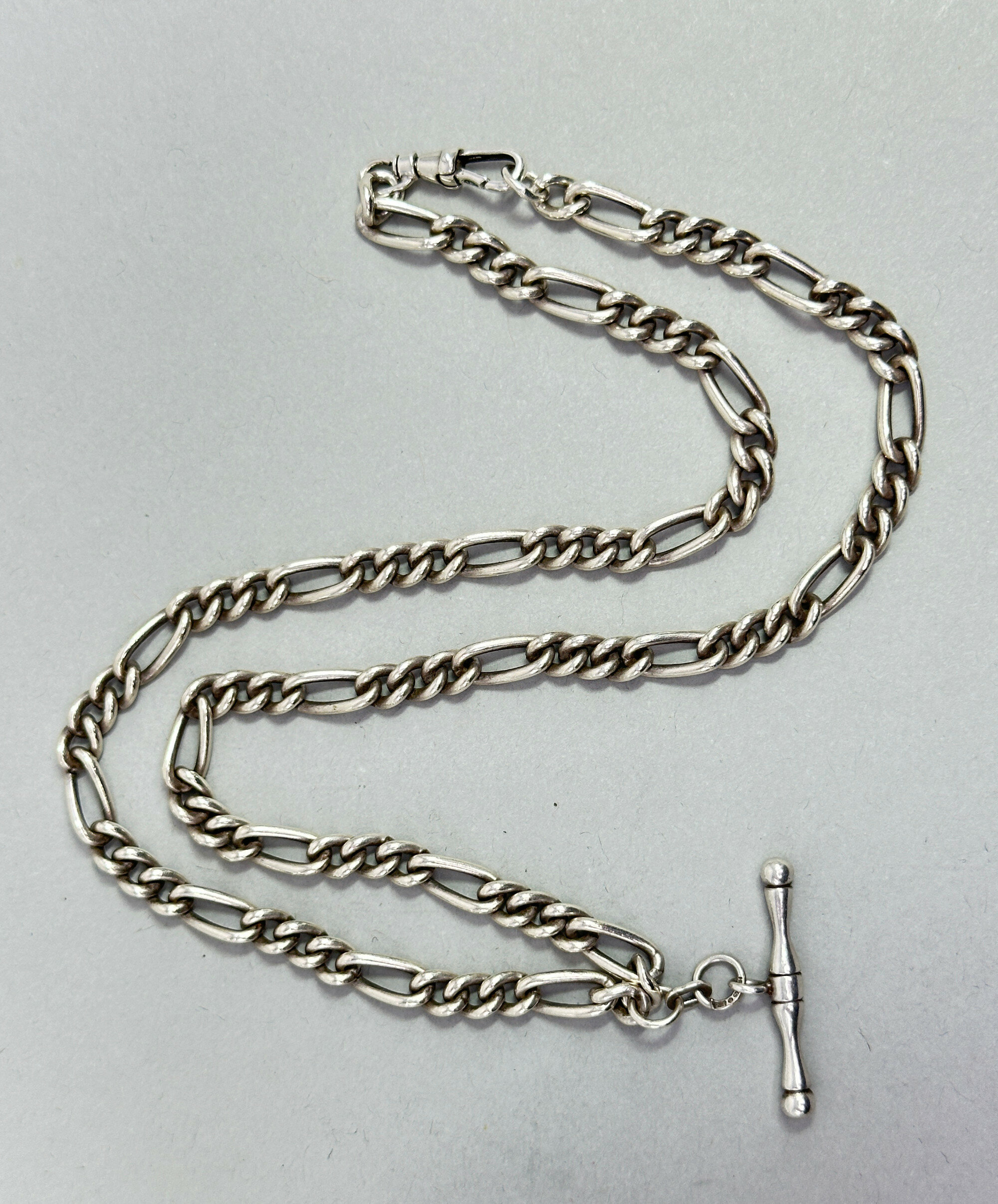
Prince Albert Necklace with T bar pendant c1900
Price: £95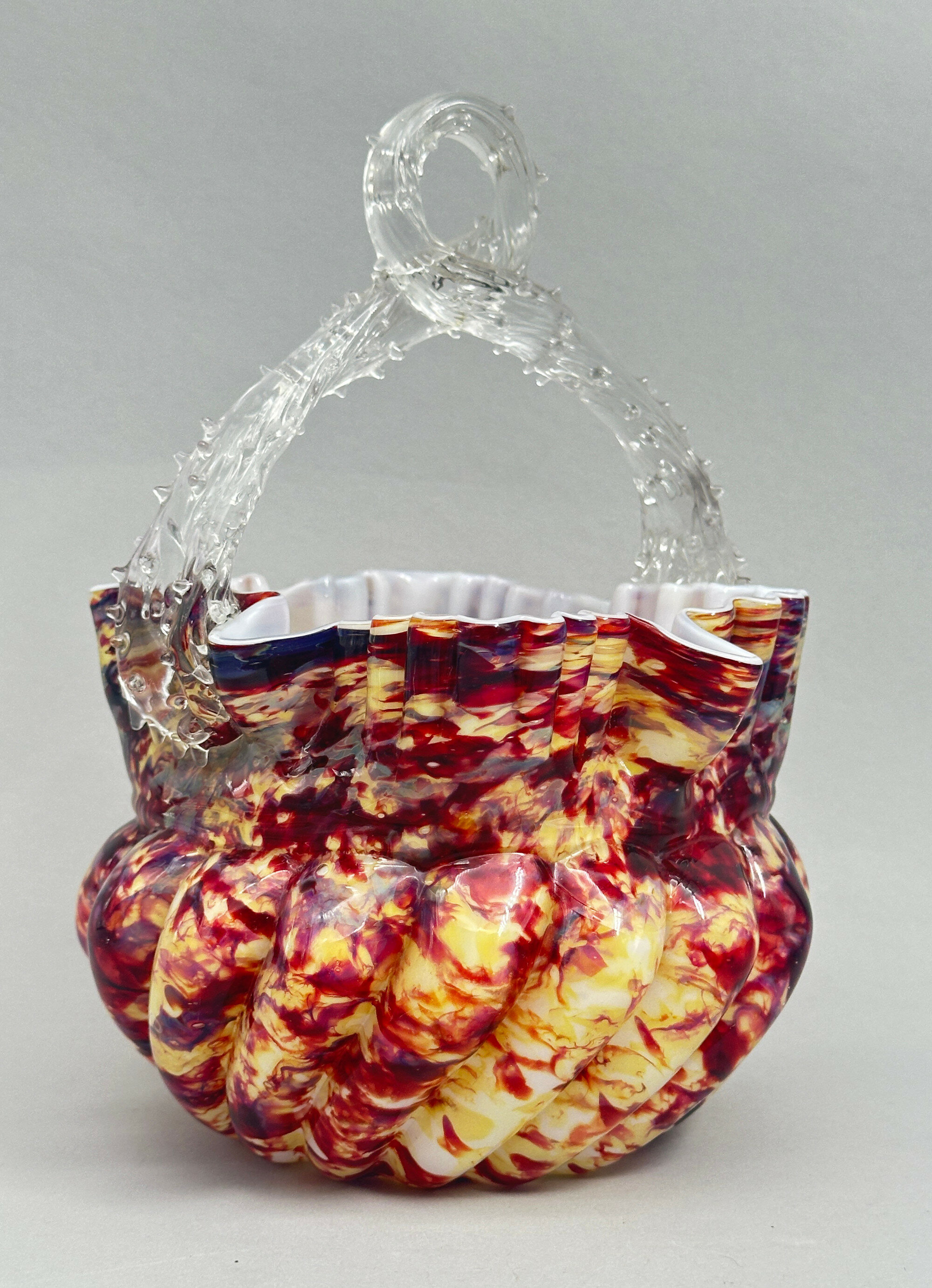
Spatter Glass Basket with thorn rope twist handle, probably Stourbridge, late C19th
Price: £75The 'spatter’ technique was known from Roman times but enjoyed something of a renaissance in the Victorian era when there was a general revived interest in the glass making techniques of the ancient world. Similar baskets are normally associated with the glassmakers at Stourbridge, Worcestershire, a centre of glass production since the 1600s, and this seems the most likely source of this piece, with a dating to the late nineteenth century. It is an excellent example of the type and remains in fine condition.
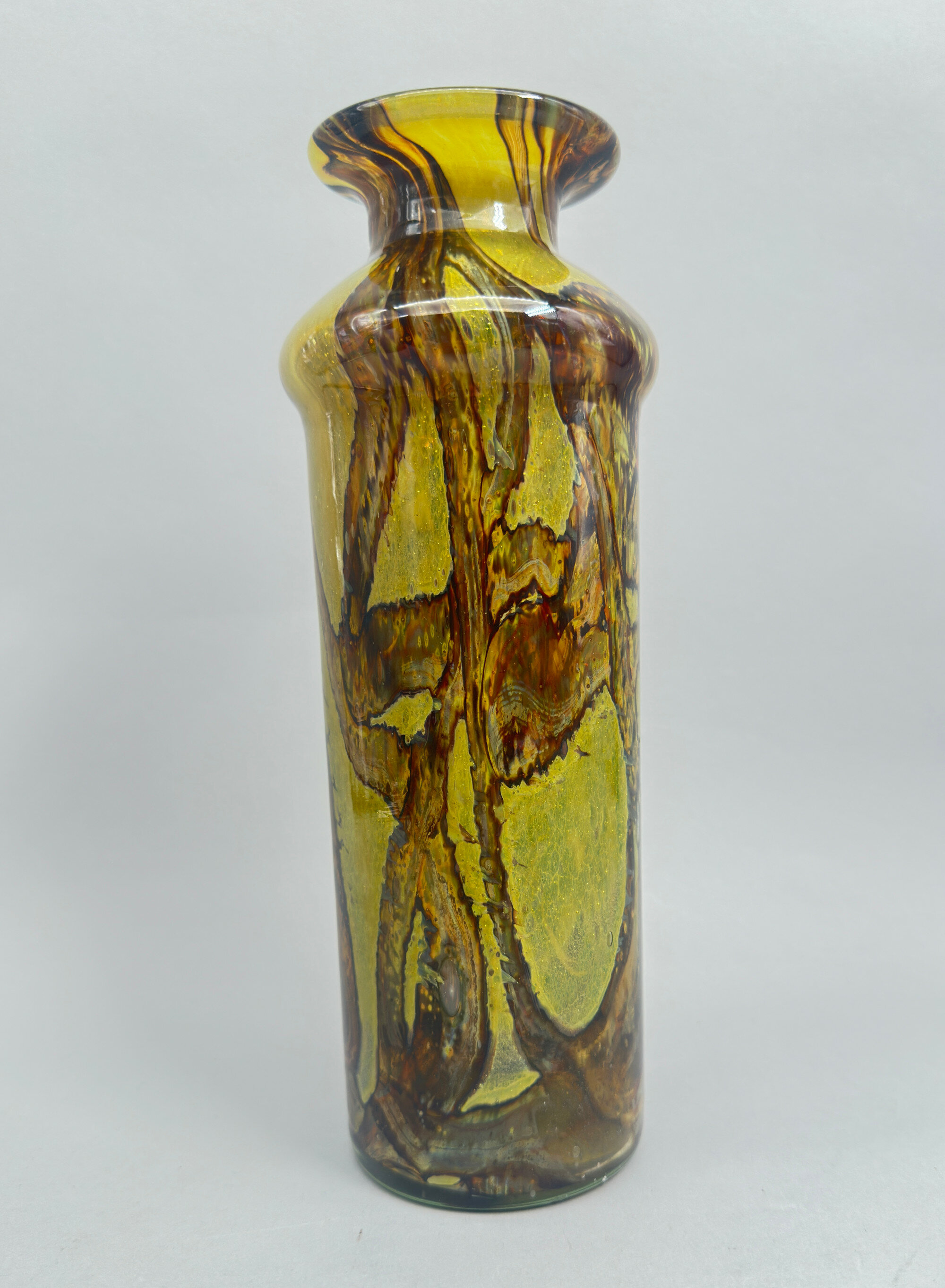
Mdina Earthtones Pattern Vase, late C20th
Price: £85Mdina Glass was founded in the Maltese town of Mdina in 1968 by Michael Harris and Eric Dobson. The town had no history of glass making but the venture proved to be a success. Its wares, free formed organic glassware, often in colours inspired from the sea, sand, earth and sky, proved very popular with tourists visiting Malta. Michael Harris left Mdina in 1972 and formed a new company, Isle of Wight Studio Glass, on the Isle of Wight, UK, leaving Eric Dobson in charge, but many of the designs he created continued to be made at Mdina Glass after his departure although new designs and patterns were added as well of which this vase is an example. Ownership of the company later changed but it is still producing a popular range of glasswares today.
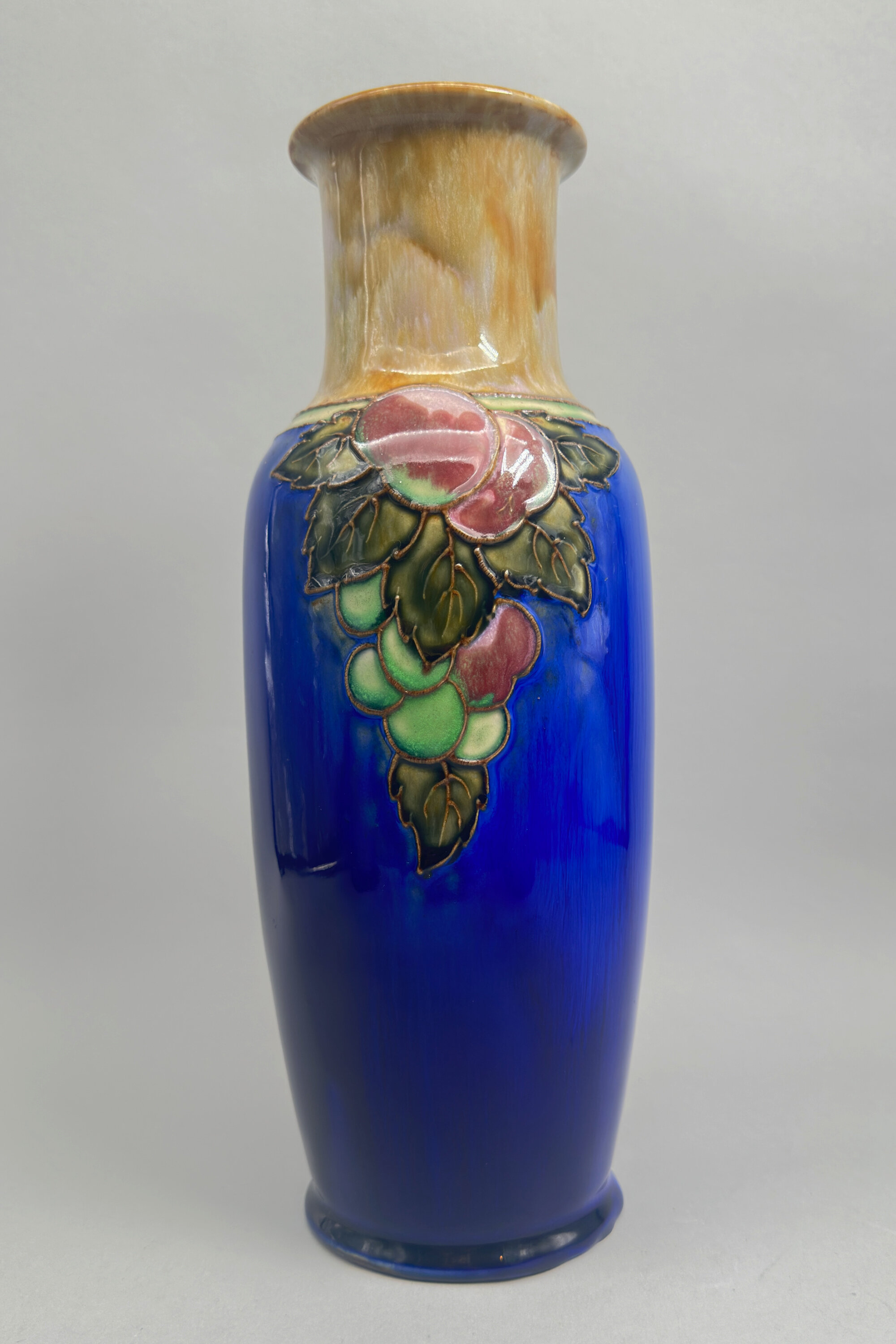
Doulton Vase with raised grape and peach decoration, 1920s
Price: £110The mark for Doulton is one of the standard impressed 'Royal Doulton England' marks where the lettering forms part of a circle combined with three thick lines and the centre is filled with four interlocking 'D's. The addition of a lion but not with the usual accompanying crown allows a fairly precise dating to between 1923 and 1927, although the pattern number beginning with ‘X’, which appears on other pieces with similar decoration but a different shape, is supposedly found on pieces made for couple of years thereafter. Either way, the mid to late 1920s dating fits with both the form and the decoration which have a distinctly Art Deco feel. The mark ‘P’ is for the decorator Lizzie Padbury but the scratched mark cannot be identified. Presumably the second set of numbers indicate the shape.
Royal Doulton produced many pieces reflecting the Art Deco style and other similar vases can be found on this site. They are an elegant reinterpretation producing pieces of great decorative appeal.

Indian silver onyx and carnelian pendant necklace/brooch, 2006
Price: £125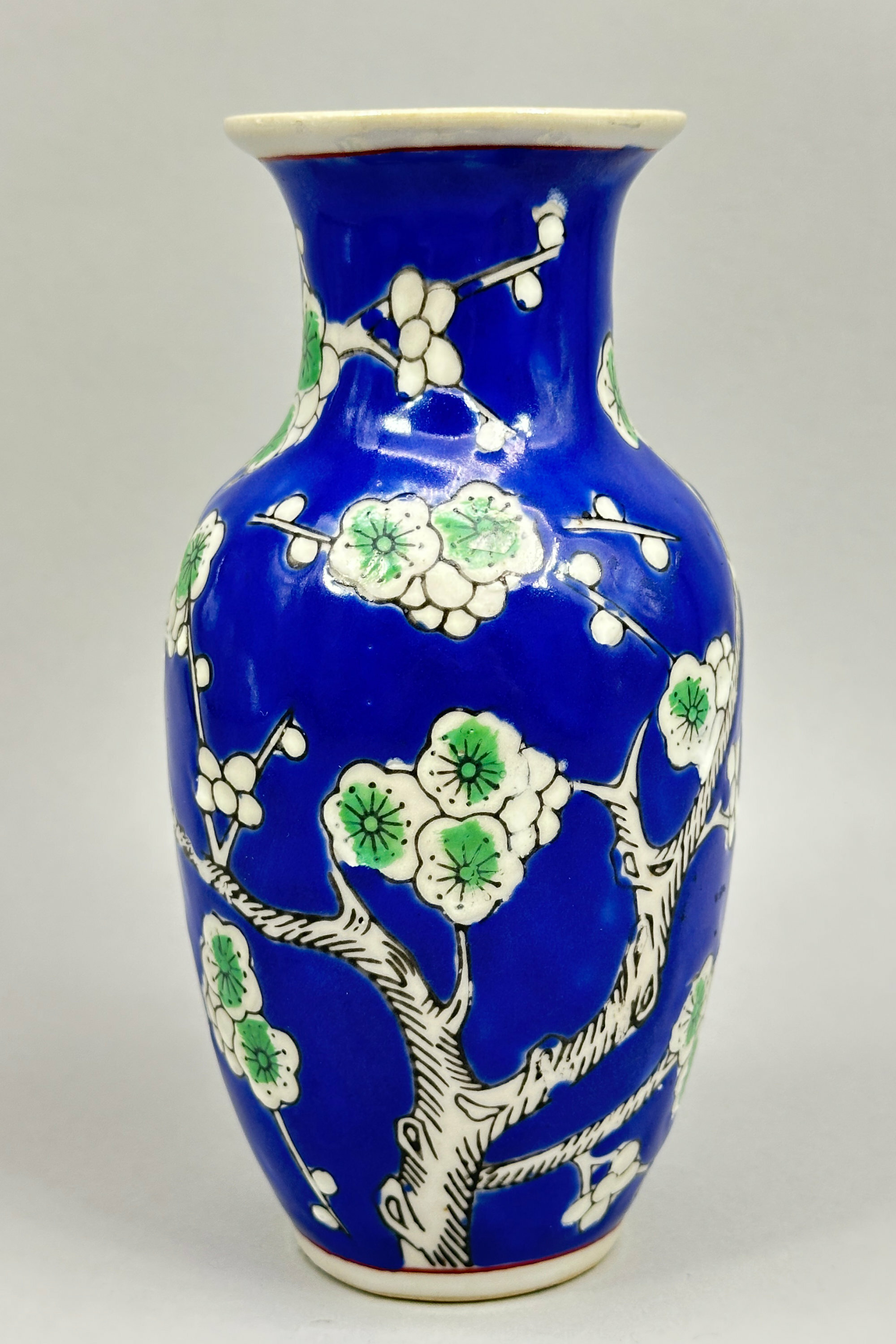
Chinese blue ground Vase decorated Prunus, late C20th
Price: £25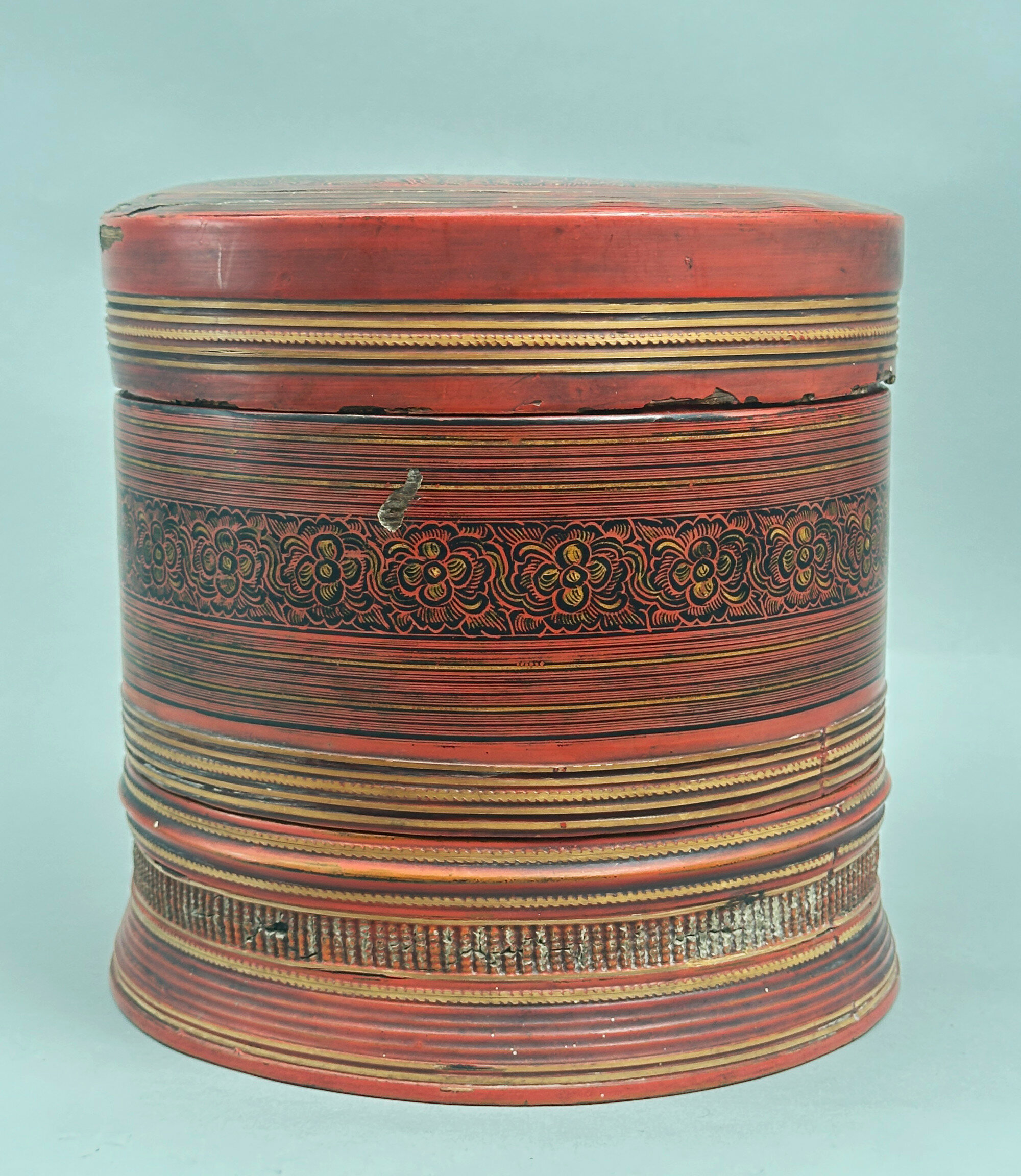
Burmese Lacquer Three Section Betel Box, early C20th
Price: £95The betel box seems to be mainly confined to Burmah, now Myanmar, and was normally made using the lacquer techniques for which the country was so well known. A woven bamboo, or sometimes cane or wood, base (which can be seen here where the lacquer has flaked away : see image 12) was covered in multiple layers of lacquer paste, each allowed to dry and then polished, and finally the piece was decorated. The format here is typical : an upper section with a tray on top covered by a lid which fits on to a lower section also with a tray on the top. The trays are coloured red on the inside and black on the outside, the lid and the boxes orange on the inside. The exterior decoration of the two section body and the base of the lid employs a wide mixture of narrow bands, some indented and some raised, with a broader band of repeated stylised floral decoration at the top and another with modelled vertical line decoration below. The base is slightly flared and the lid slightly very slightly domed. The top of the lid has a densely packed design comprising temples and dancing figures and the base a design of circles and waves. As with many of these boxes great care was taken in the ornamentation and this example was, perhaps, made for one of the wealthier households.
Dating of these boxes is put in the early years of the twentieth century and they survive as a memento of a tradition which is still practised, but with less elaborate accessories, in the present day.
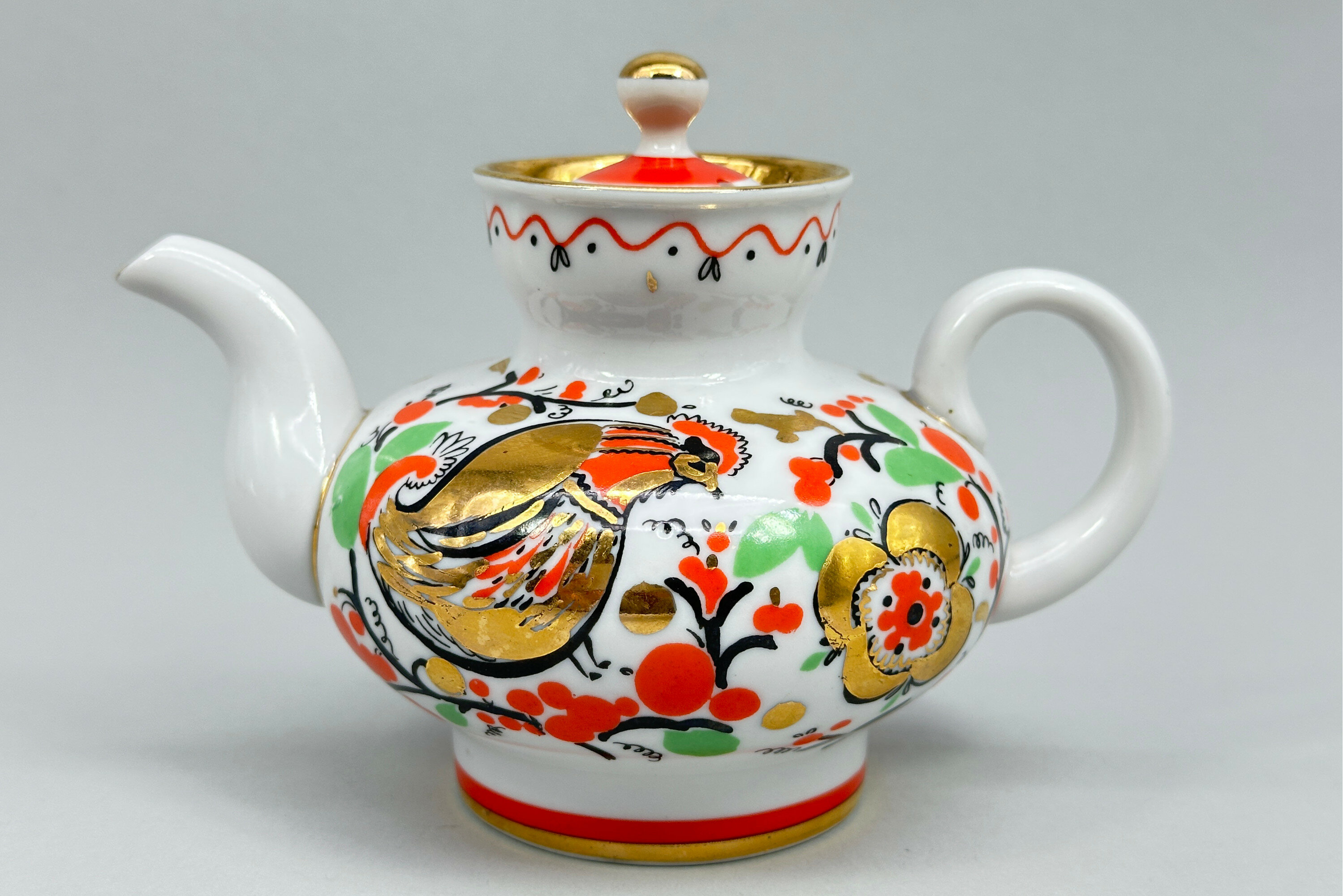
Lomonosov Teapot decorated Cockerels, late C20th
Price: £45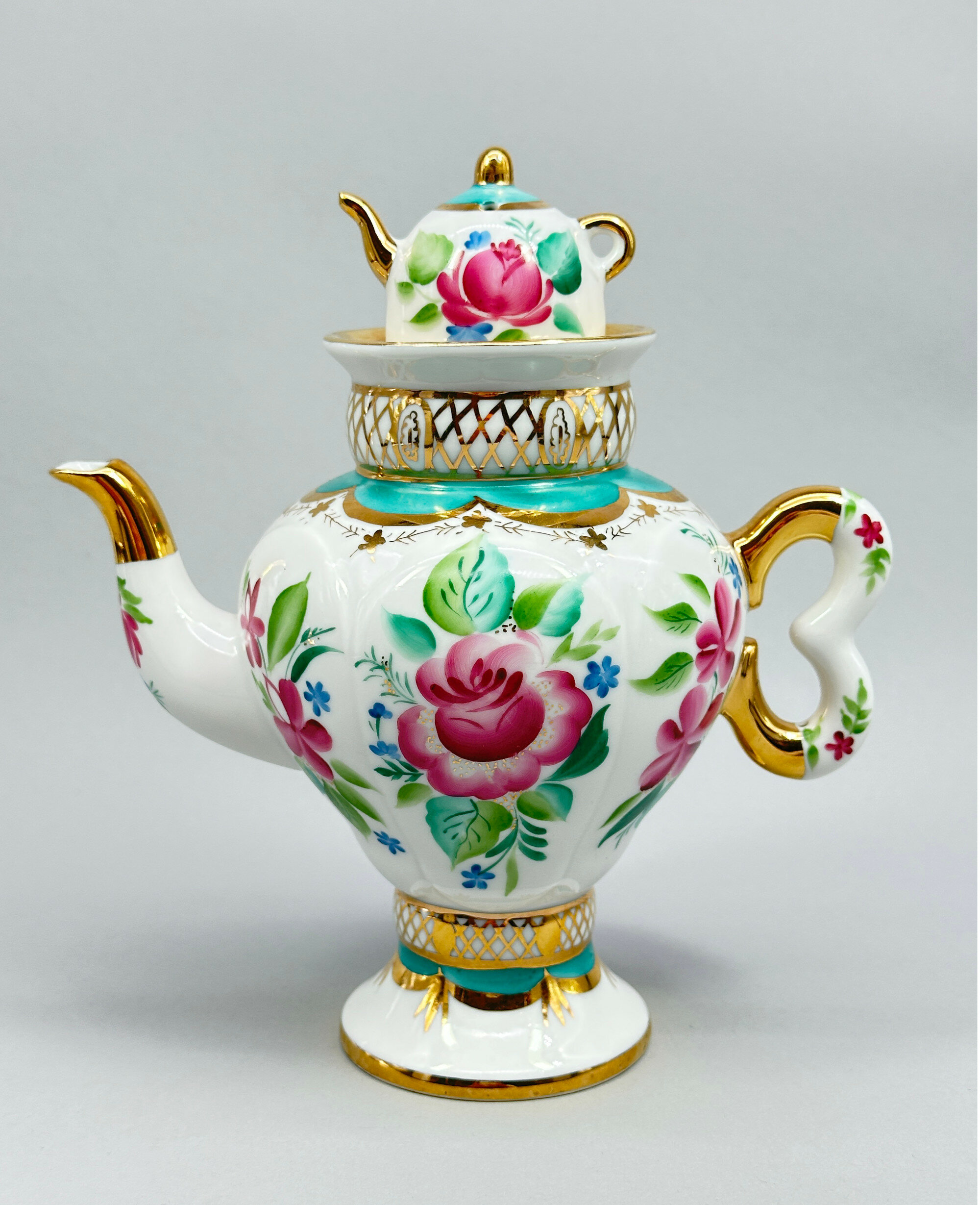
Lomonosov Teapot in the form of a Samovar, late C20th
Price: £75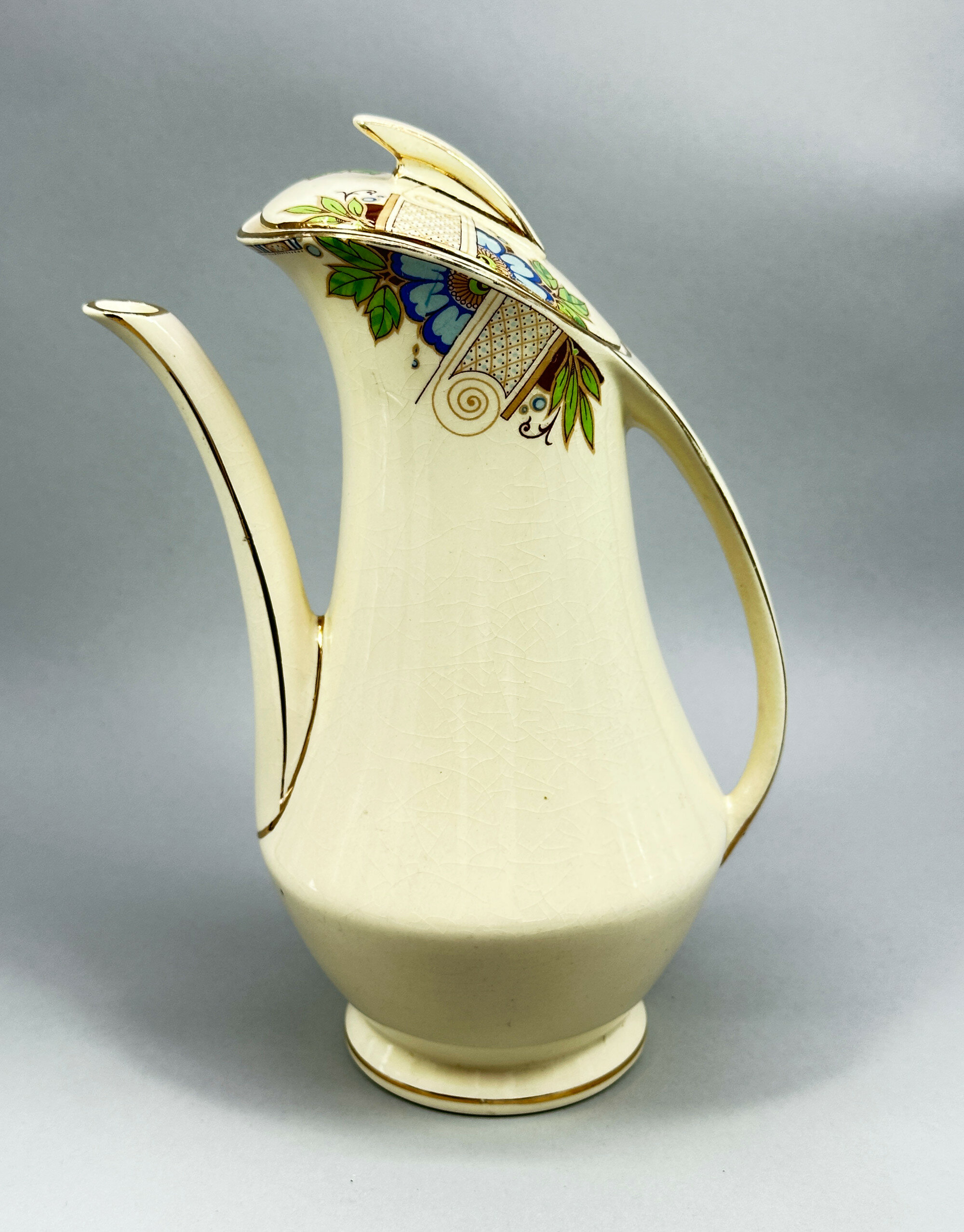
Art Deco Coffee Pot, Crownford Burslem, Staffordshire 1930s
Price: £35Burslem in Staffordshire was one of the famous six ‘pottery towns’ and immortalised in the novels of Arnold Bennett as ‘Bursley’. The firm Thomas Ford and Sons began its production there in the late nineteenth century, continuing until 1938 when the business was purchased by Oswald Shufflebottom who renamed it Ford & Sons (Crownford) Ltd. The trade name ‘Crownford’ had been adopted quite early on by the Ford family and was kept by the Shufflebottom family until the late 1980s. The ‘Crownford Burslem’ wares were mostly produced in the fashionable Art Deco style during the late 1920s and 1930s and this coffee pot is a fine and representative example of their work.
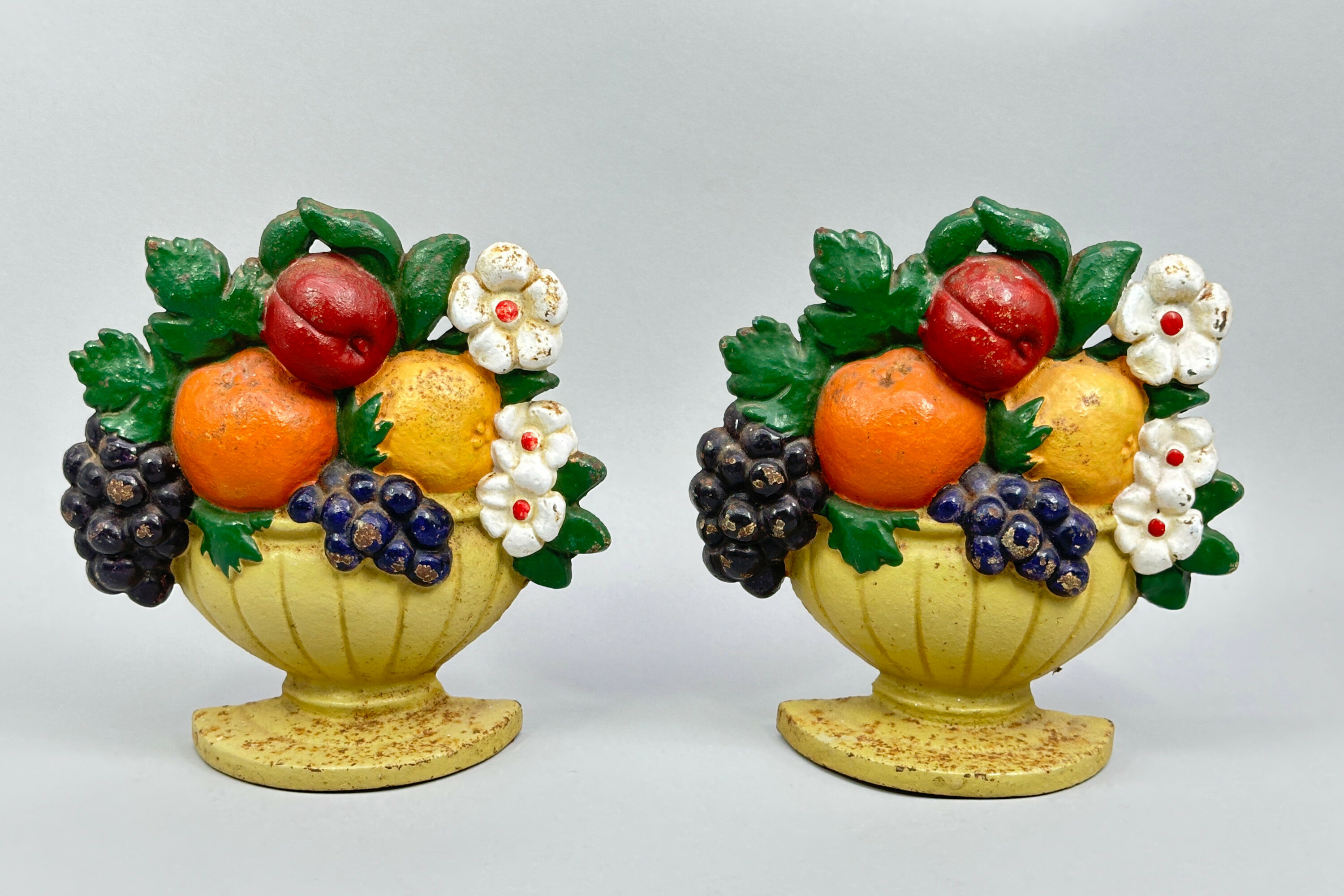
Pair cast iron Doorstops, Basket of Fruit, probably American mid C20th
Price: £45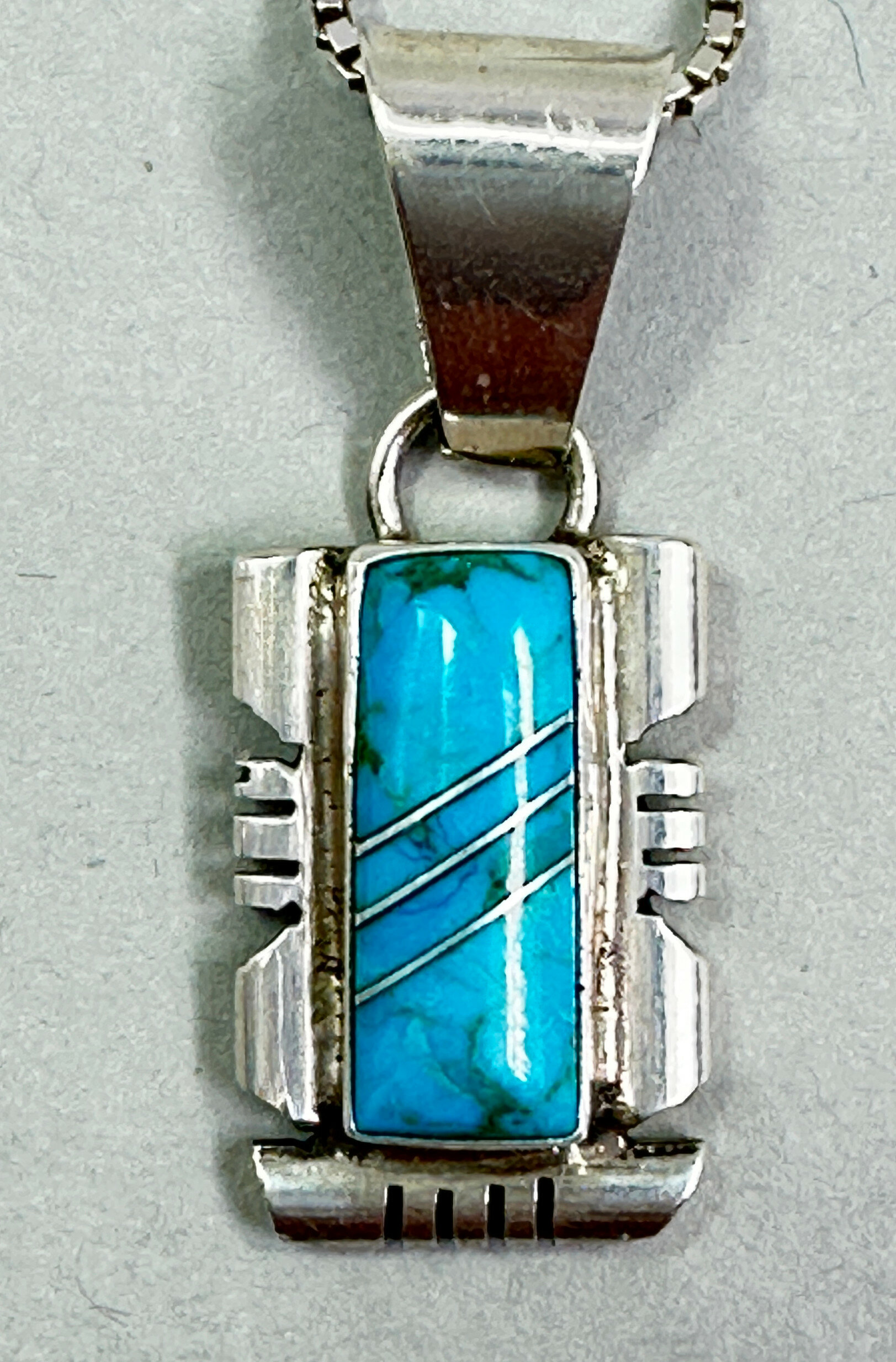
Zuni turquoise silver pendant Necklace, modern
Price: £35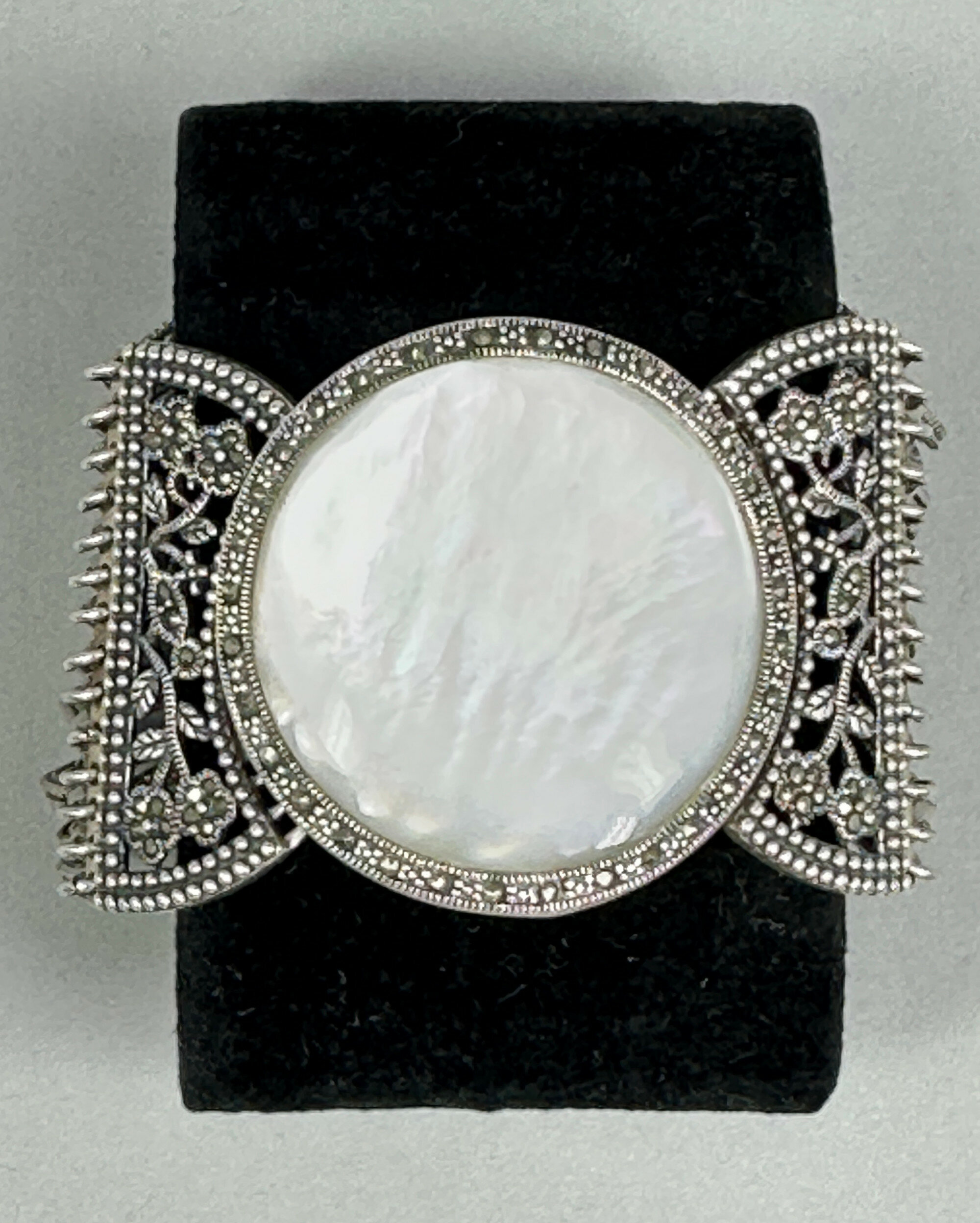
Victorian style Bracelet in Mother of Pearl and Silver, modern
Price: £95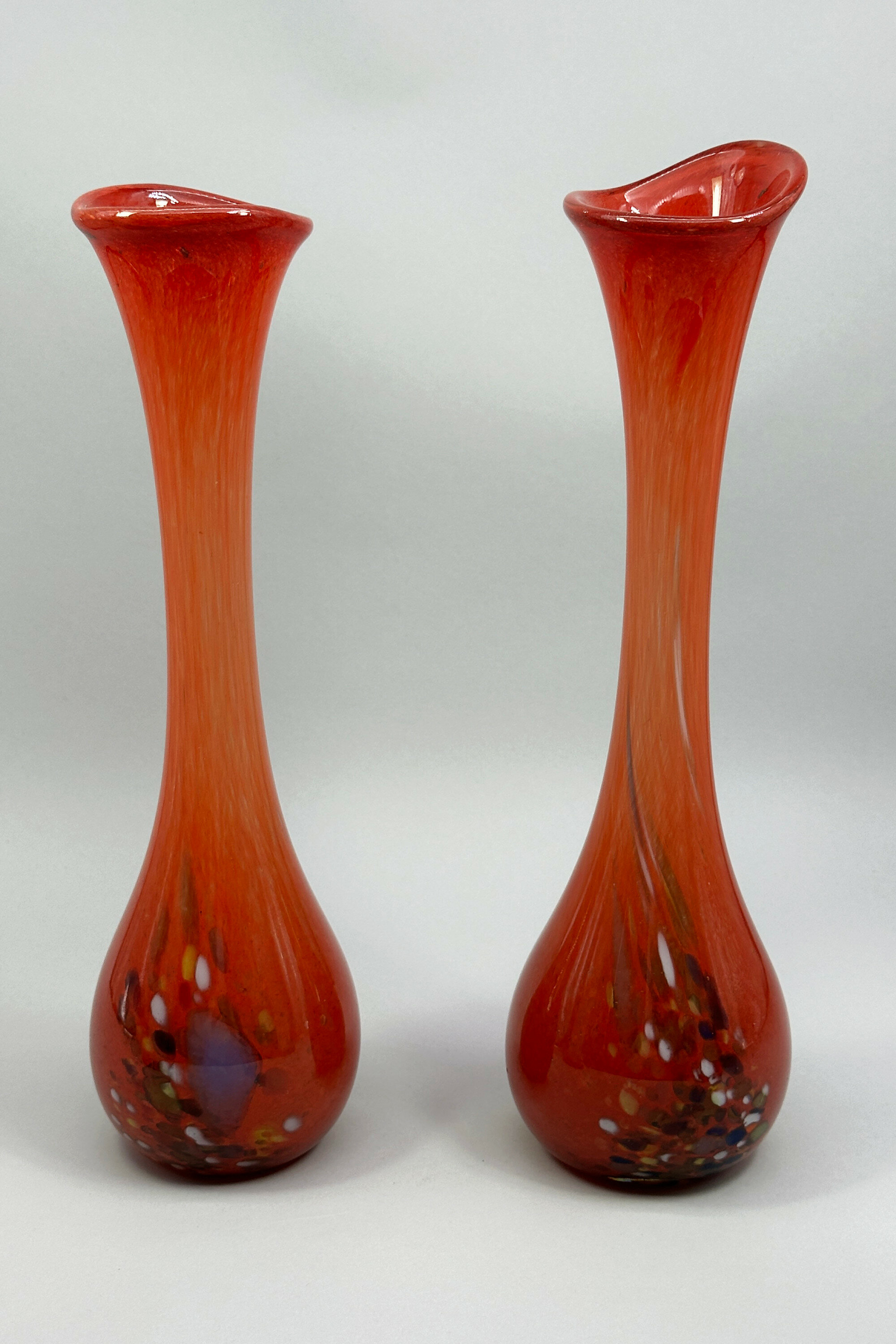
Pair of slender red glass bottle Vases, probably Joska Kristall, Germany, late C20th
Price: £85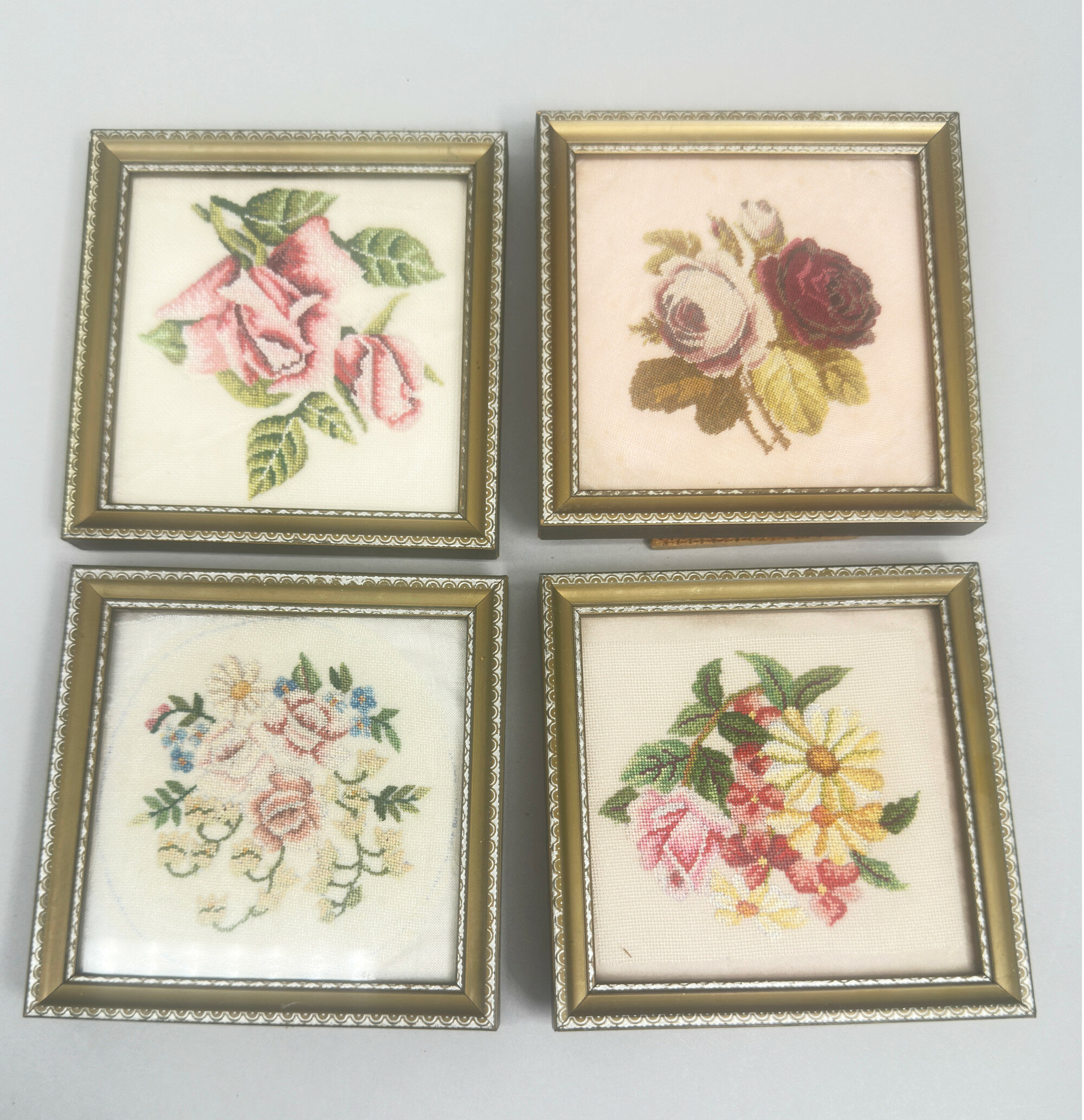
Set of four Petit Point needlepoint stitch framed floral Wall Hangings, mid C20th
Price: £45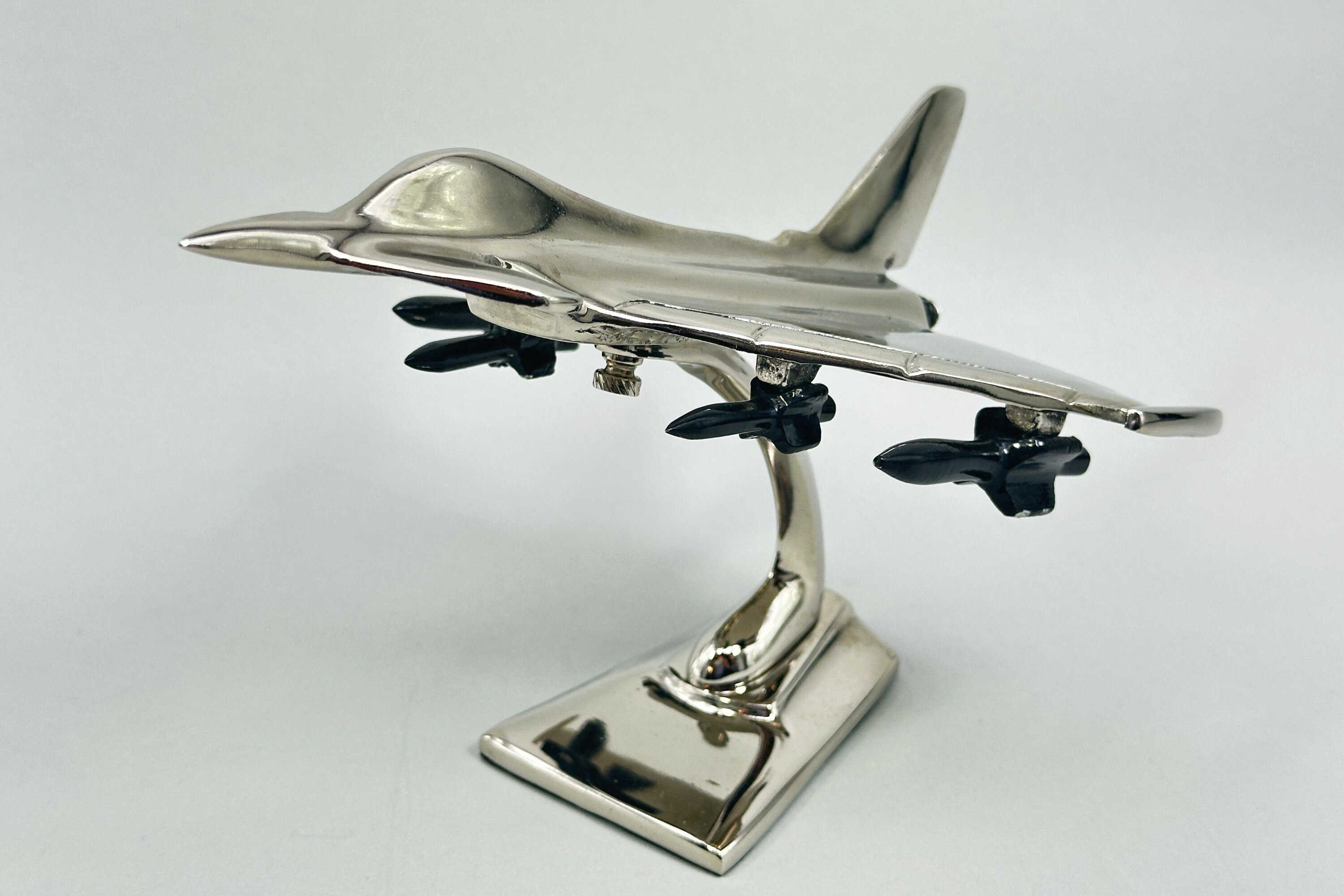
Desktop Model of a Typhoon Bomber Plane, Modern
Price: £25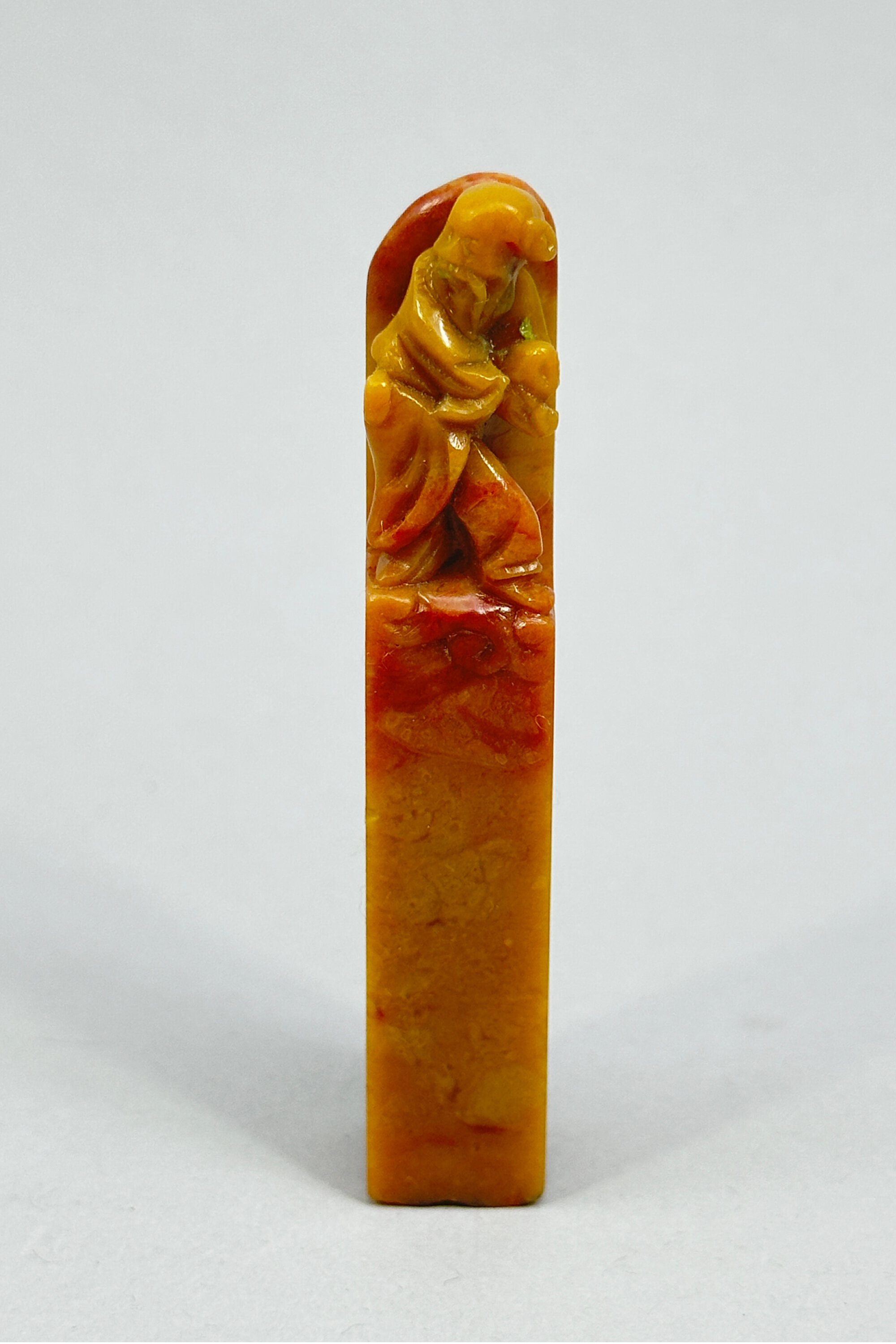
Chinese Shoushan Soapstone Seal with the characters A.H., C20th
Price: £45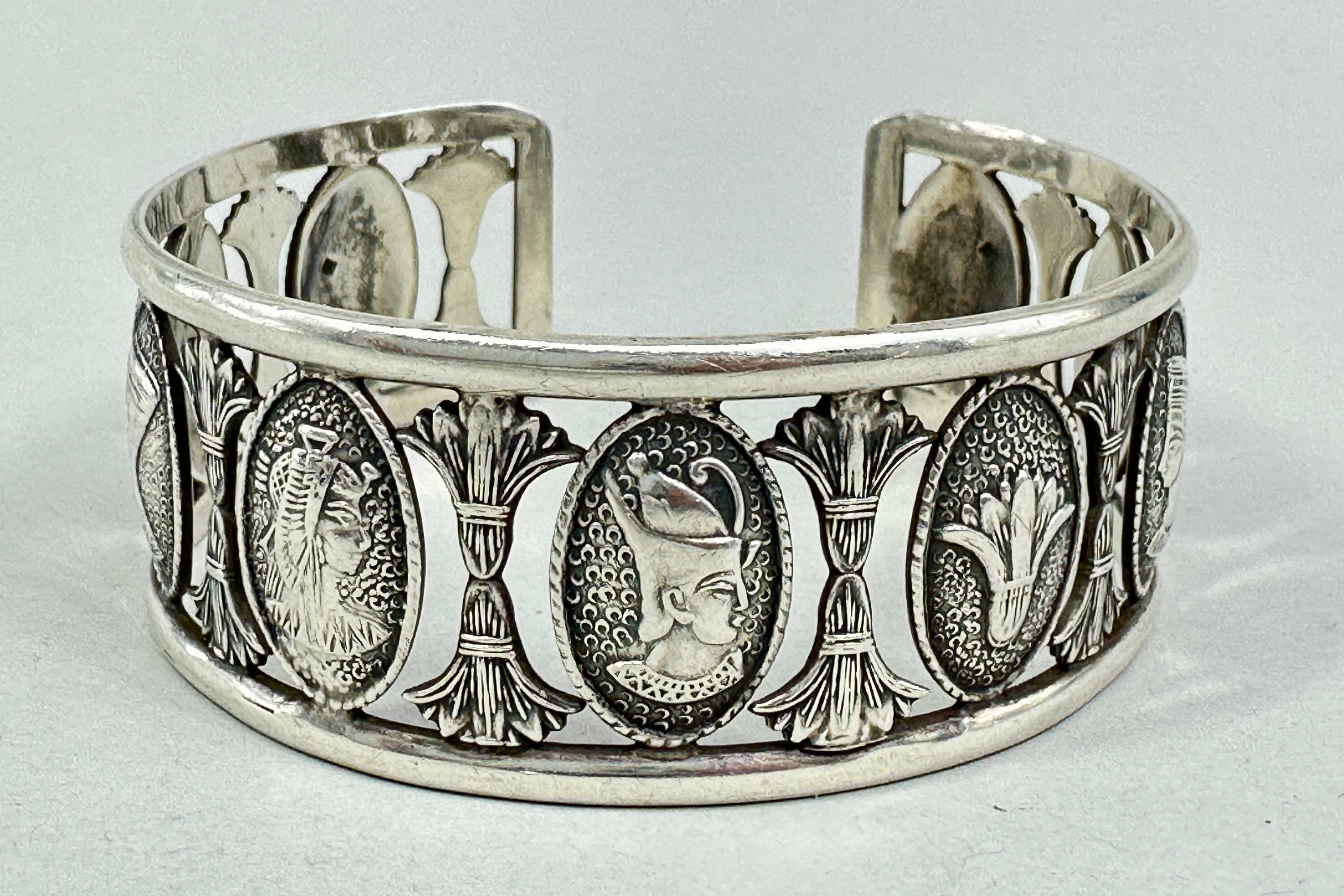
Egyptian silver cuff bangle with portait plaques of Pharoahs
Price: £85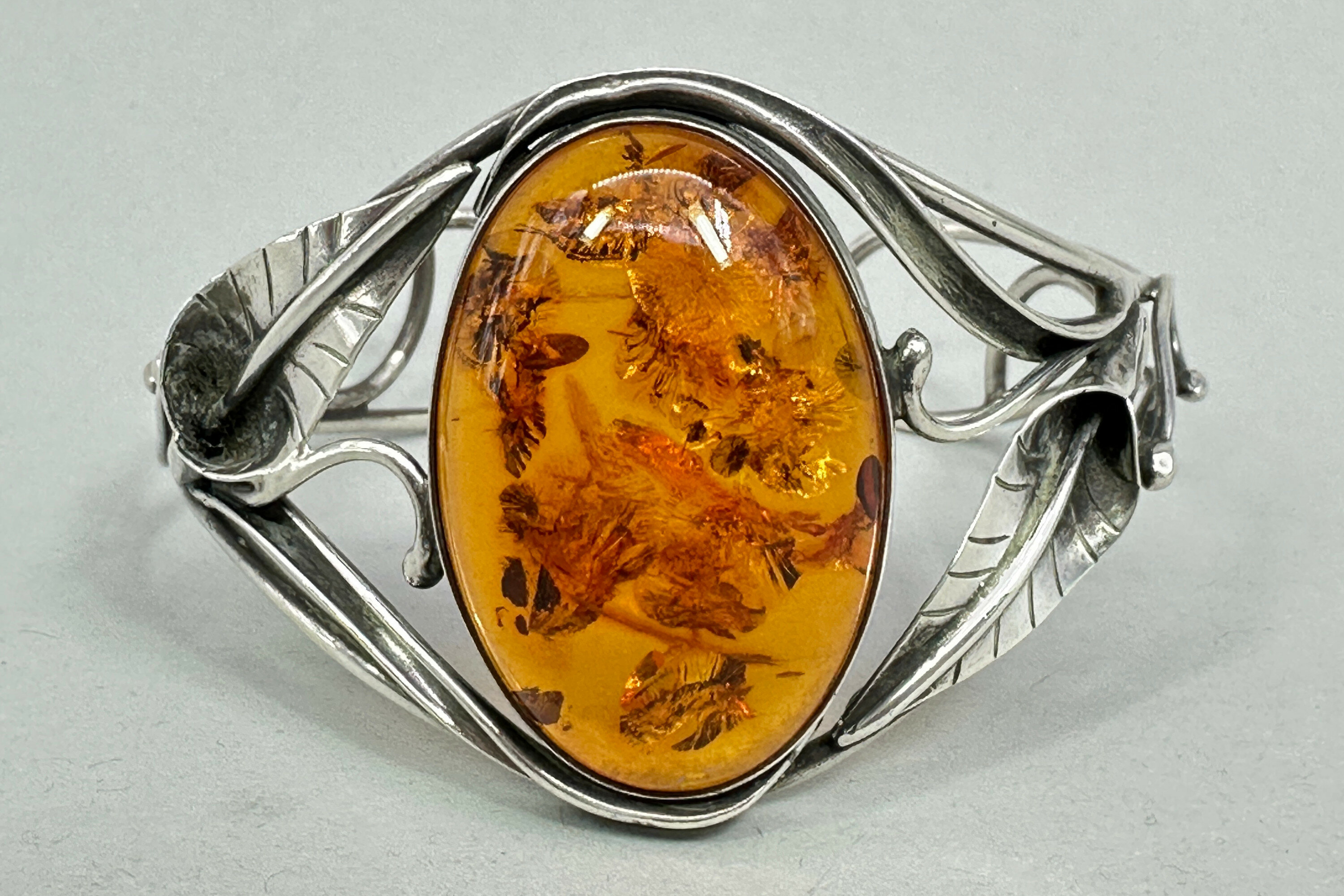
Large amber cabochon cuff Bracelet, c1970
Price: £95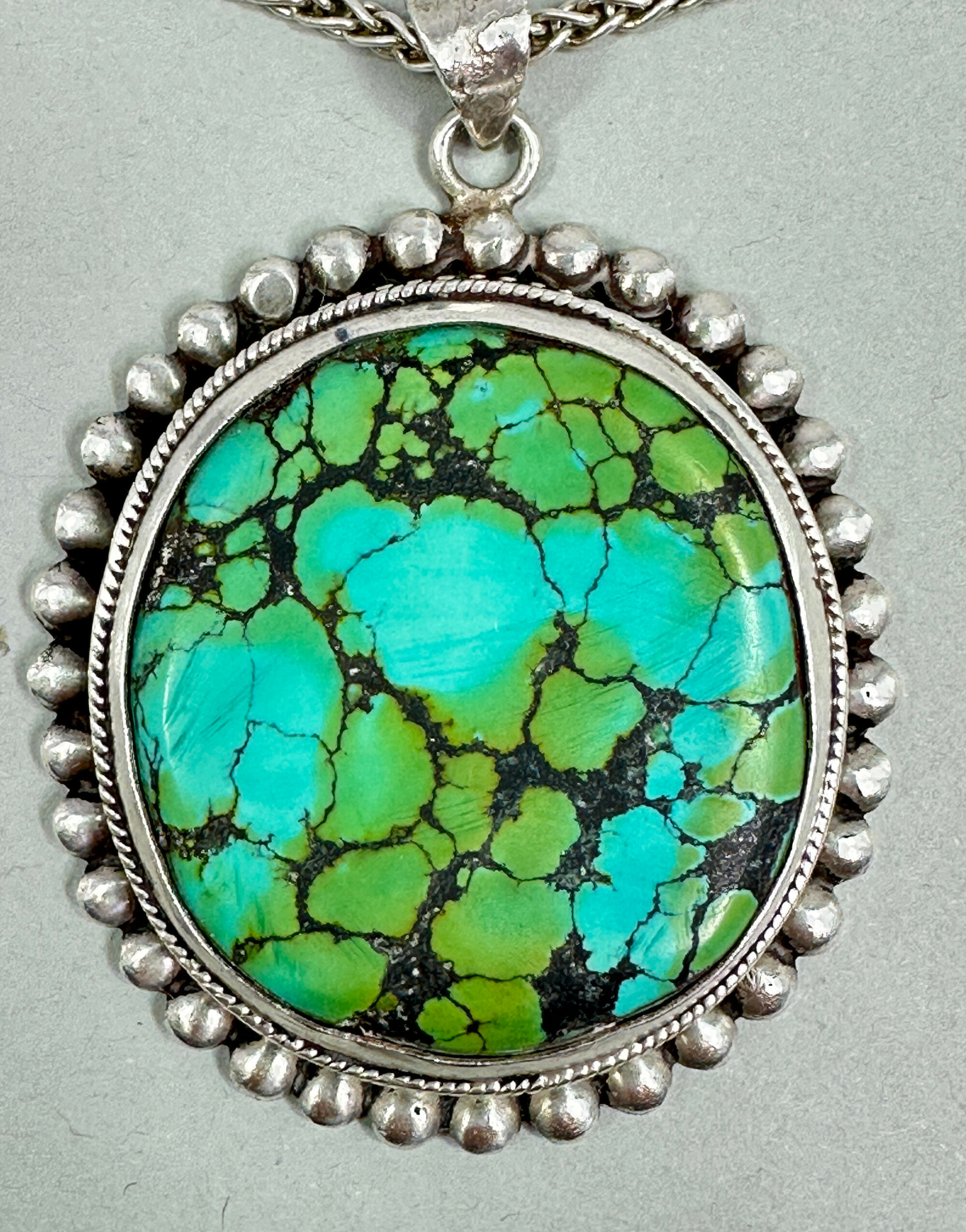
Large Hubei turquoise silver pendant Necklace, c1960
Price: £225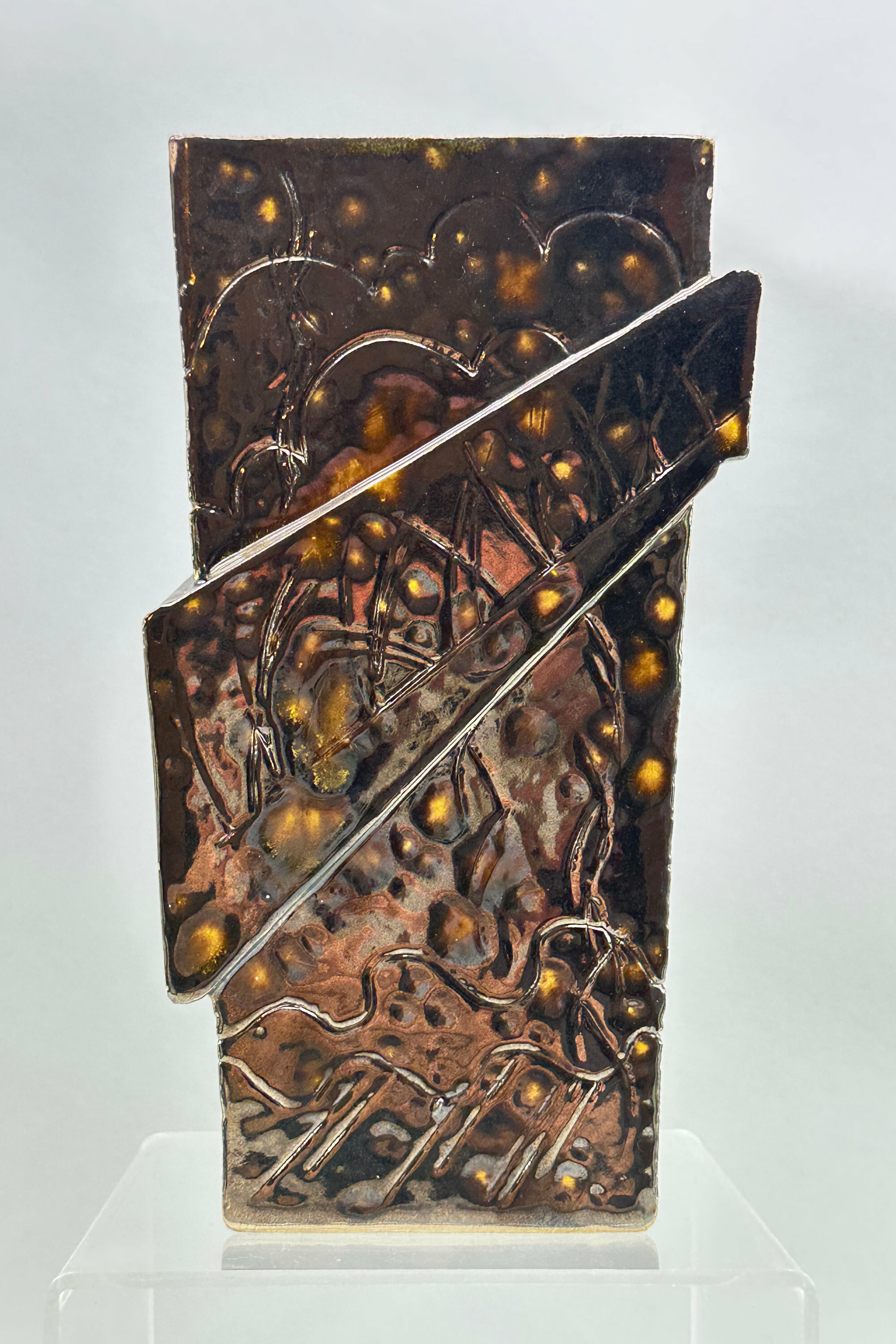
Art Deco Style brown lustre glaze triangular form Vase, signed, C20th
Price: £35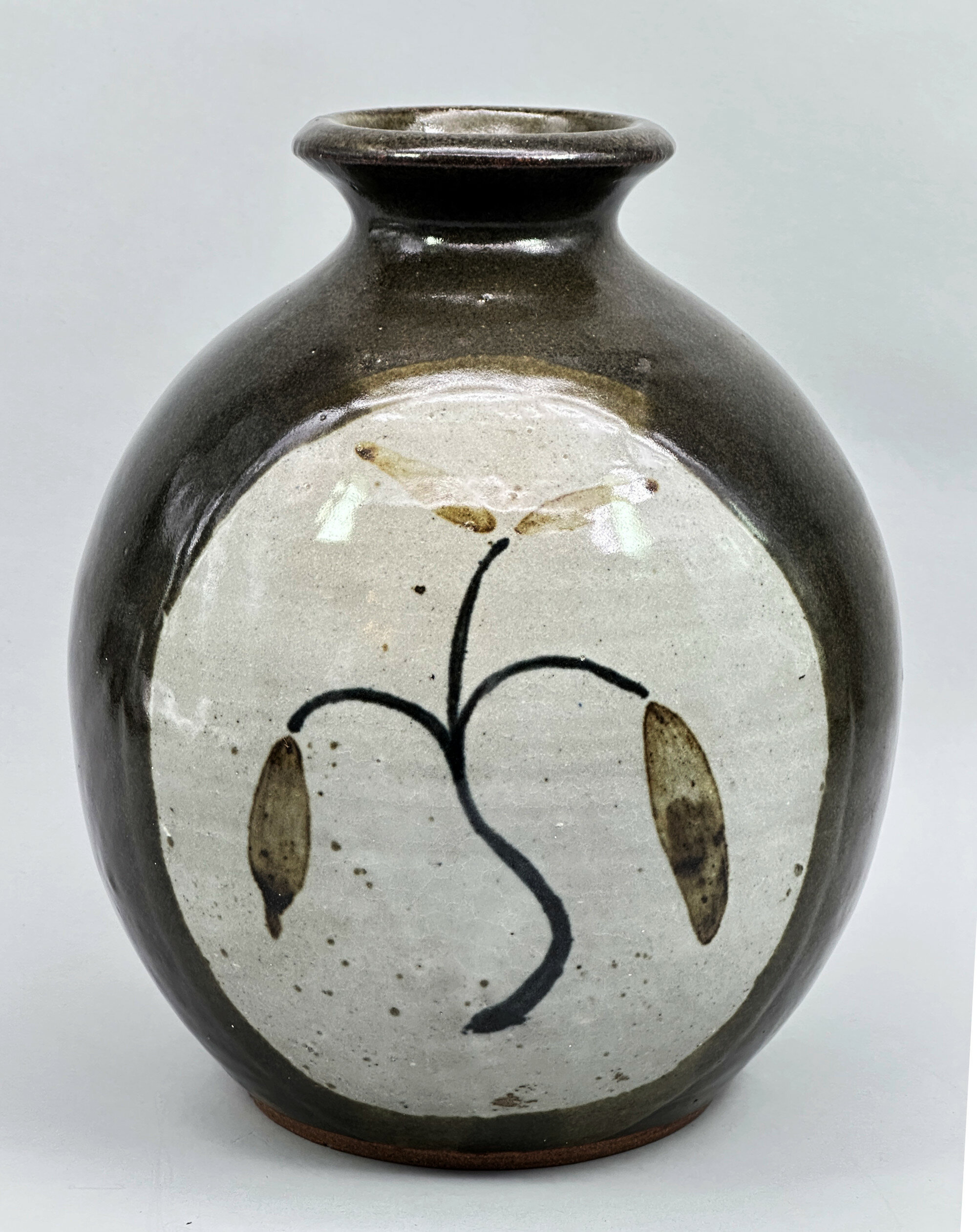
Studio Pottery Vase, Splatt Pottery, Cornwall, 1990s
Price: £55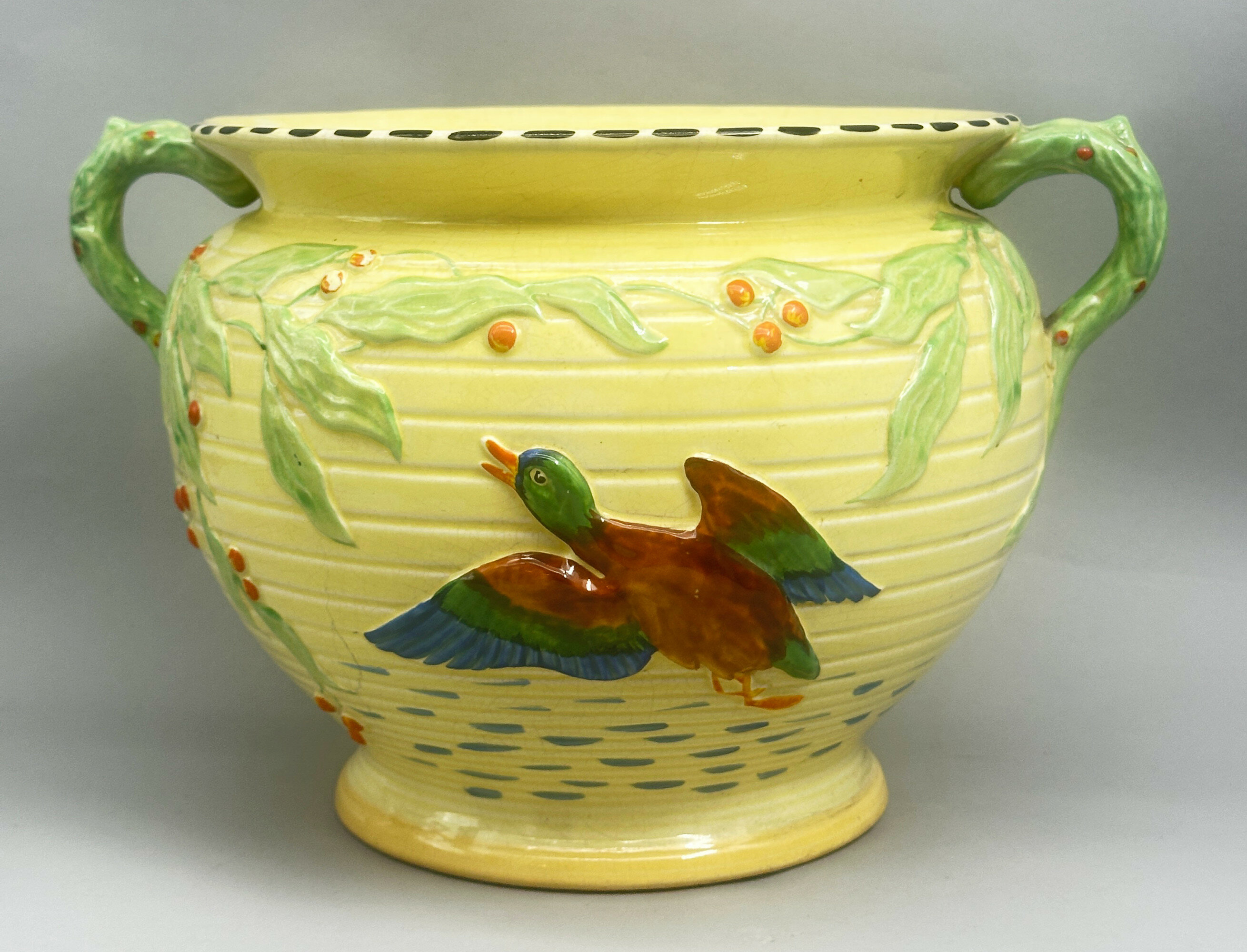
Falcon Ware Jardiniere decorated Mallard Duck and Foliage, 1930s
Estimate: £50 – 80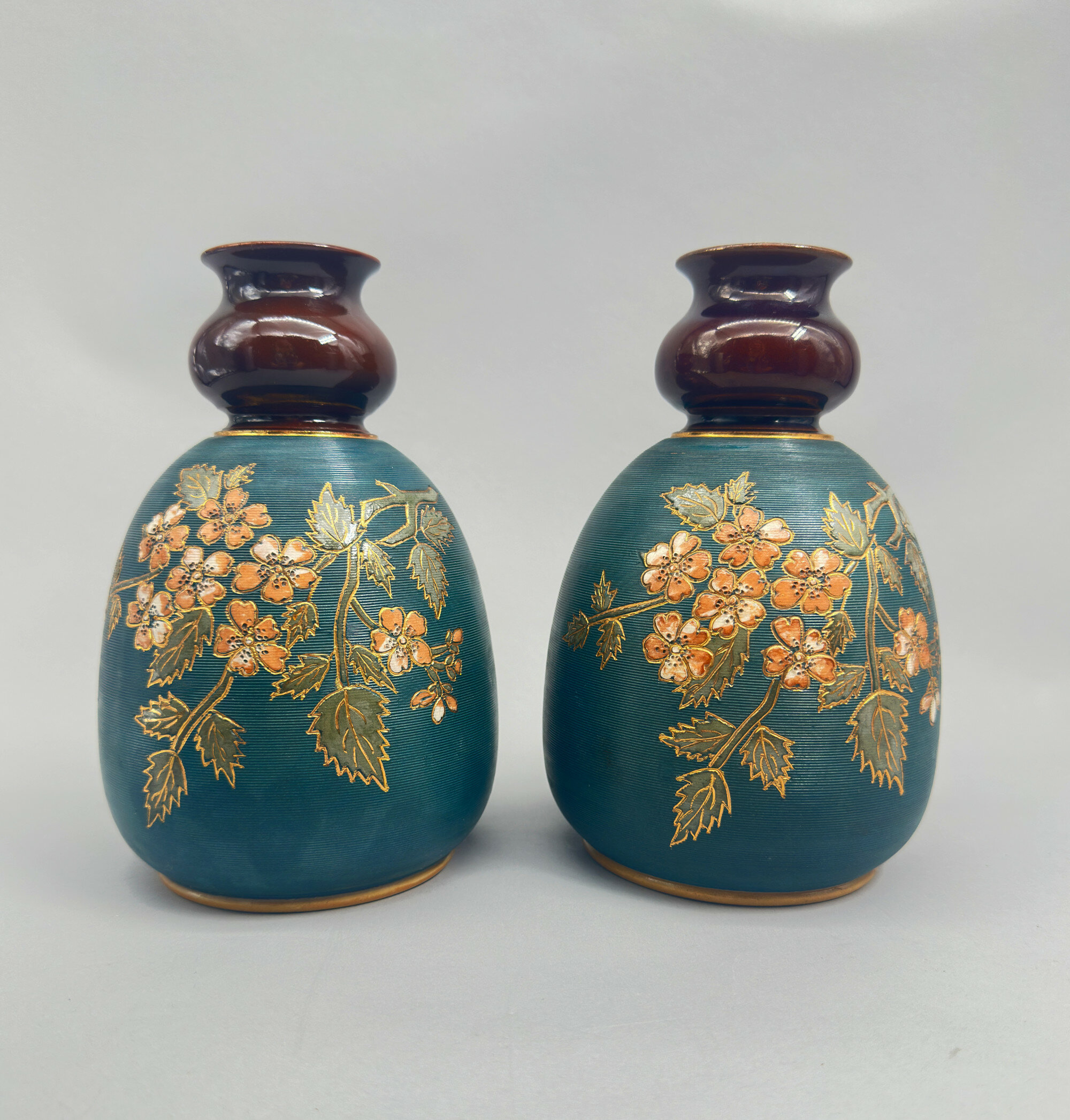
Pair of Lovatt and Lovatt Langley Mill Vases, early C20th
Price: £110The Langley Mill Pottery was located in Langley Mill, Derbyshire on the Derbyshire – Nottinghamshire border. From its establishment in 1865 to its final closure in 1982, it went through five distinct periods of ownership, producing a wide range of stoneware ranging from utilitarian items and to high quality art pottery. This pair of vases dates from the third company that traded there, Lovatt and Lovatt. The Lovatt family had entered into partnership with the owner of the founding business at Langley Mill, James Calvert. From 1895 the business was in sole control of the Lovatt family and traded as ‘Lovatt and Lovatt’ until 1935. The early years of the twentieth century proved to be something of a zenith for them and a wide range of art pottery pieces were made which enjoyed great popularity. Production techniques were streamlined without a reduction in quality and in 1905, leadless glazes were introduced. These are proudly announced on the base of this pair of vases which are an excellent example of the Lovatt and Lovatt style and probably date to 1912, indicated by the impressed numbers for that year.
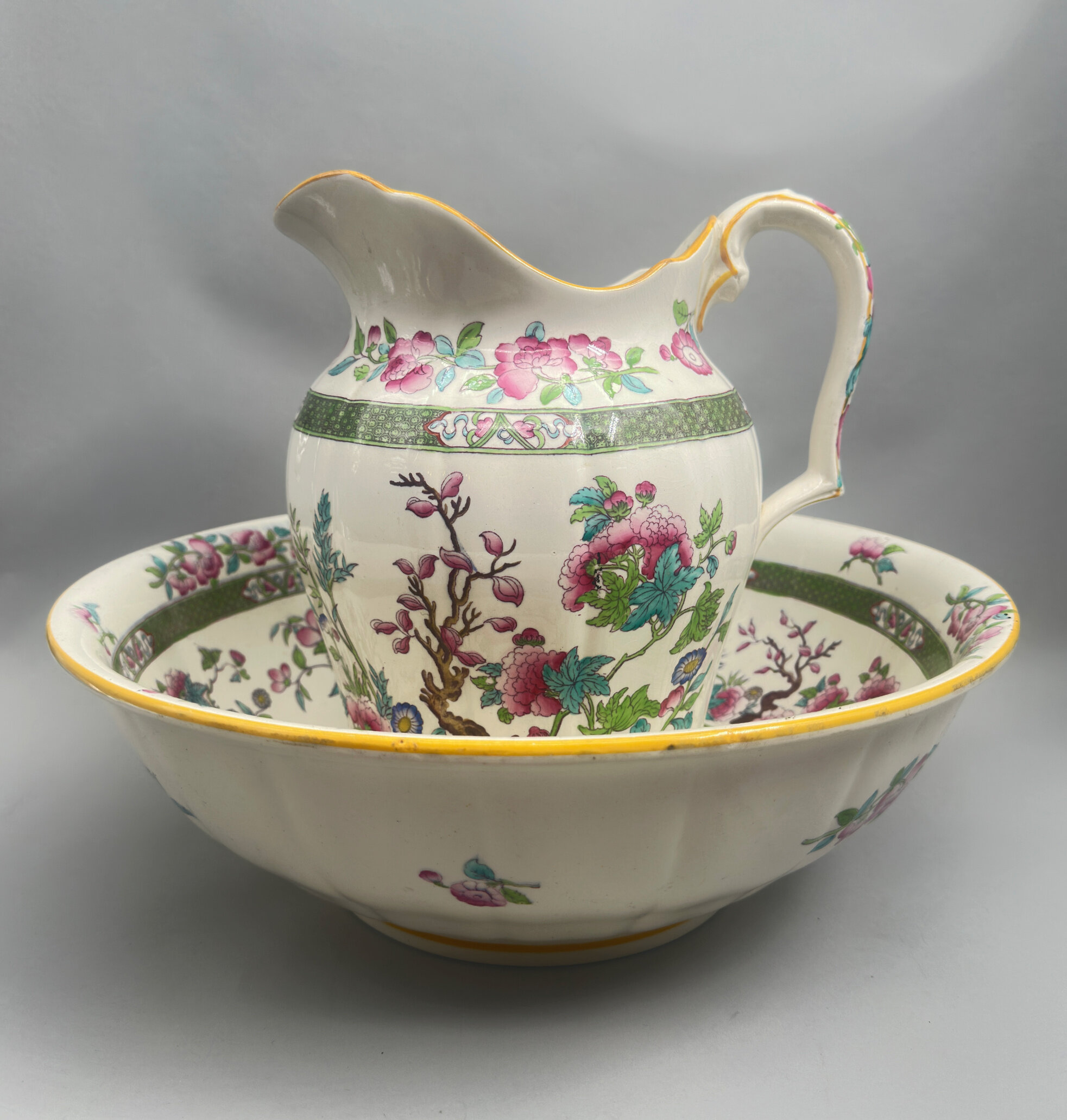
Minton Indian Tree Pattern Pitcher and Basin circa 1900
Price: £350………………………………………………………………………………………………….................................................................................
The celebrated firm of Mintons was founded by in 1793 by Thomas Minton (1765–1836) at Stoke-upon-Trent, Staffordshire, England as ‘Thomas Minton and Sons’, producing earthenware. The initial ranges were standard tablewares in blue transfer-printed or painted earthenware, including the ever-popular Willow pattern. By the mid nineteenth century and in partnership with Michael Hollins, Mintons began the production of decorative finishes for the interior and in particular floor tiles which enjoyed enormous demand and were the subject of numerous prestigious commissions including a contract for the flooring of the American Capitol. This was followed by the introduction of the plain white glazed ‘Parian’ wares and then the Italian inspired ‘majolica’ pieces with their richly coloured lead glazes. Mintons continued to follow popular trends, working with Christopher Dresser, recruiting Louis Solon from Sevres who had developed pâte-sur-pâte wares and finally contributing to Art Nouveau ceramics with a speciality in secessionist wares.
But the manufacture of tableware continued alongside all these other developments and Mintons adopted and adapted the popular ‘Indian Tree’ pattern which was first produced by Coalport in 1801. This design fused elements from Indian textiles and Chinese ceramics into an amalgam with immediate appeal. The pattern includes the crooked branch of a tree and a partial landscape including exotic flowers and leaves with a palette of colours emphasising green, blue, pink, and orange, resembling quite closely the Chinese export wares decorated in ‘Famille Rose’ enamels which had been exported to Europe in great quantities in the eighteenth century. Many of Coalport’s rivals, including Spode, Wedgwood and Royal Worcester produced their own versions of the design, but Mintons’ interpretation was held to be one of the most successful.
It was used by Mintons to decorate a variety of shapes, mainly dinner and tea wares, but the toilet pitcher and matching basin are seldom found in this pattern. Both the forms are extremely elegant, the pitcher with light fluting, a scalloped rim and a complementary handle, while the basin, also lightly fluted, employs simple lines with a turnover rim which follow the shape of a Chinese original. All the standard elements of the pattern can be seen, in particular the twisted tree, and the diaper work borders again reflect Chinese originals.
Both pieces are marked with the pattern number ‘T 216’ and a Minton stamp, the form of which allows fairly accurate dating. The globe topped by a crown with the banner ‘Mintons’ was used from 1873-1912 but ‘England’ was only added after 1891, giving a circa date in the late nineteenth or early twentieth century, probably around 1900. The original toilet set, which would have included the pitcher and basin along with, probably, a chamber pot, a soap dish, candlesticks and other accessories, was clearly a ‘deluxe’ item at the time and its quality is still apparent today when it can be enjoyed simply for its decorative appeal and as a reminder of a past era of grandeur.
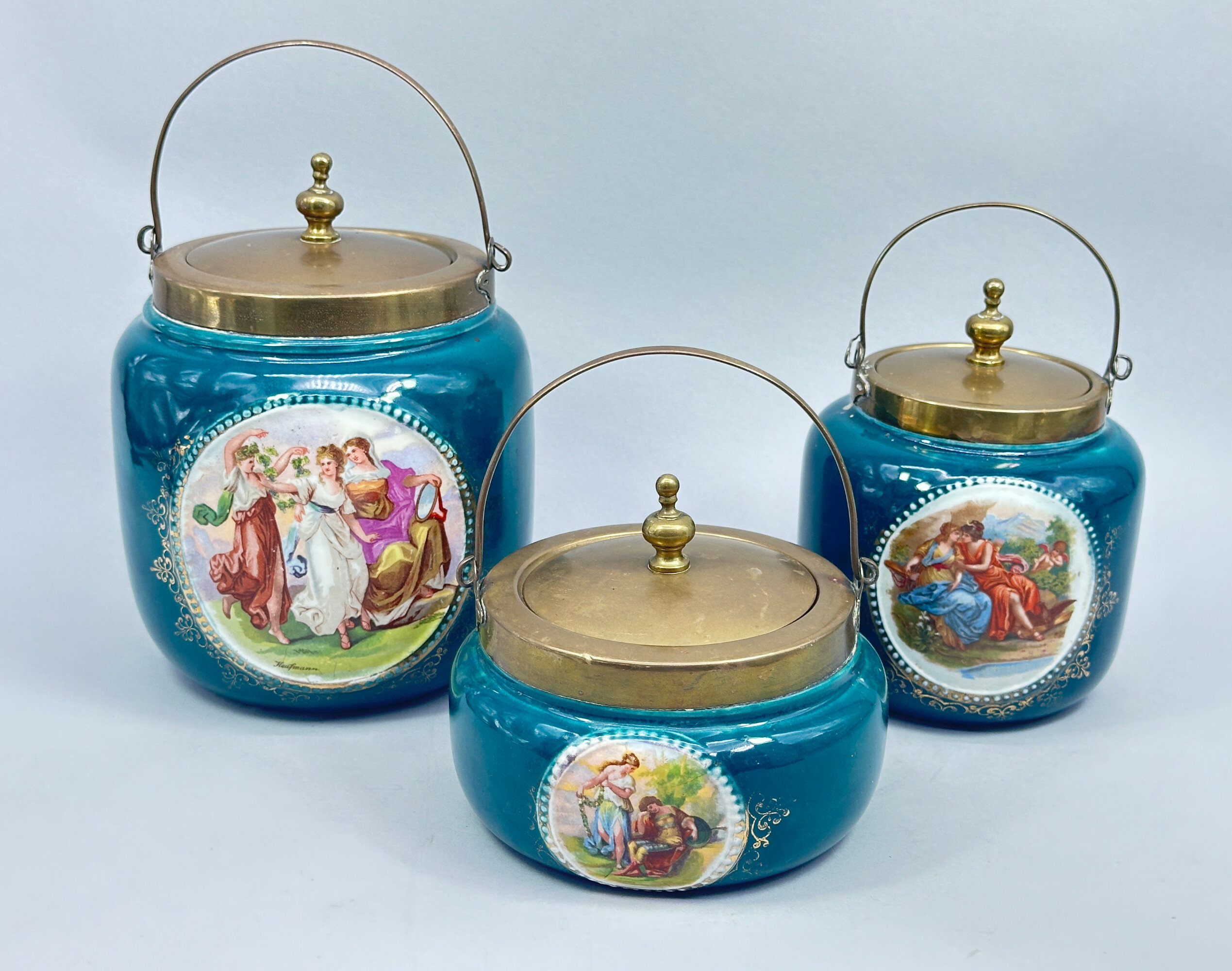
Set of Three Empire Porcelain Company Biscuit Jars circa 1900
Price: £120The Empire Porcelain Company was established in 1896 at the Empire Works in Stoke Road, Hanley, Stoke on Trent. A wide range of pottery and porcelain was subsequently produced until the factory’s closure in 1967. The various marks include the initials EPC, EP or the word Empire. The form of the mark seen here occurs on the earliest pieces made between 1896 and 1912. Blue ground pieces with mythological scenes were produced in a variety of forms during this period, some decorative, such as ornamental vases, and some more practical, as here : modest but graceful accessories for the Edwardian drawing room.
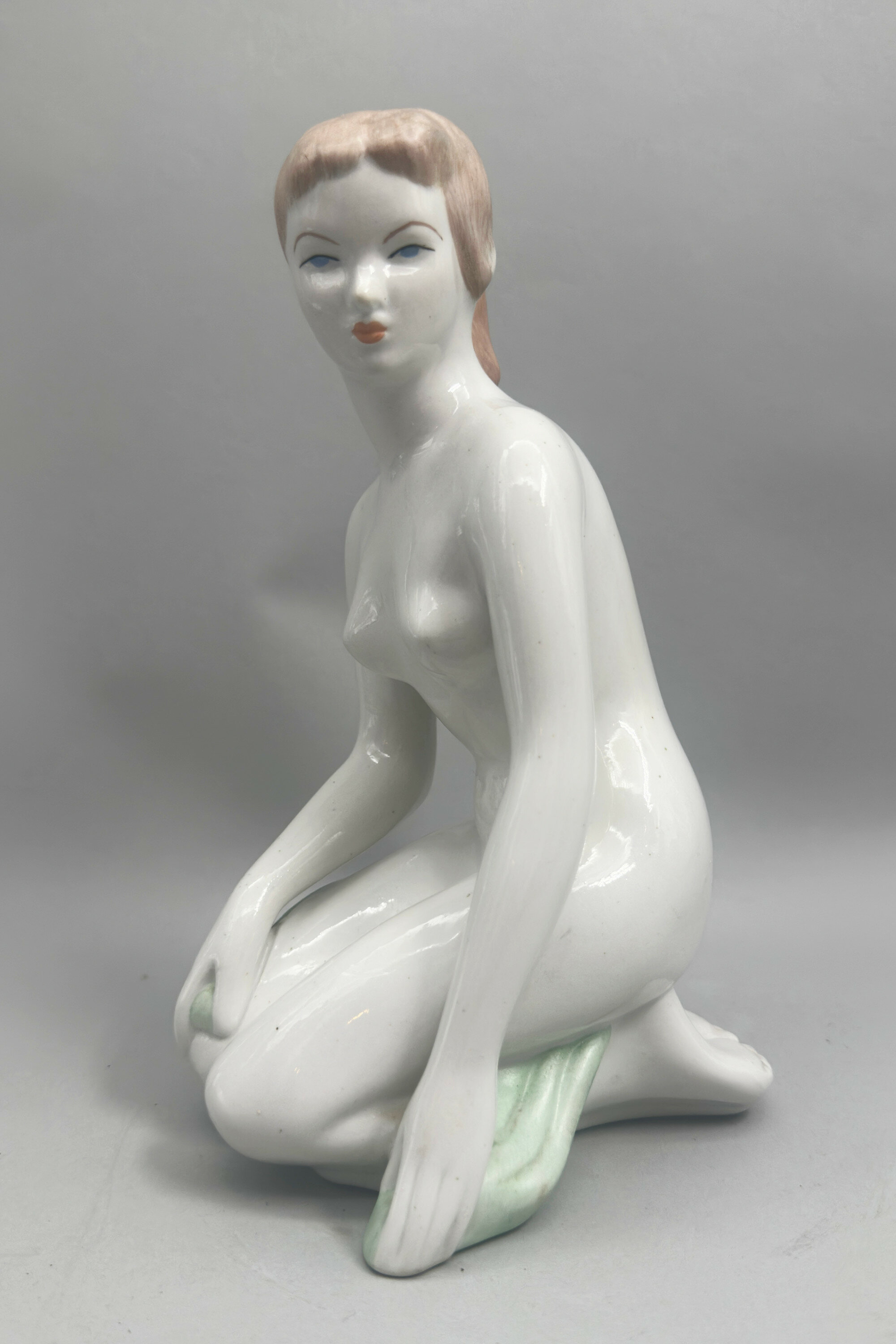
Art Deco style kneeling figure of a Girl, Aquincum Hungary, second half C20th
Estimate: £50 – 80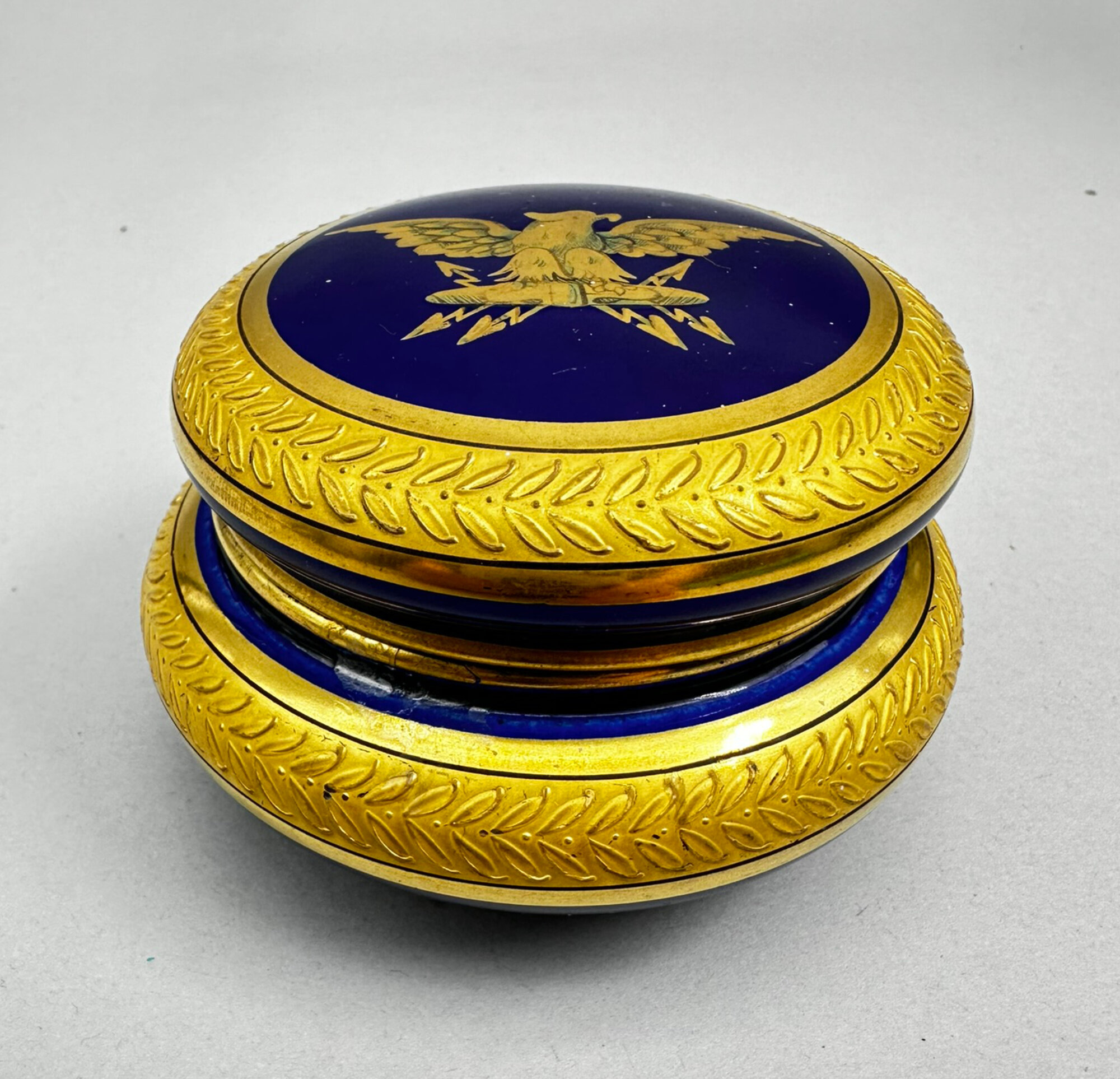
Blue Ground Empire Style Powder Box and Cover, Jean Pouyat, Limoges circa 1900
Price: £75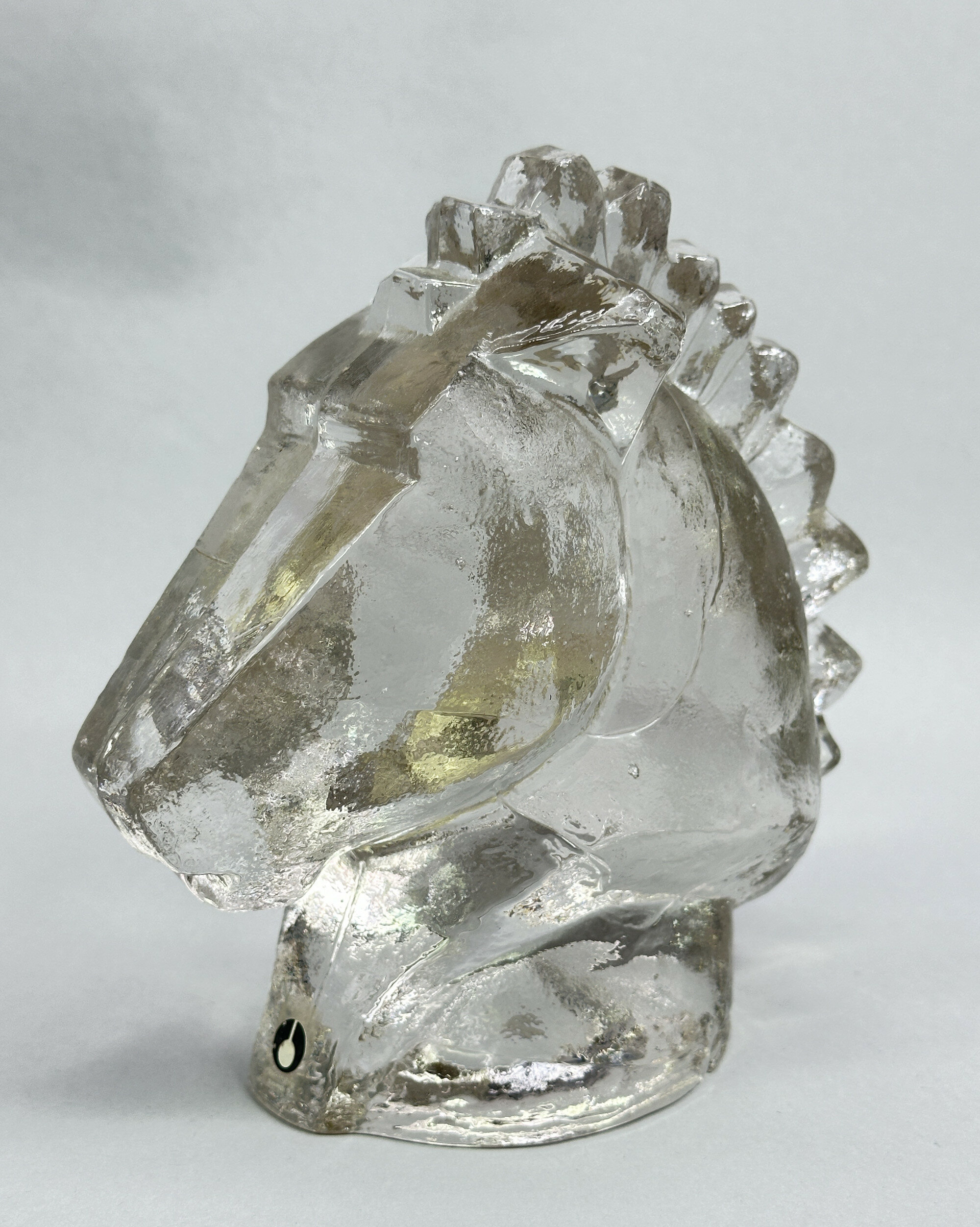
Pukeberg Glass Horse Head with label, 1970s
Price: £55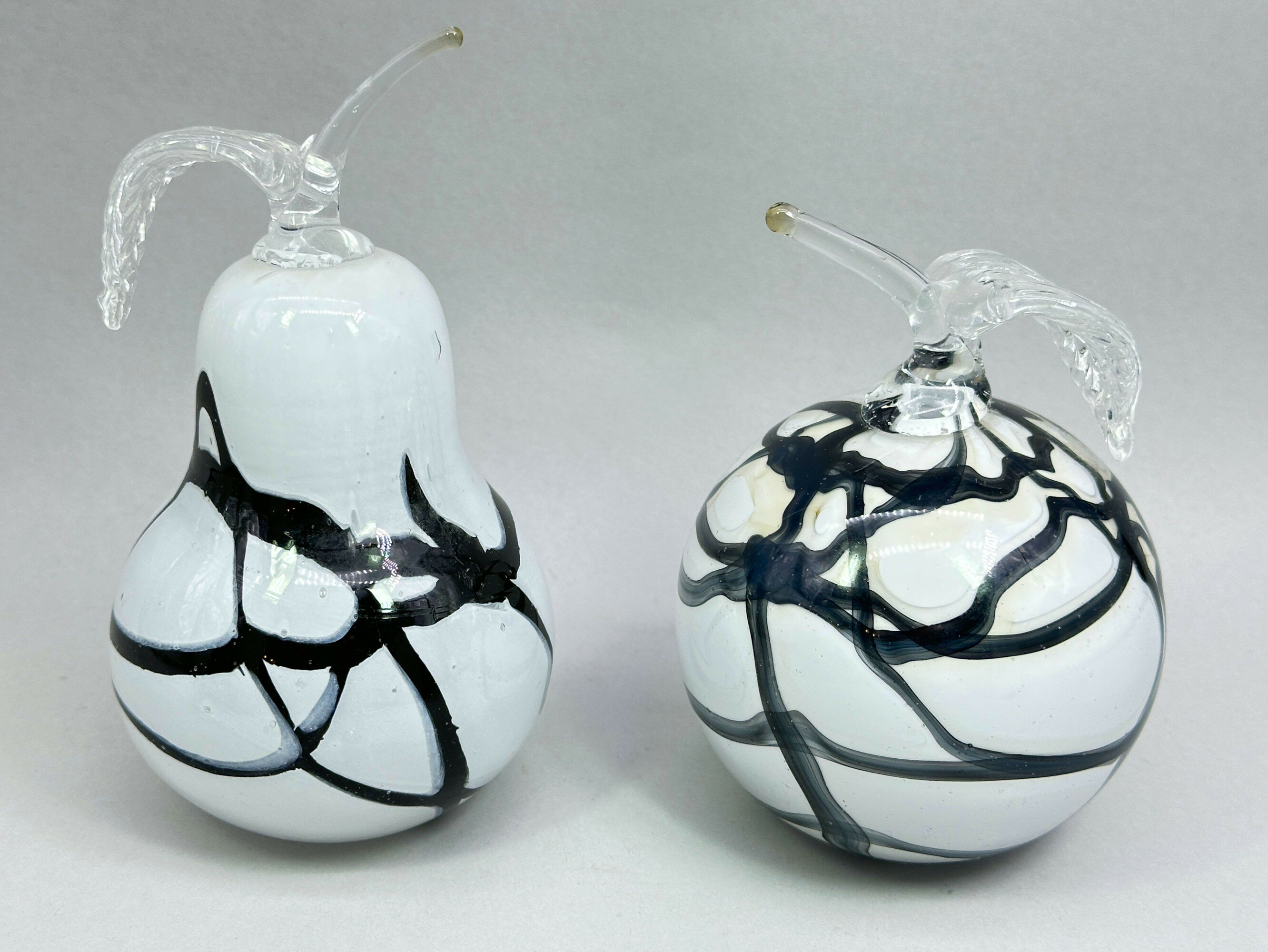
Two Amelia Art Glass Vases, Apple and Pear
Price: £30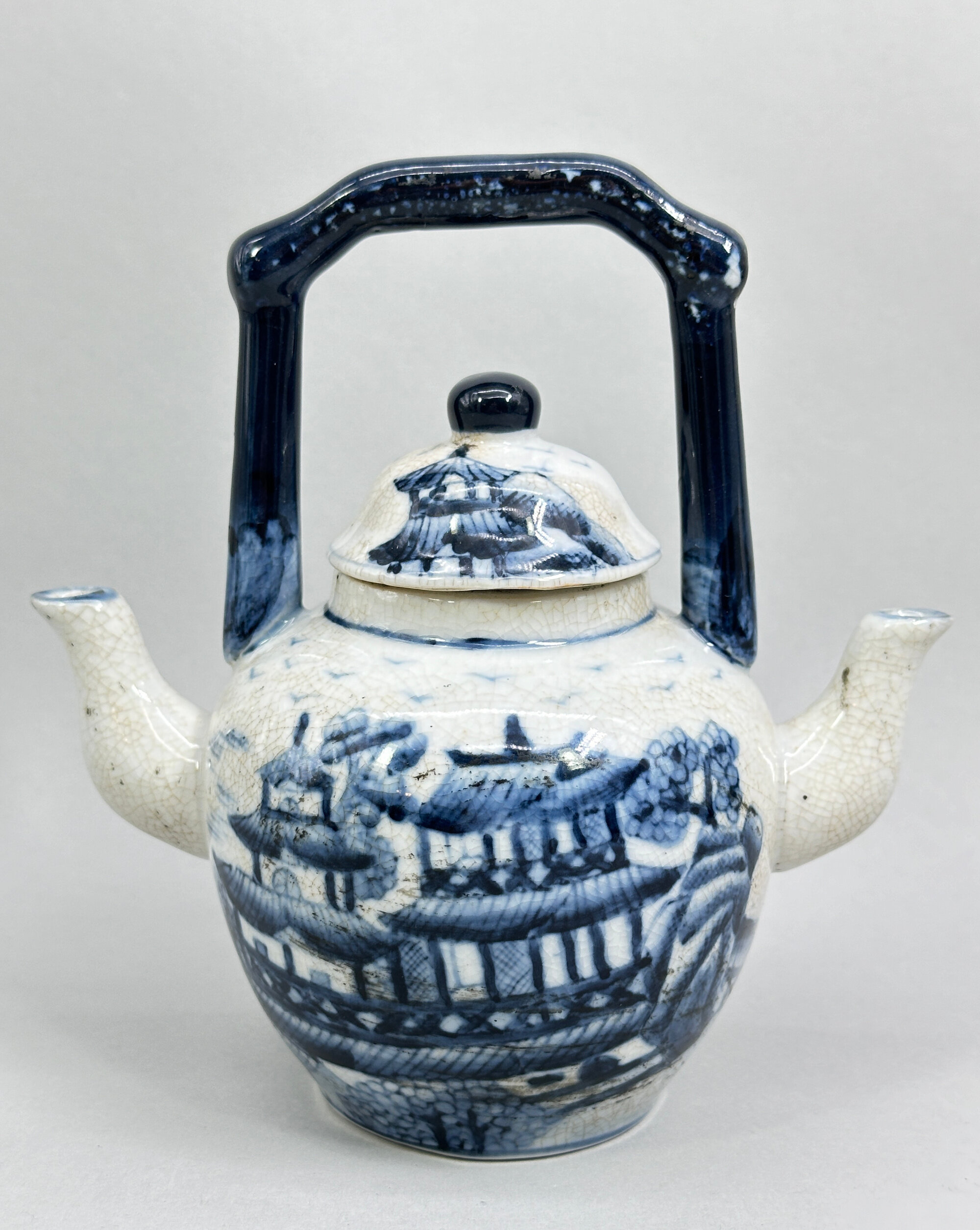
Chinese provincial double spout Teapot, early C20th
Price: £55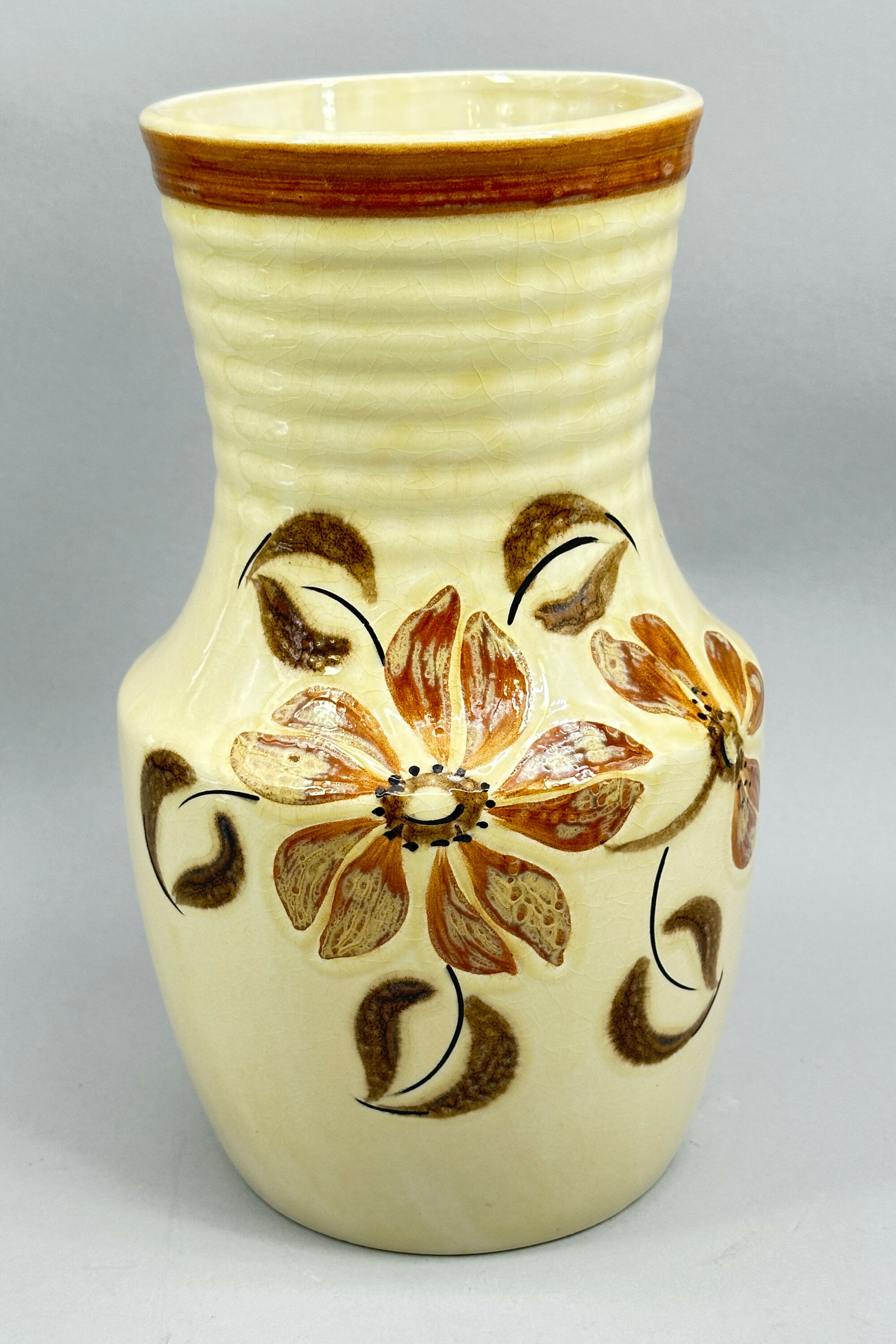
Vase with signature E.Radford and numbered 1267, mid C20th
Estimate: £20 – 30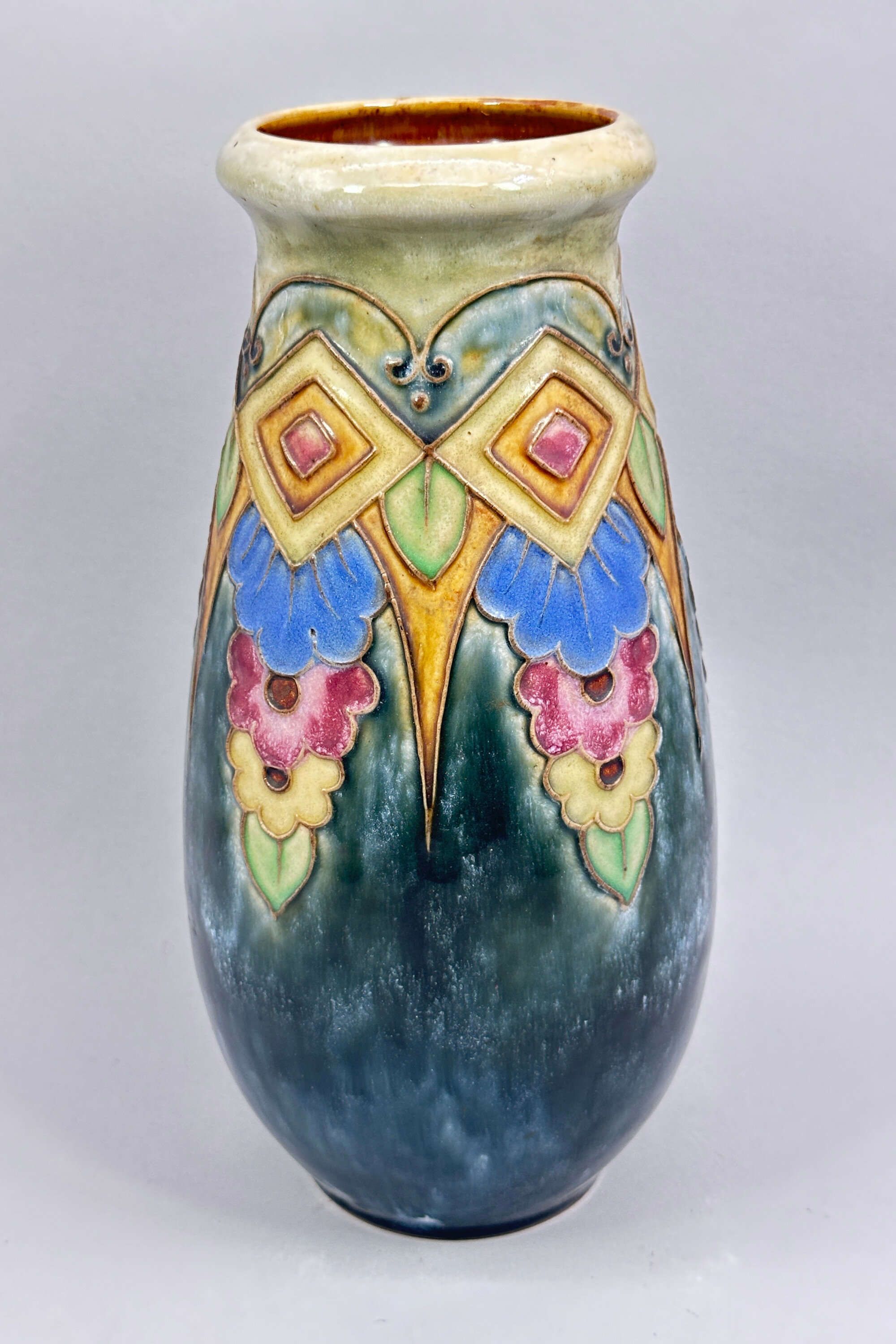
Doulton Vase with geometric and floral designs, late 1920s
Estimate: £60 – 80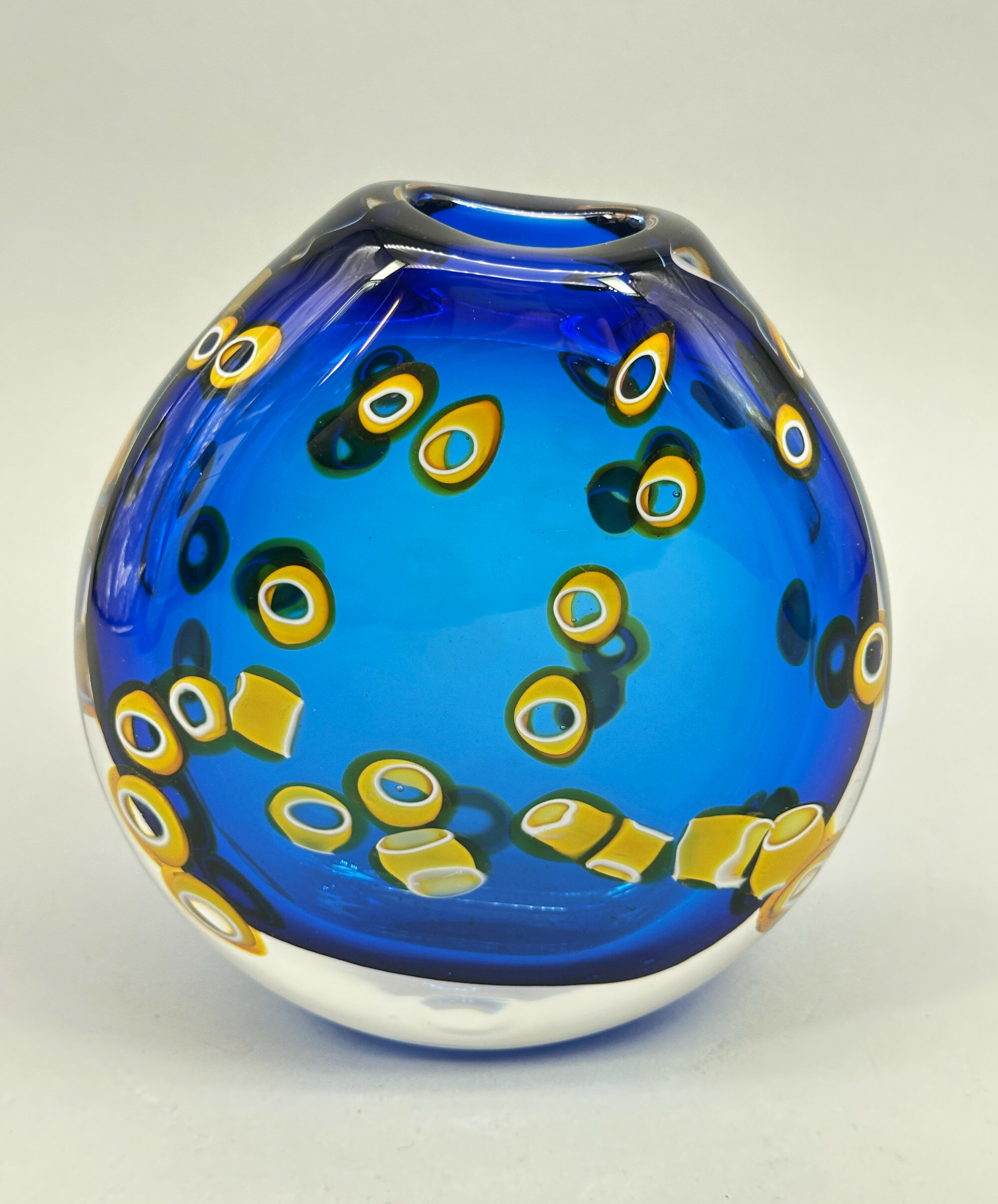
Hula Pattern glass Vase by Bob Crooks, signed by the artist, modern
Price: £110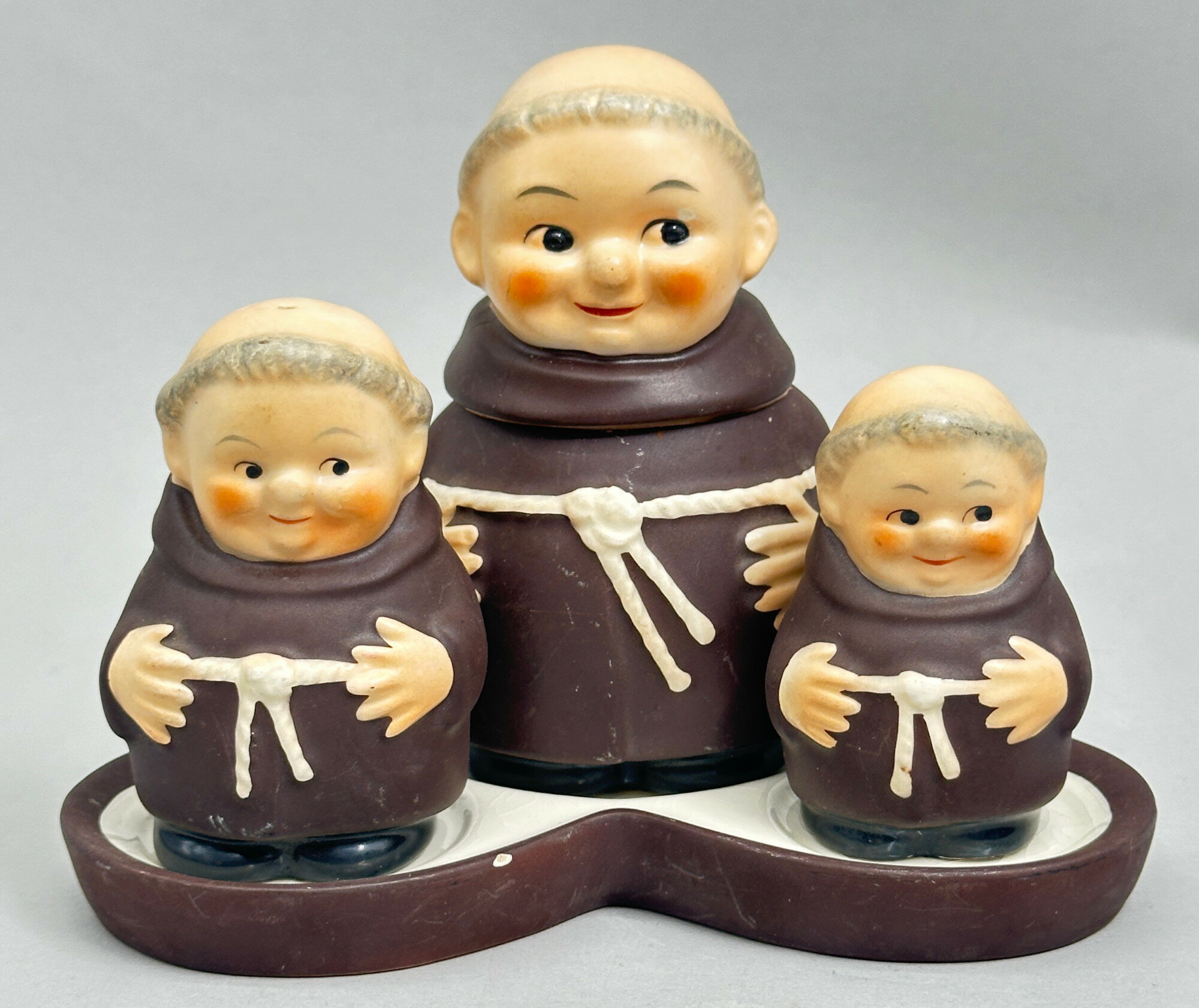
Cruet set in the form of three Friar Tuck Monks on a Tray, Hummel, West Germany, 1960s
Price: £55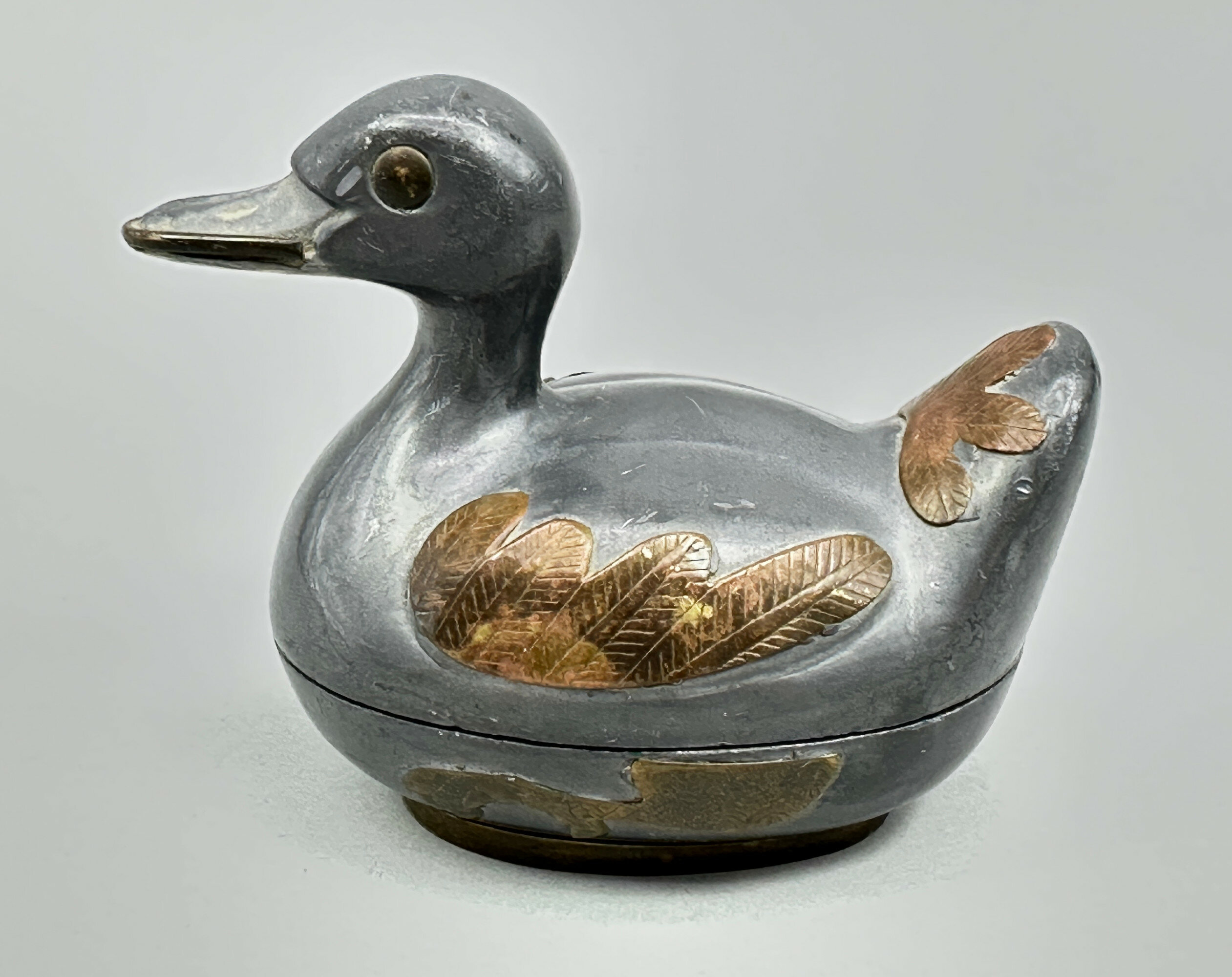
Pewter and brass box and cover in the form of a Mallard Duck, Gatco, Hong Kong, 1960s
Price: £25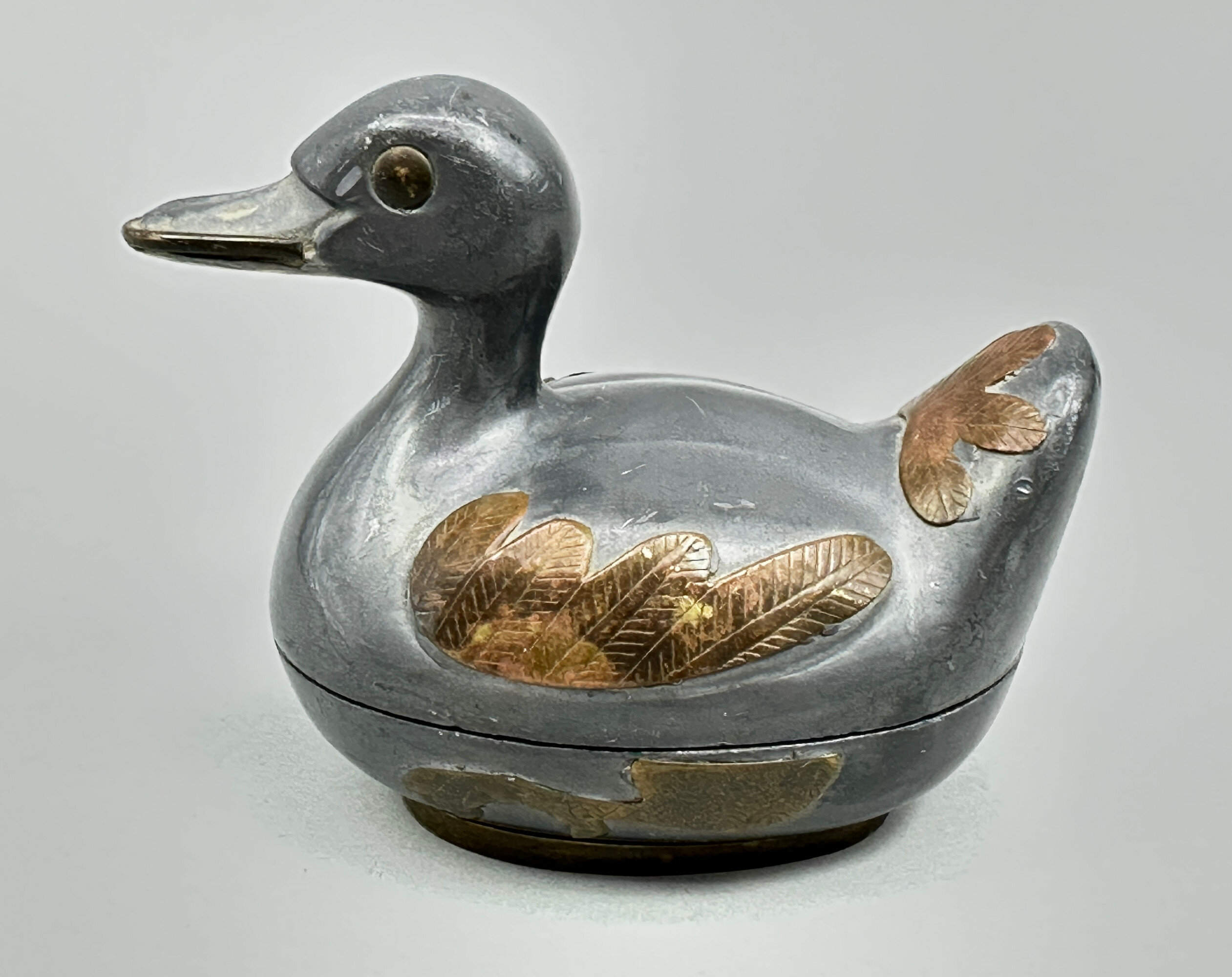
Pewter and brass box and cover in the form of a Mallard Duck, Gatco, Hong Kong, 1960s
Price: £25
Pair of slender green glass Vases with silver decoration, possibly French early C20th
Price: £45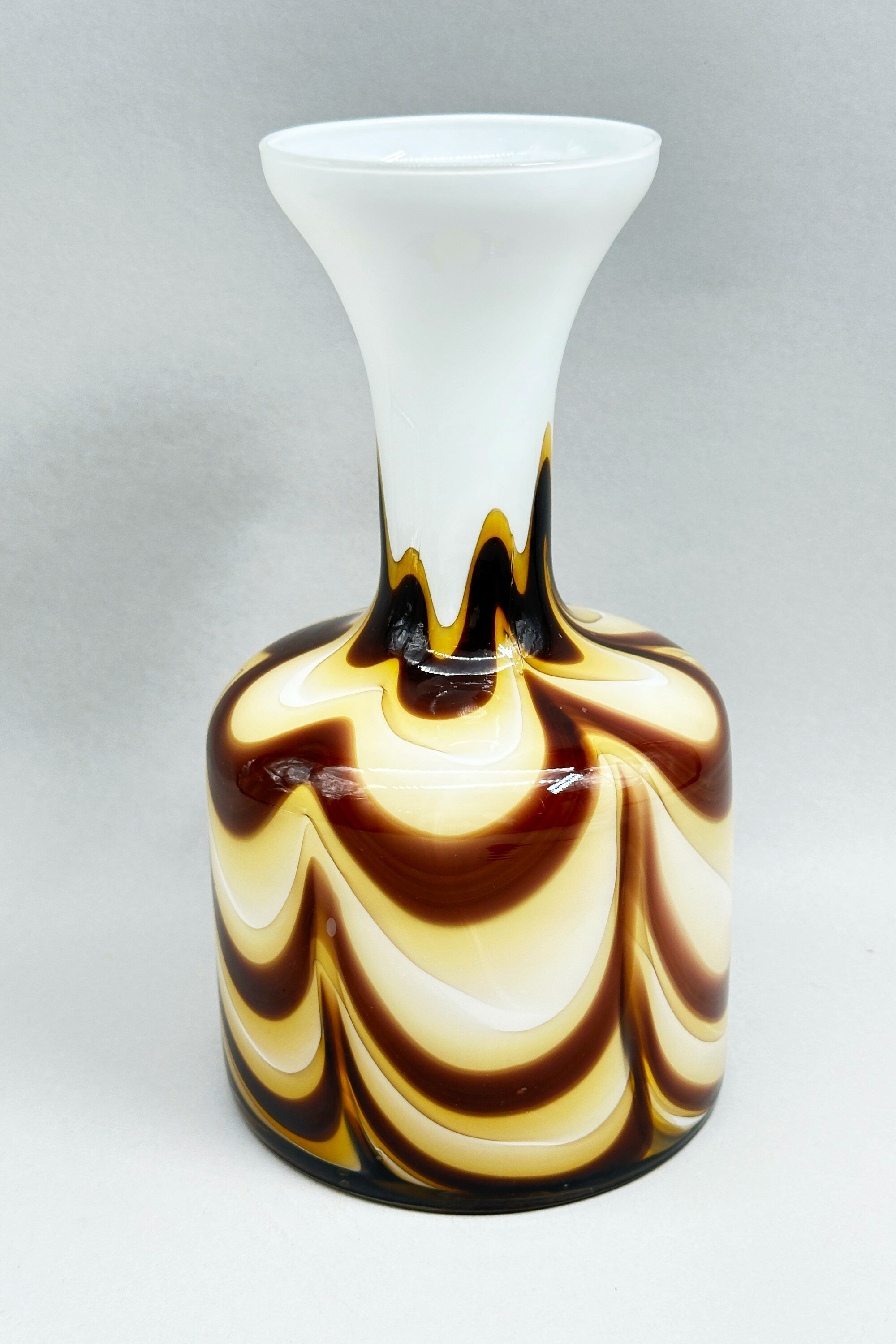
Opaline Art Glass Vase with a marbled design, Vetreria Barbieri, 1970s/1980s
Price: £45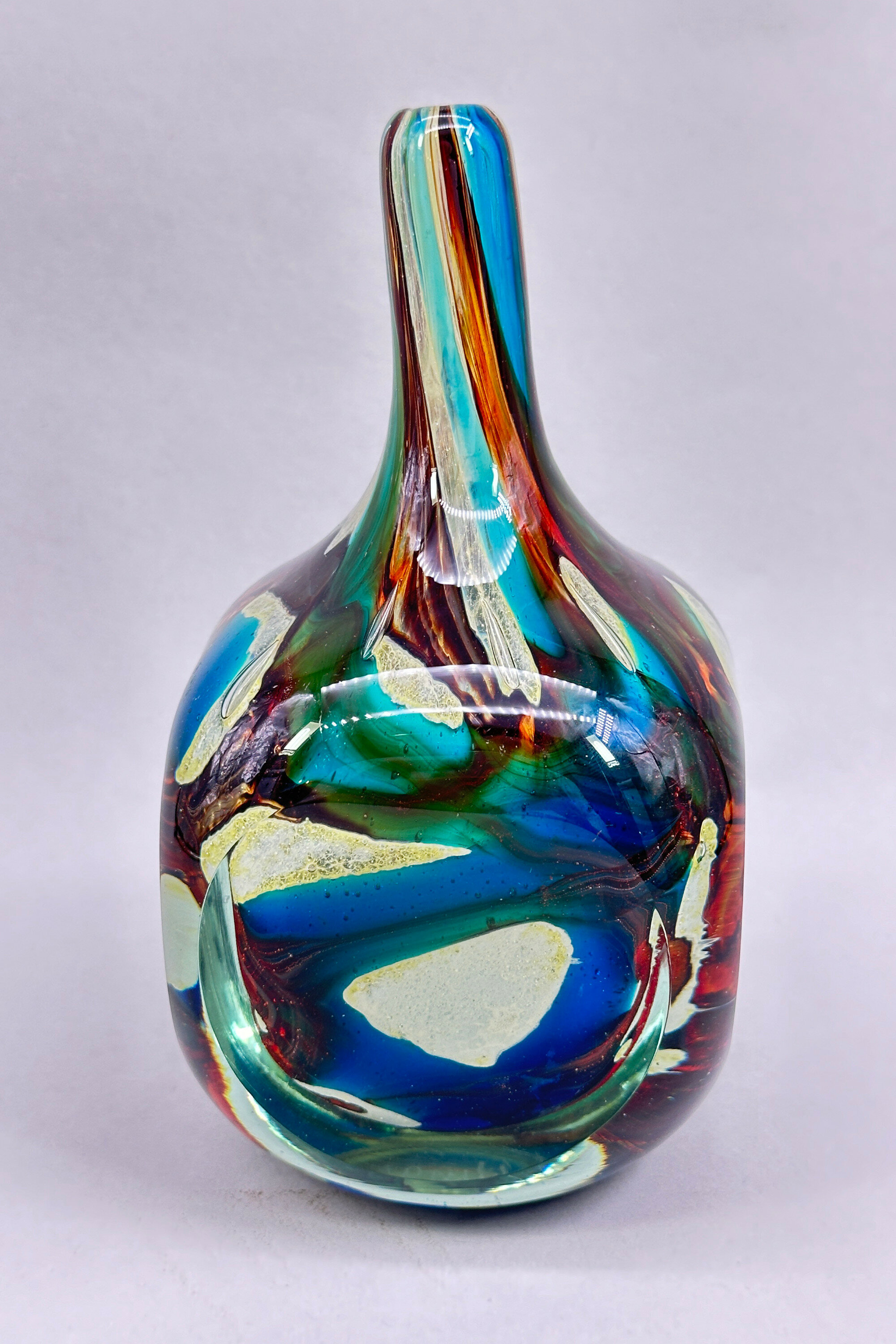
Mdina Art Glass vase, signed and numbered 1979, late C20th
Price: £95